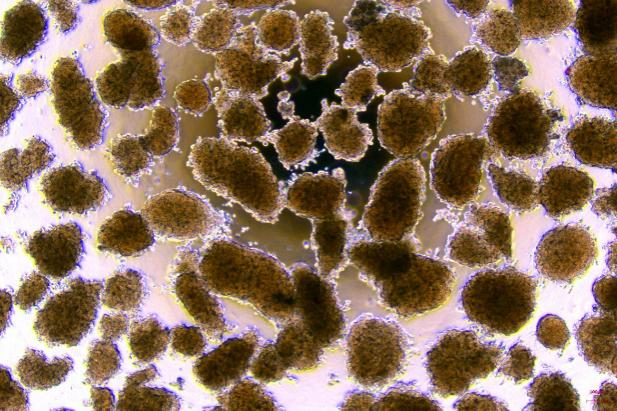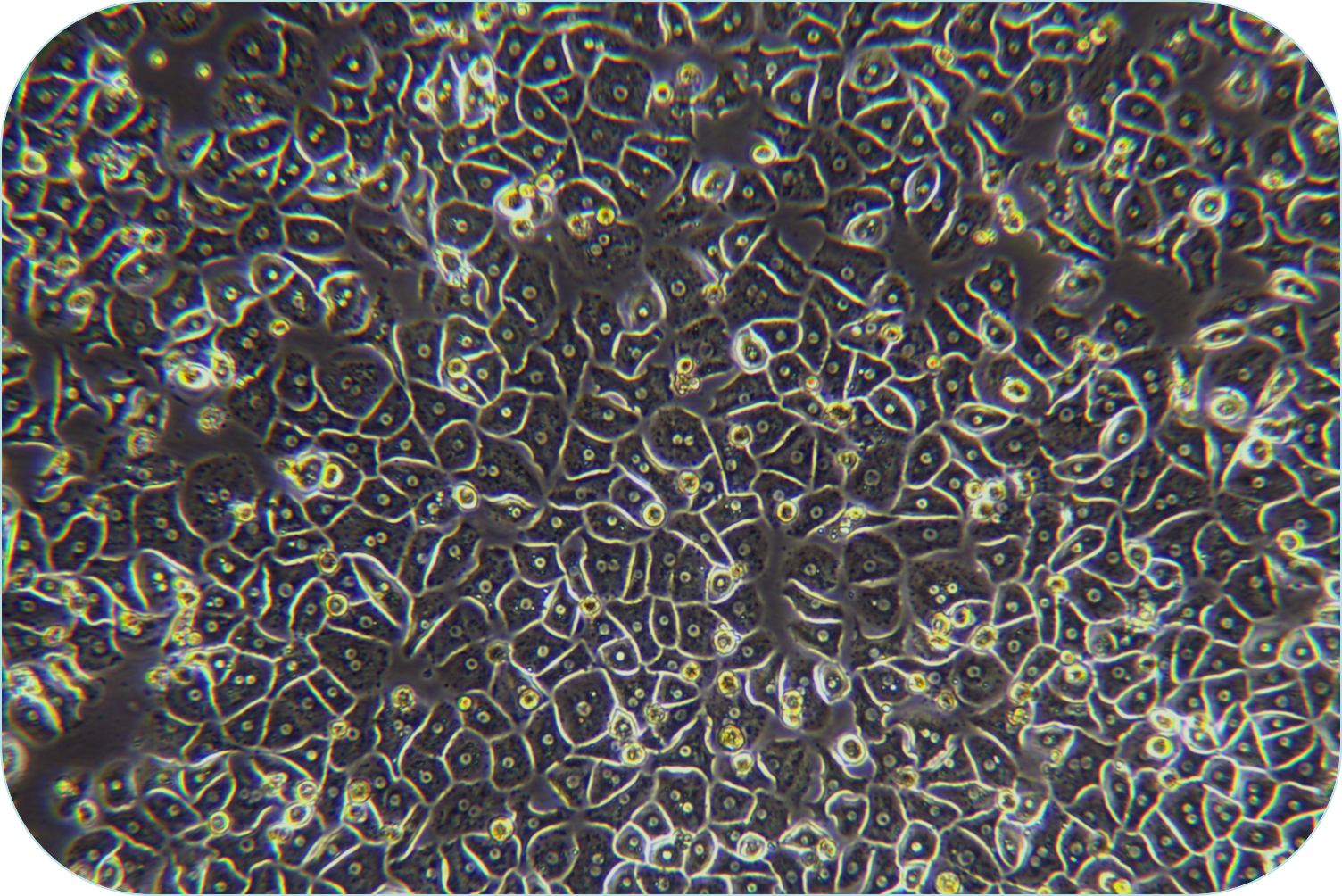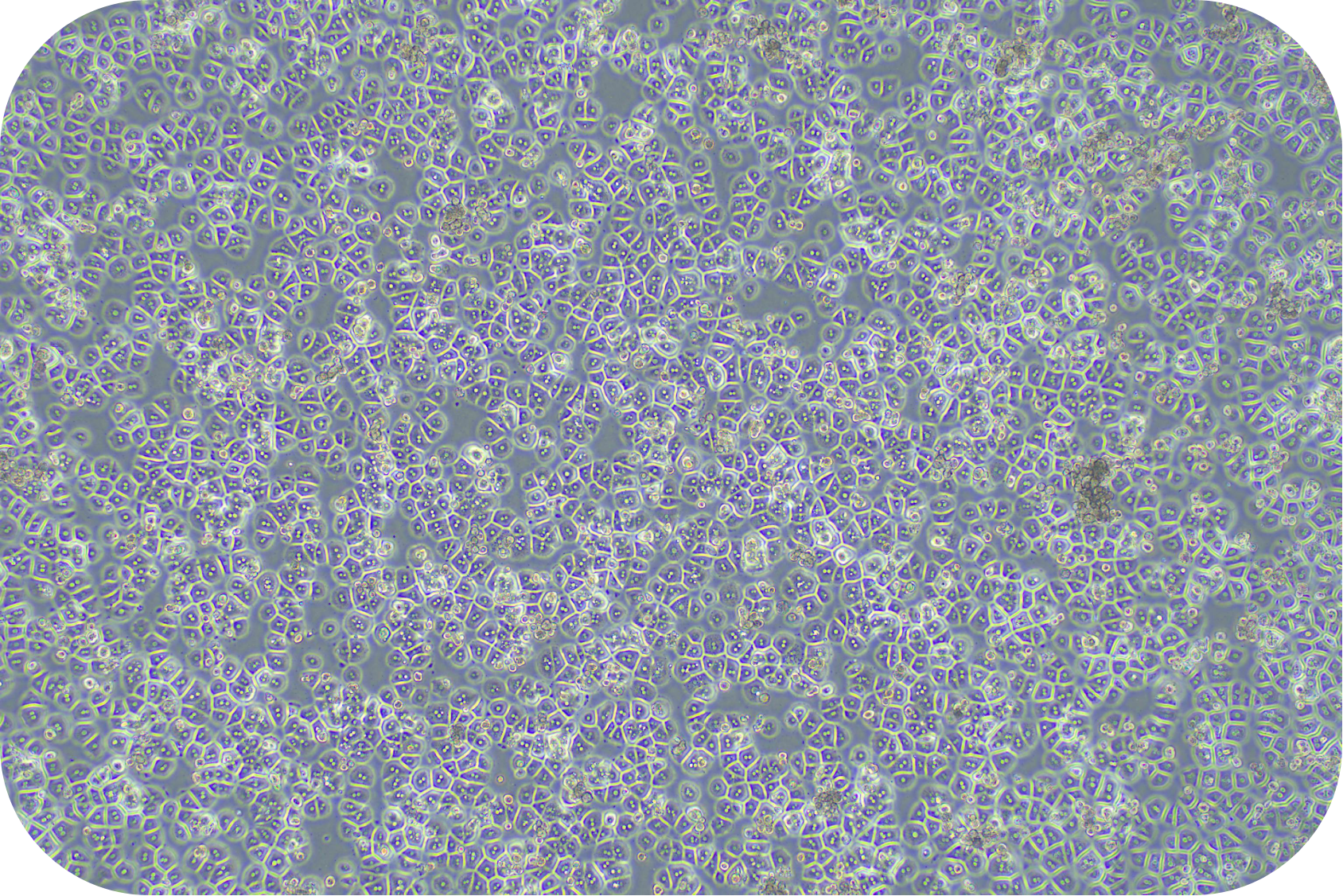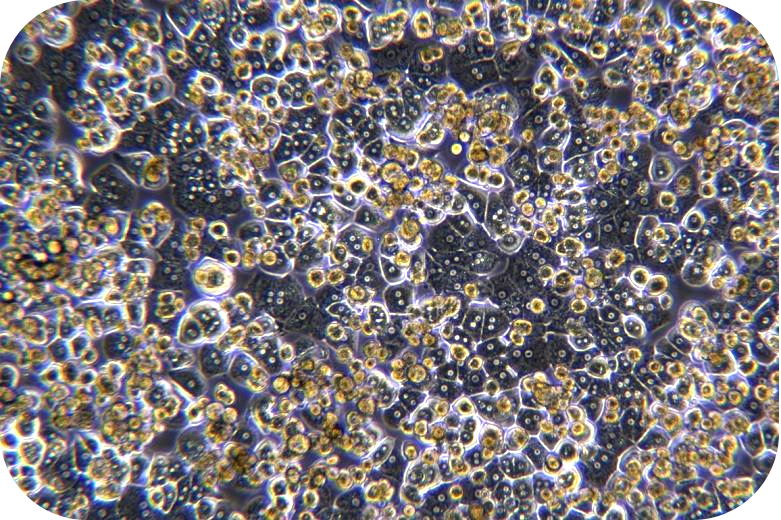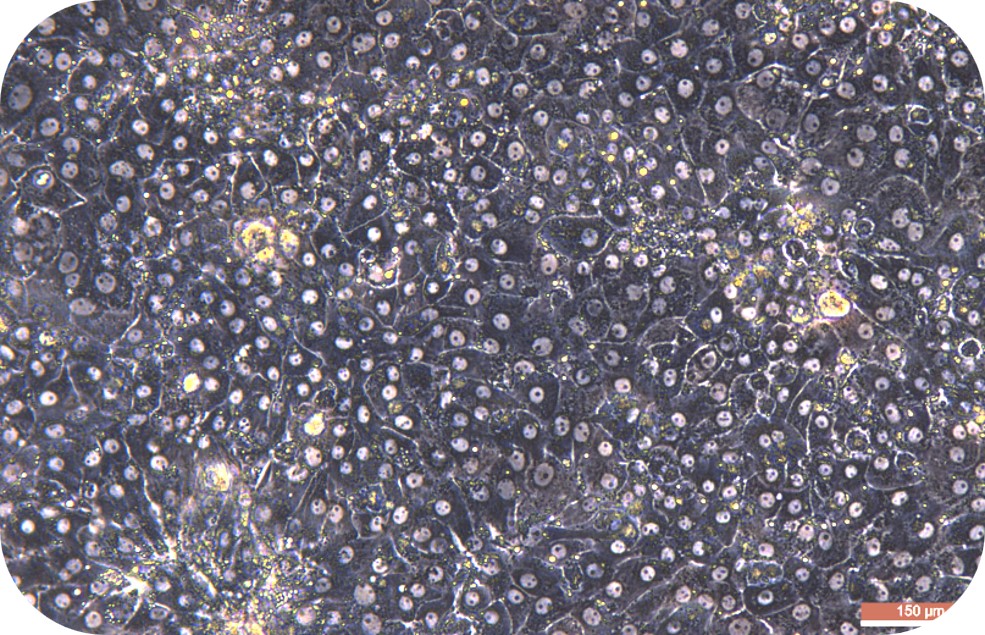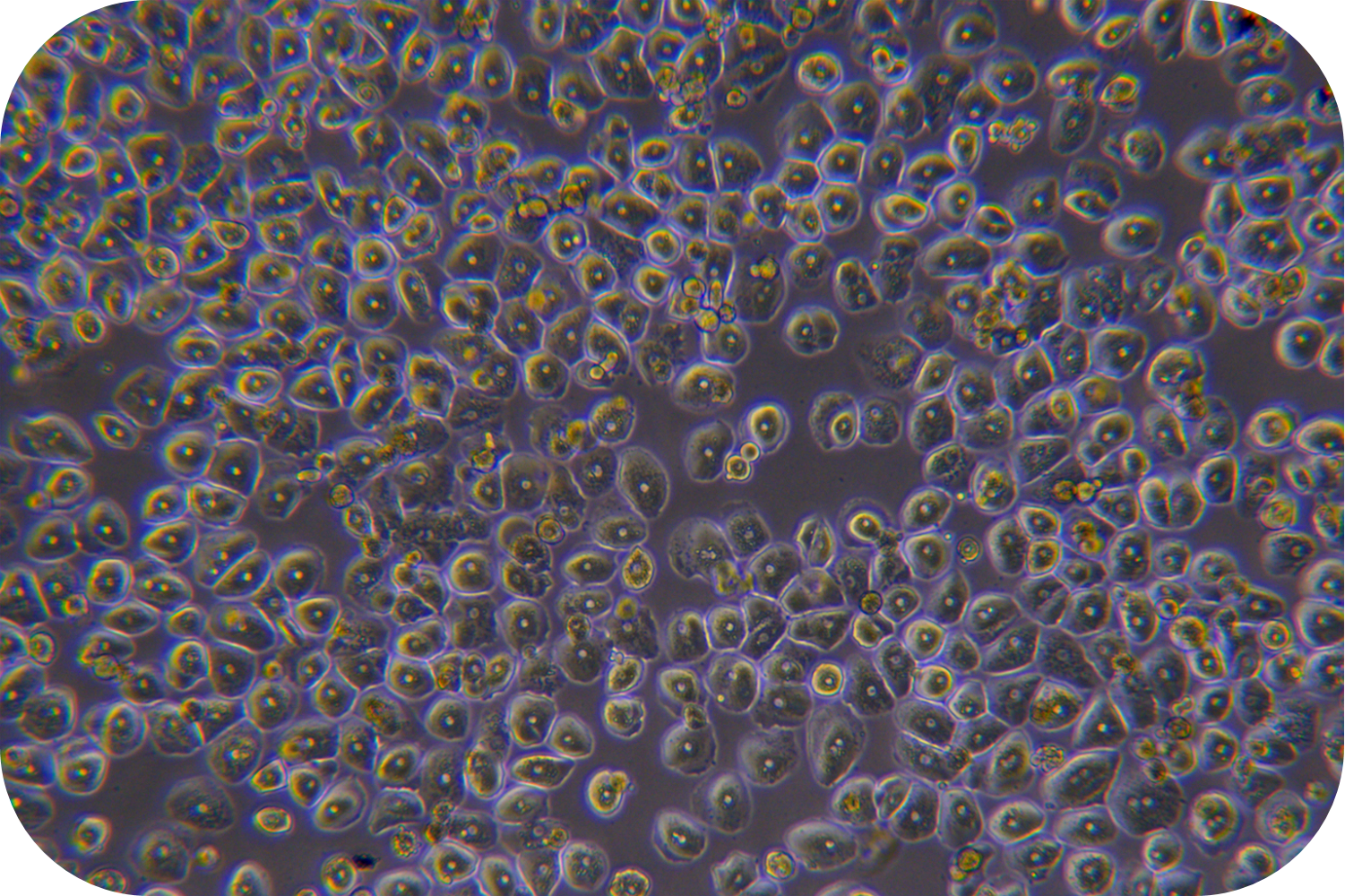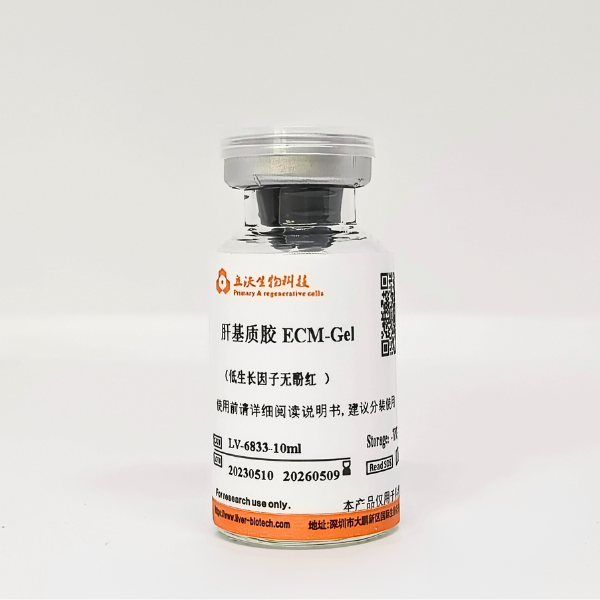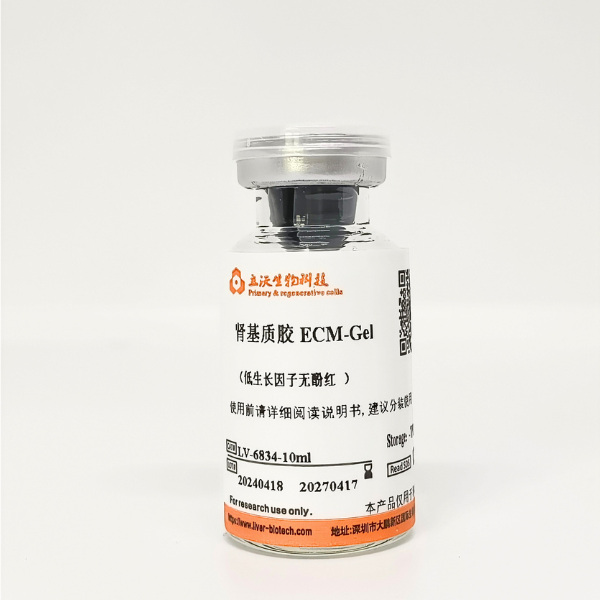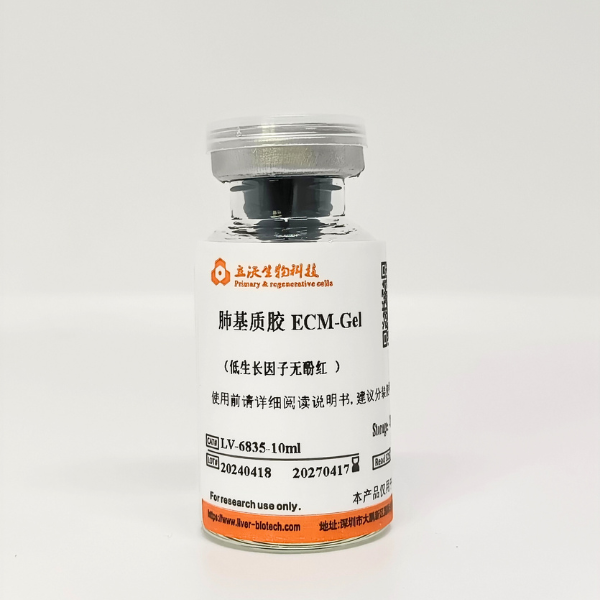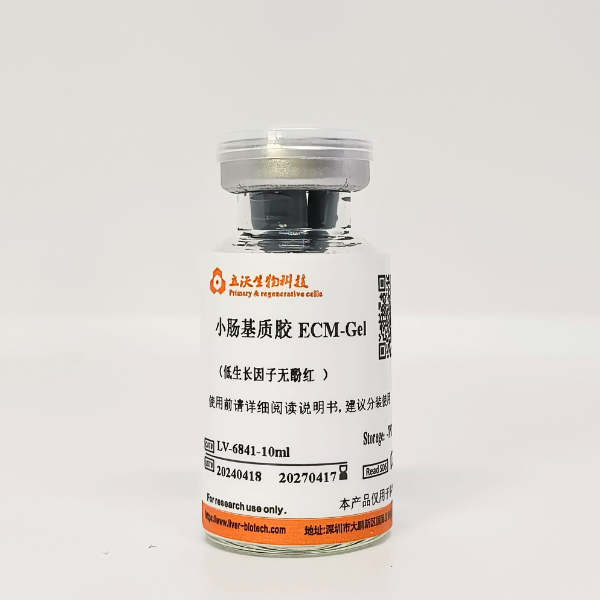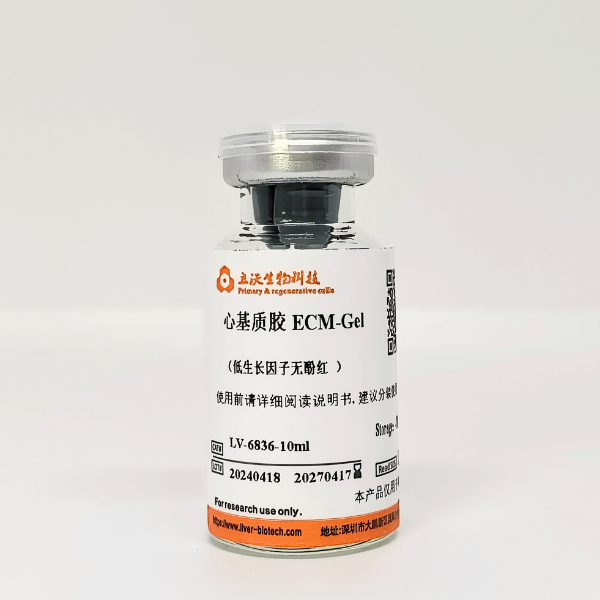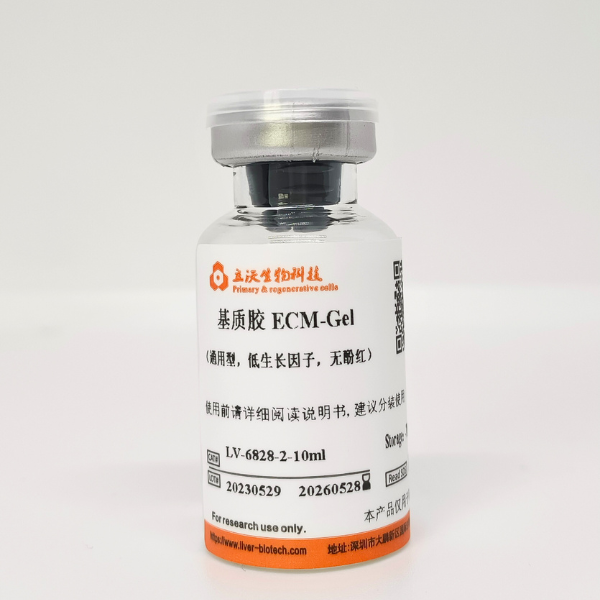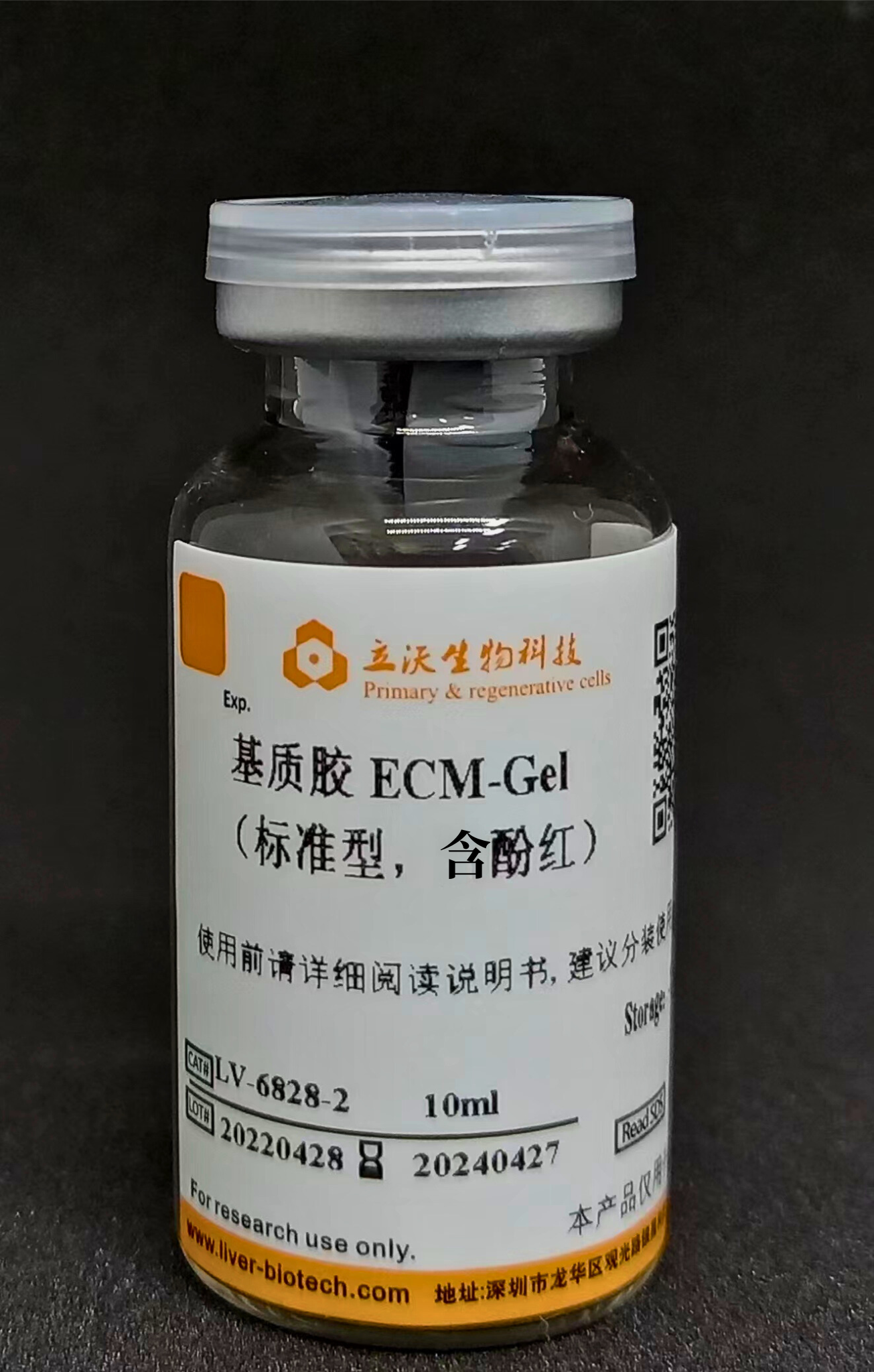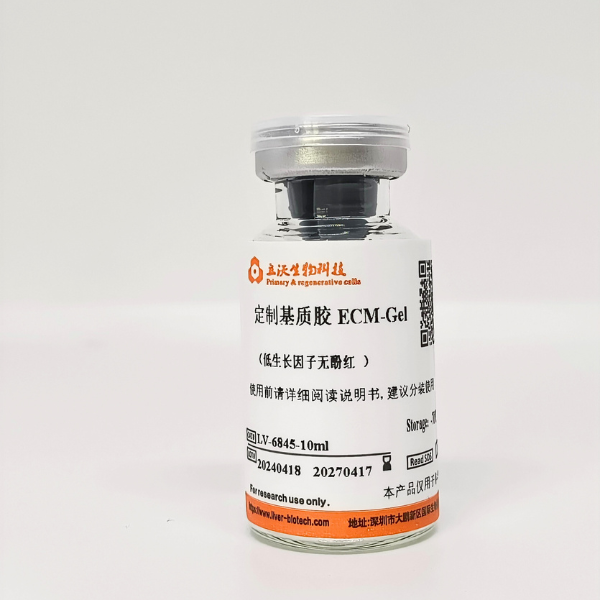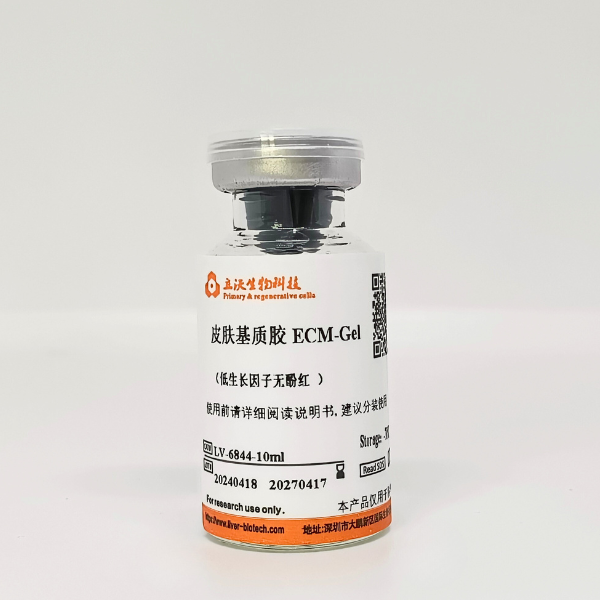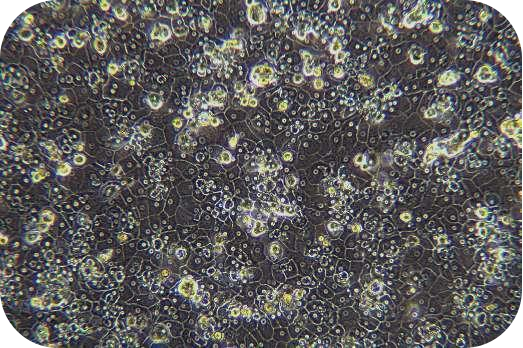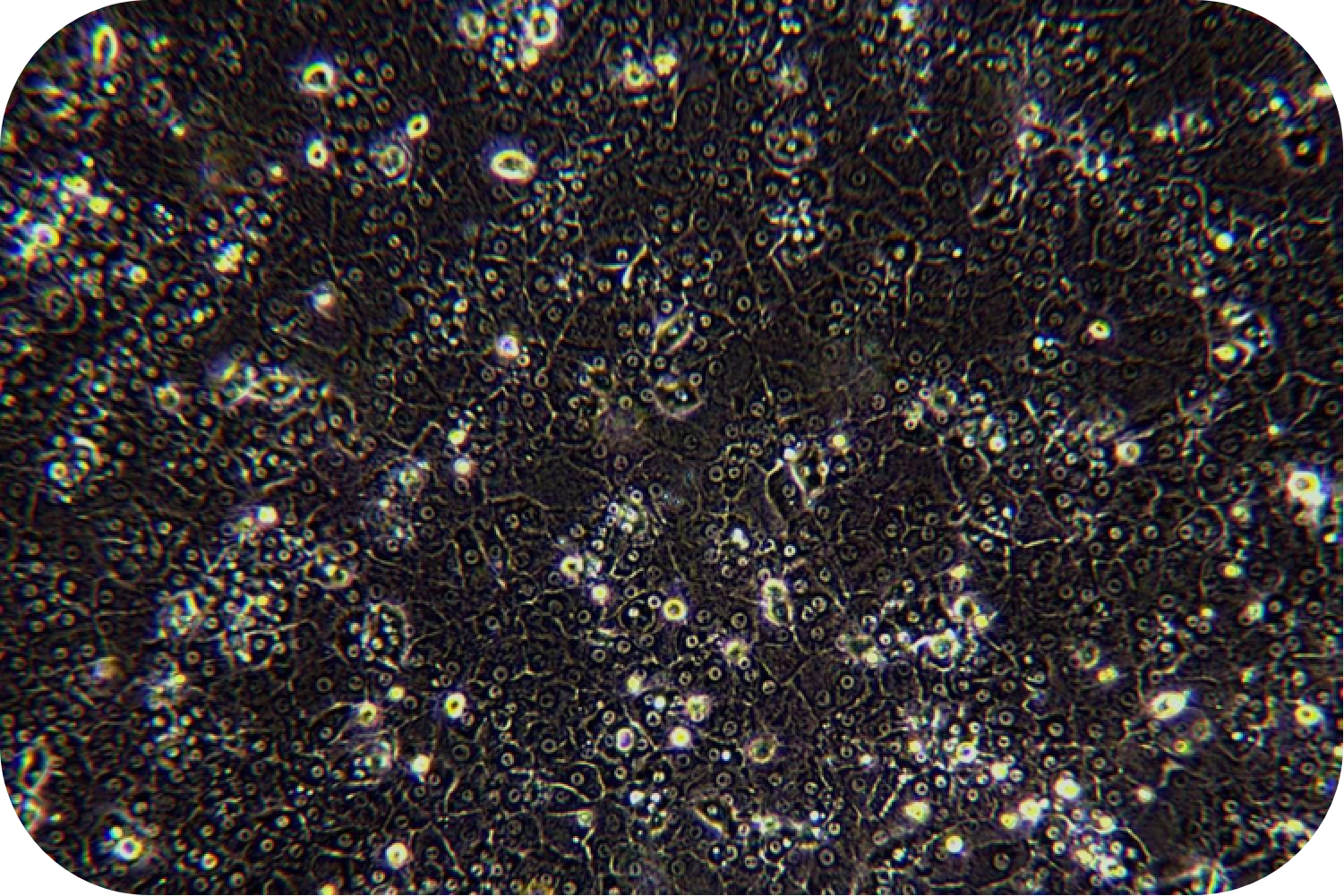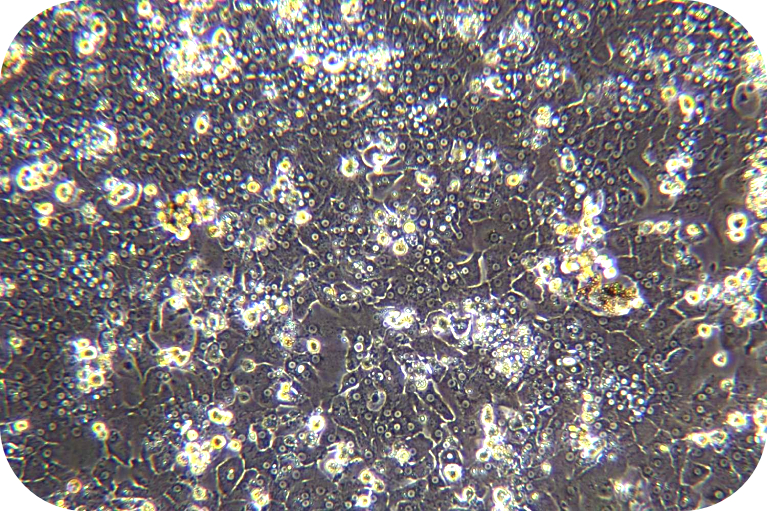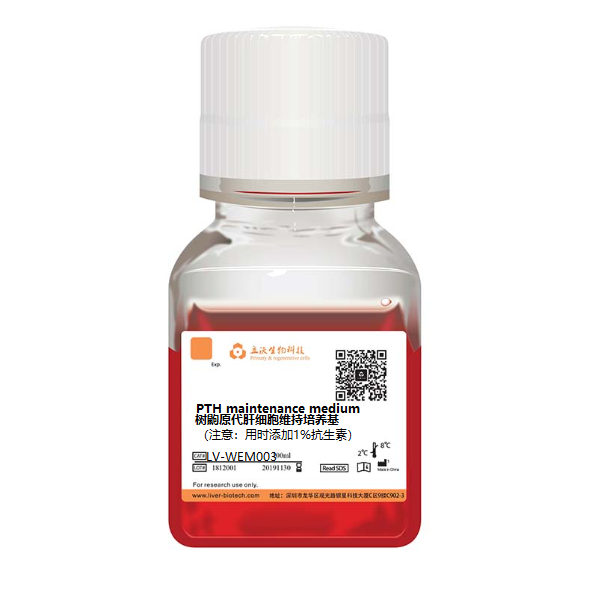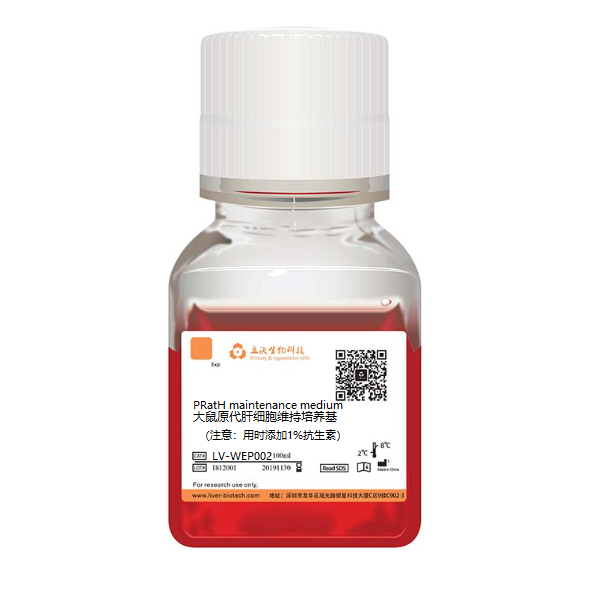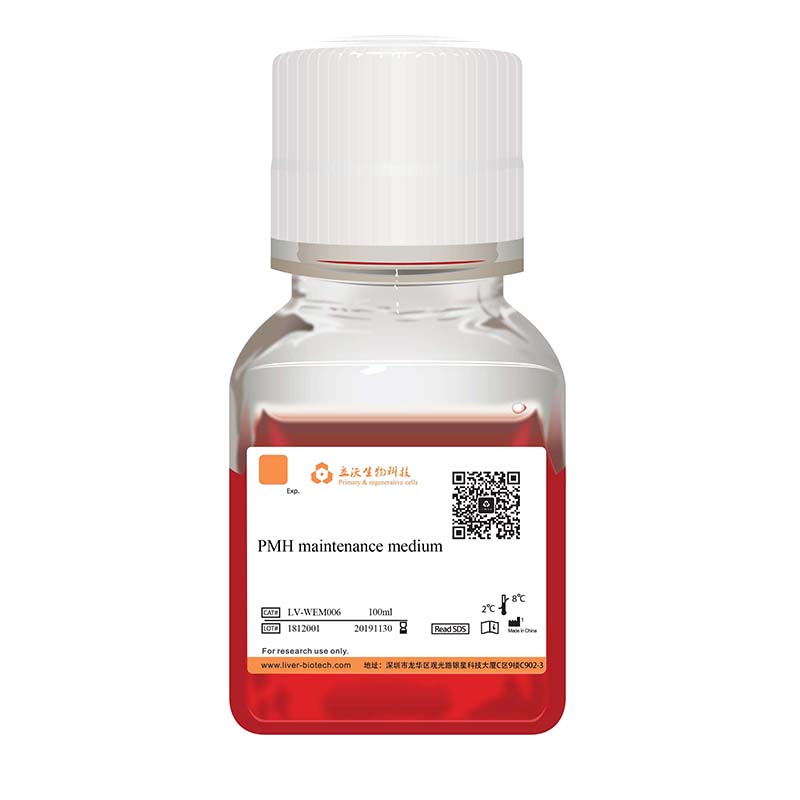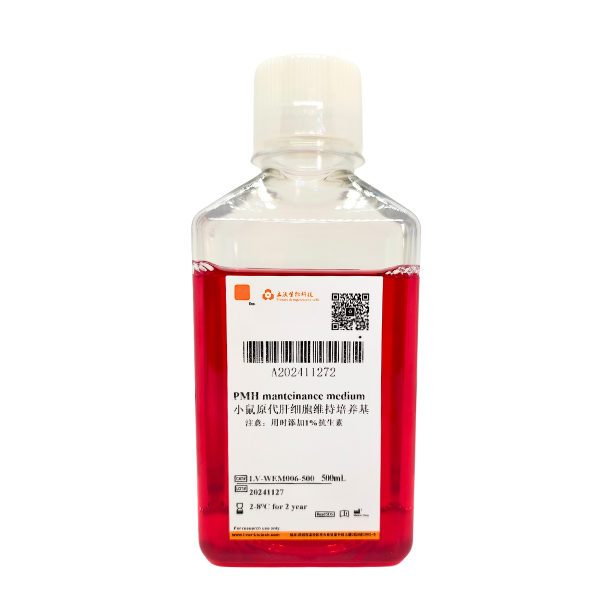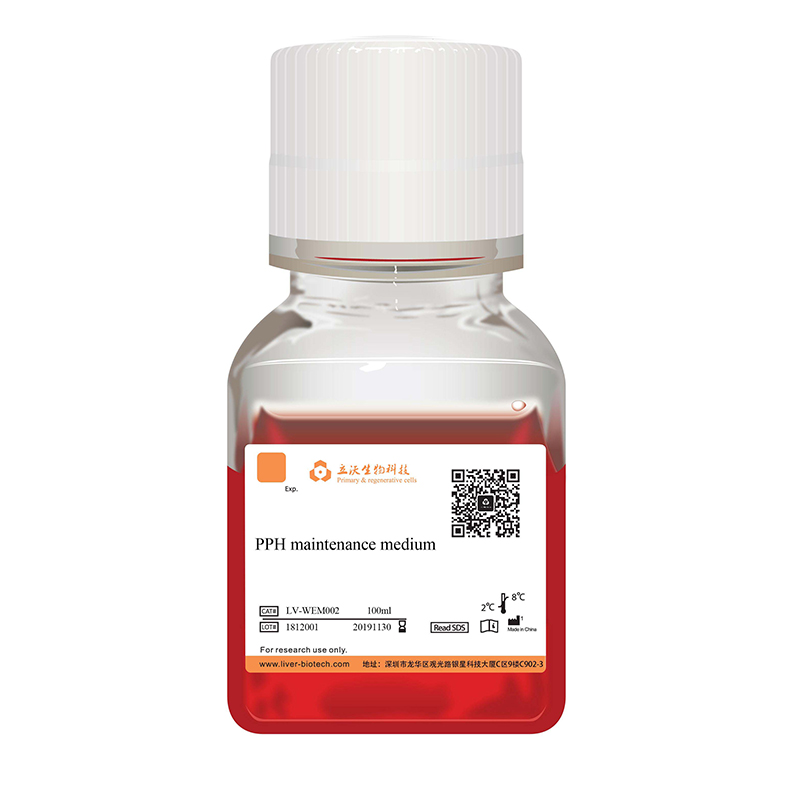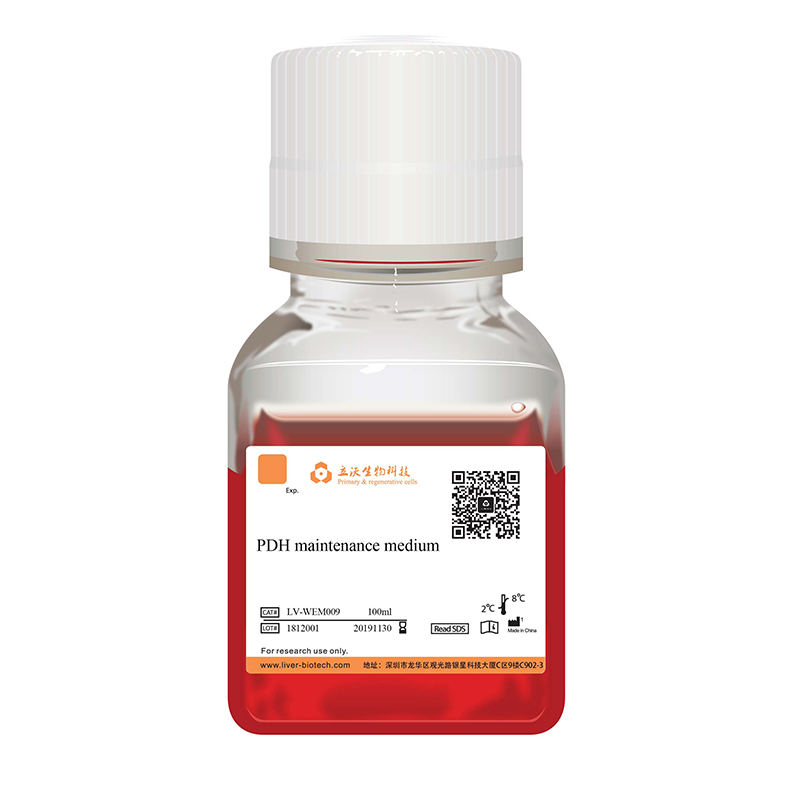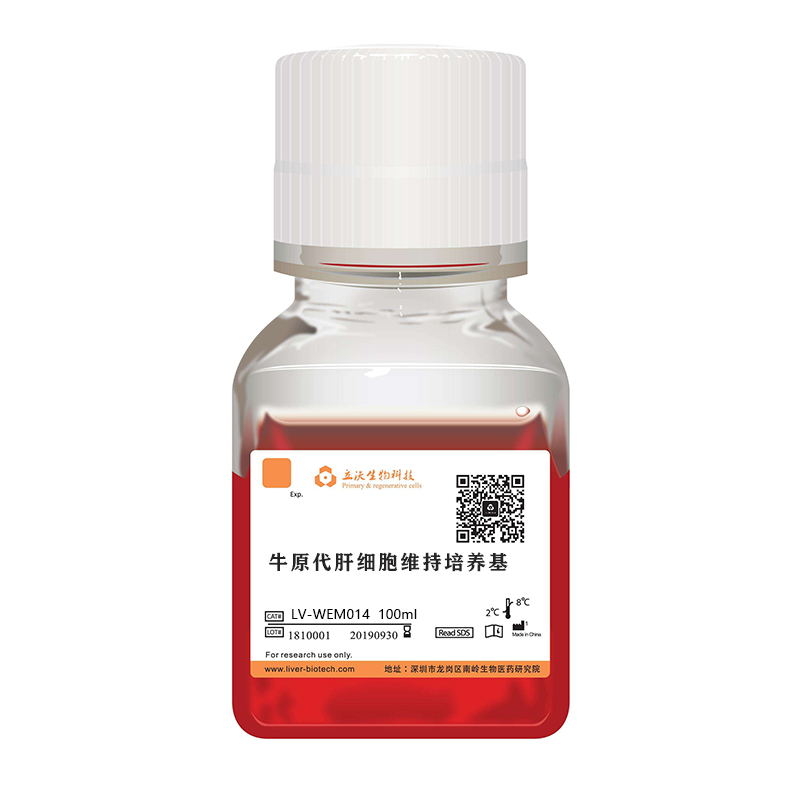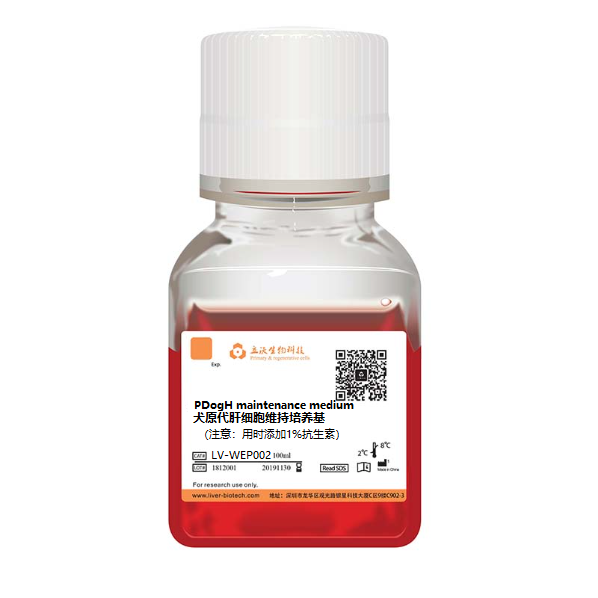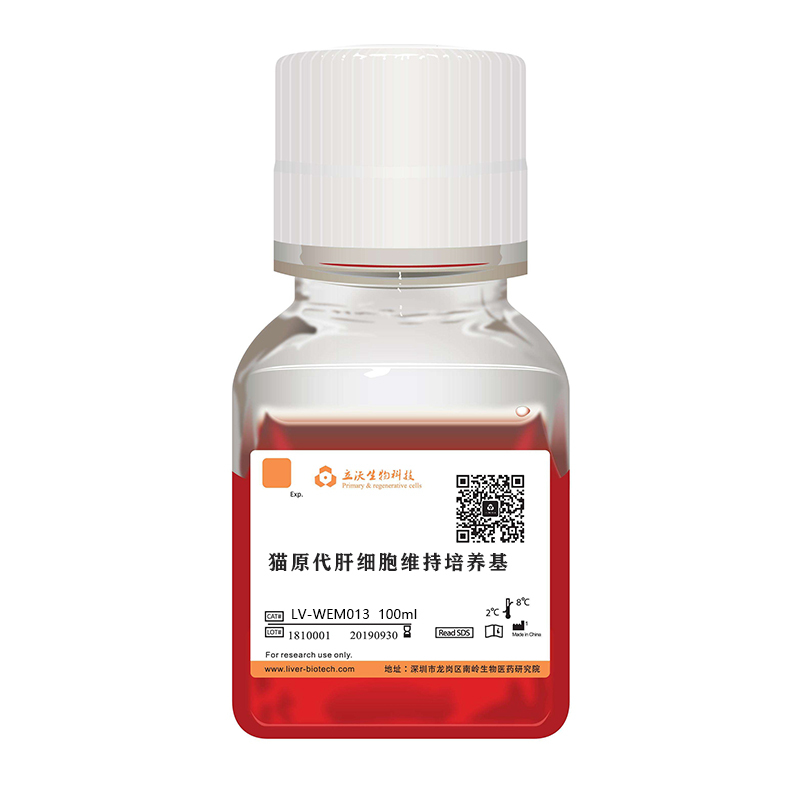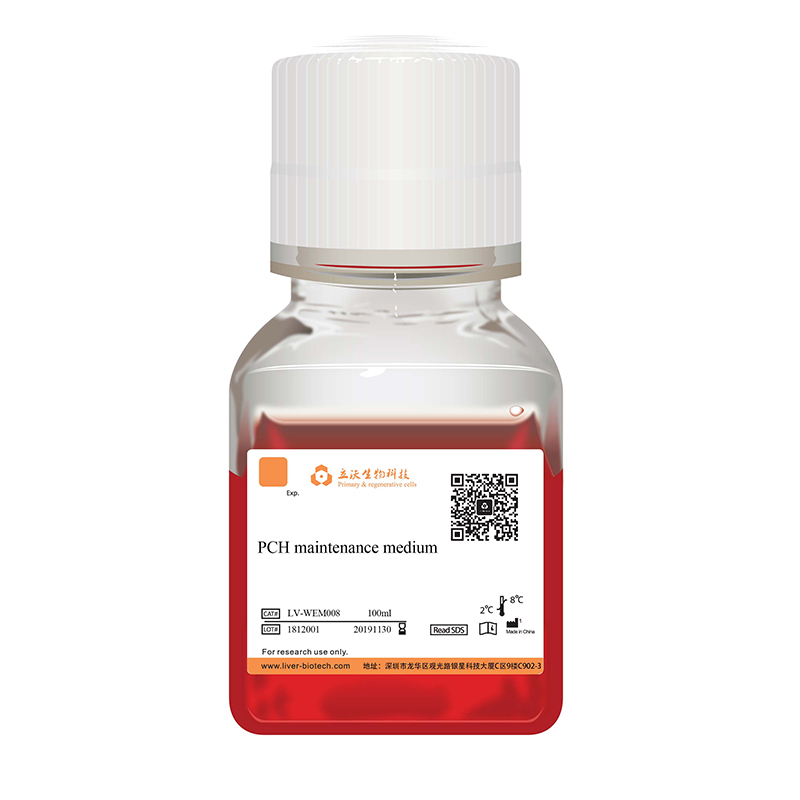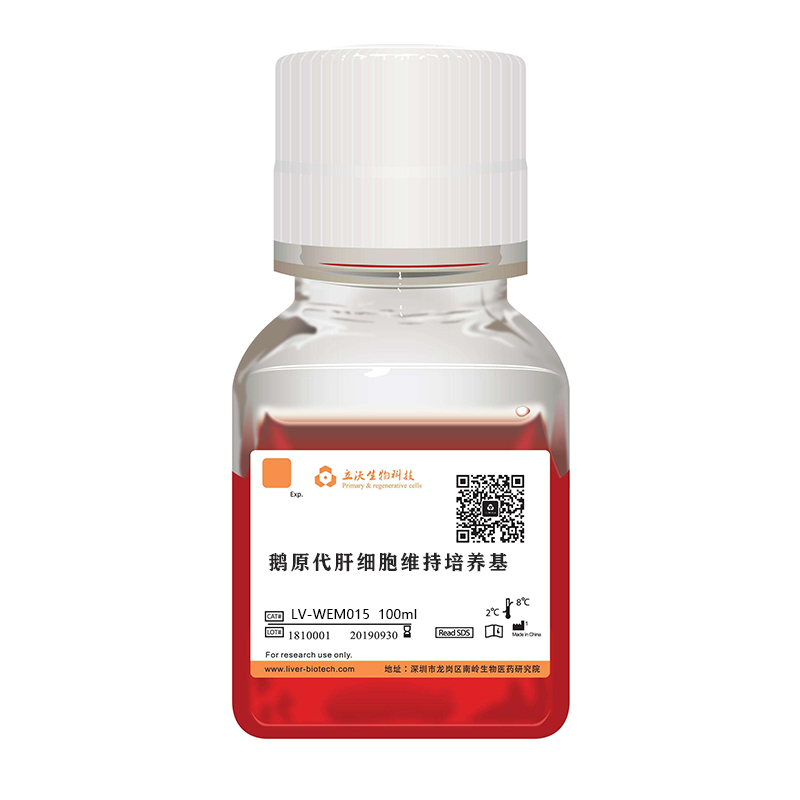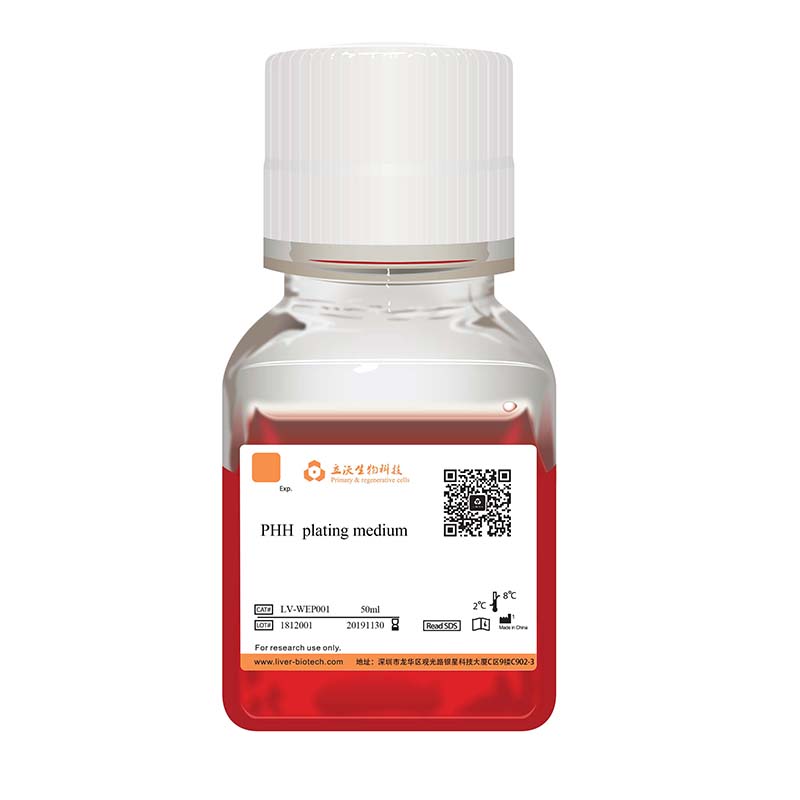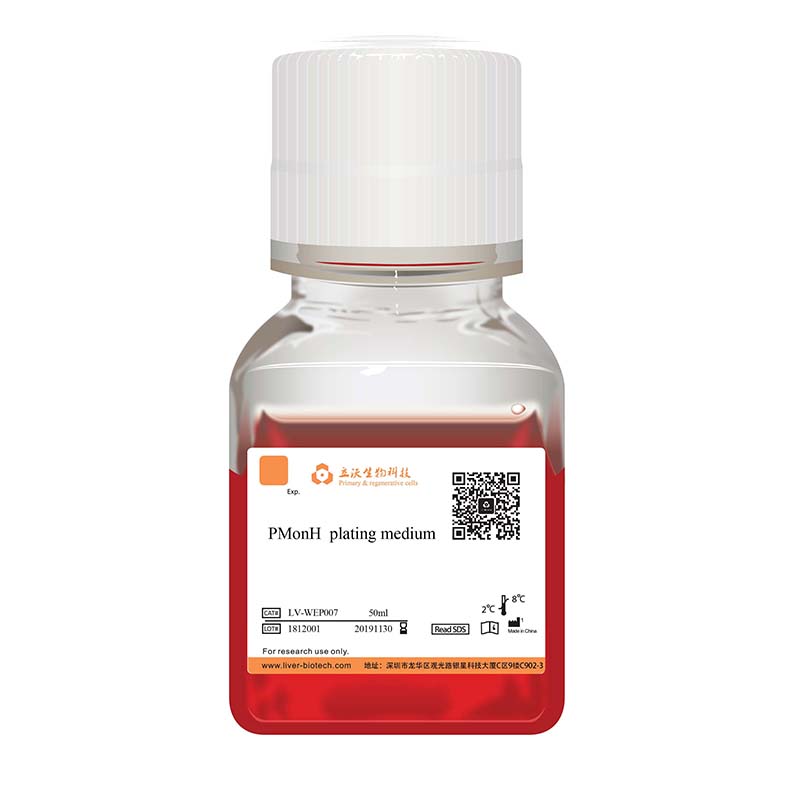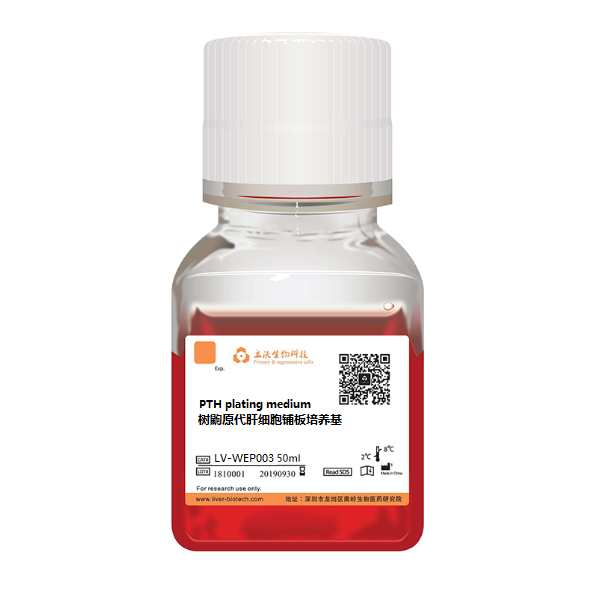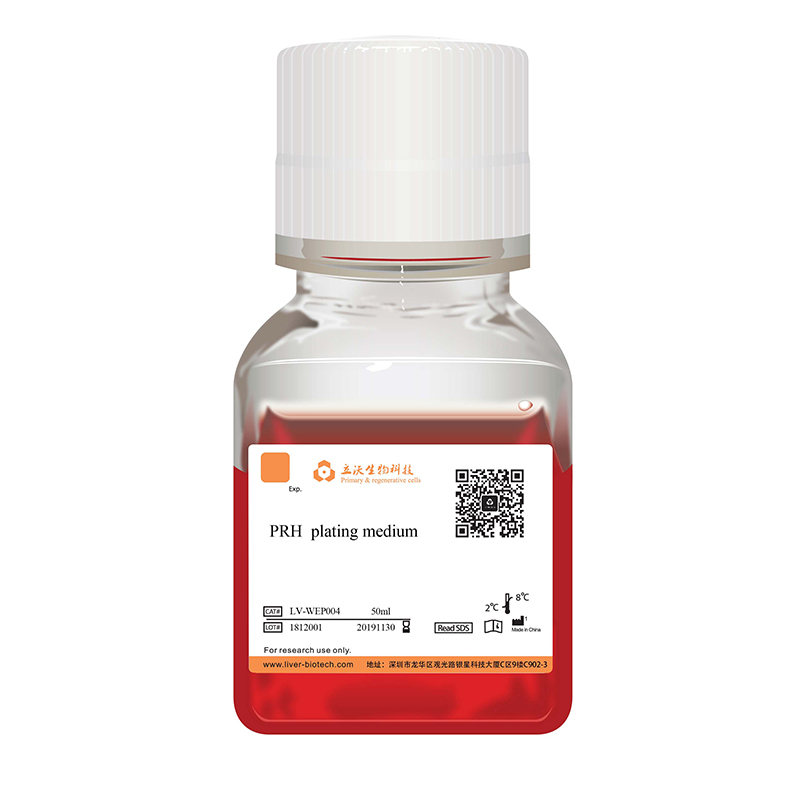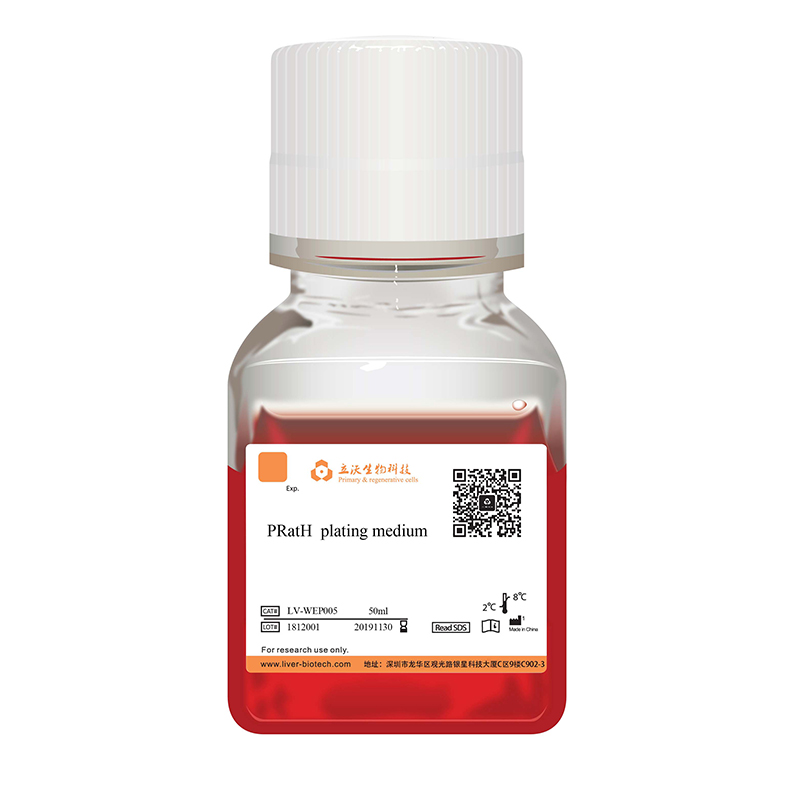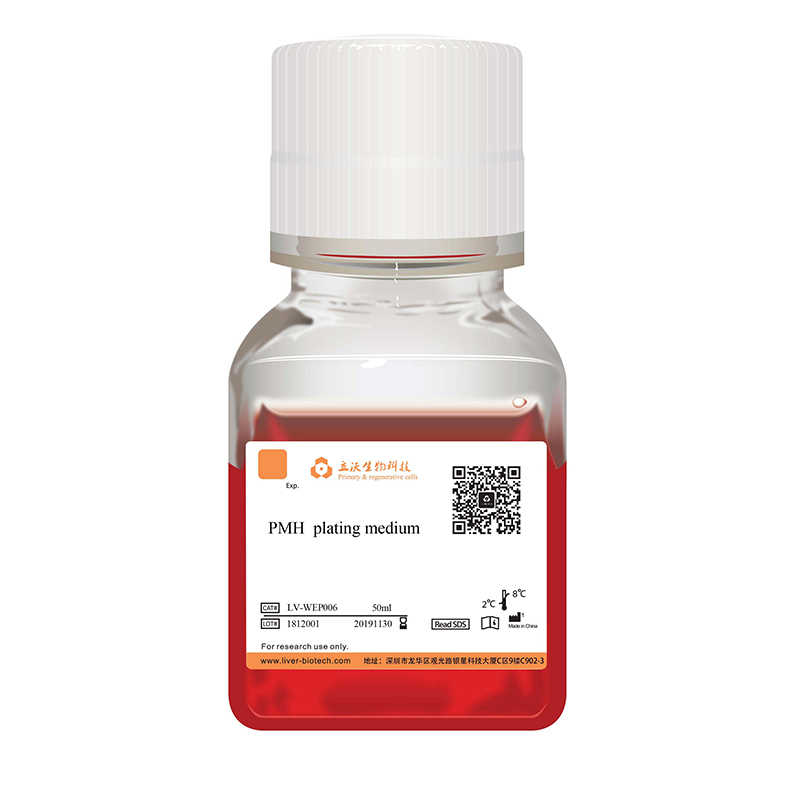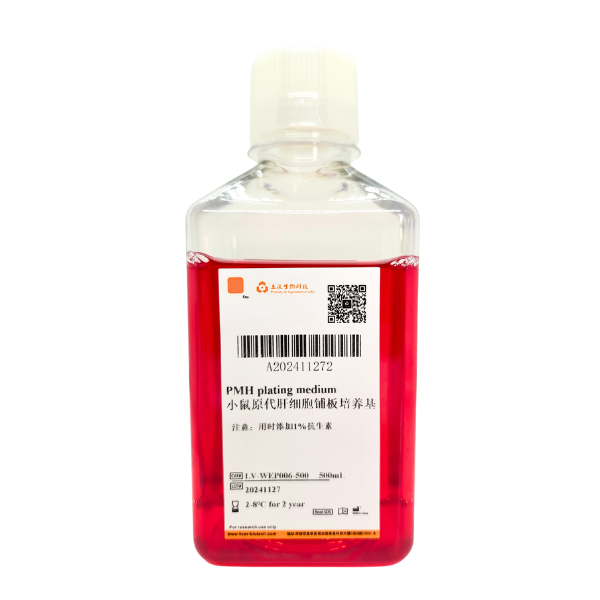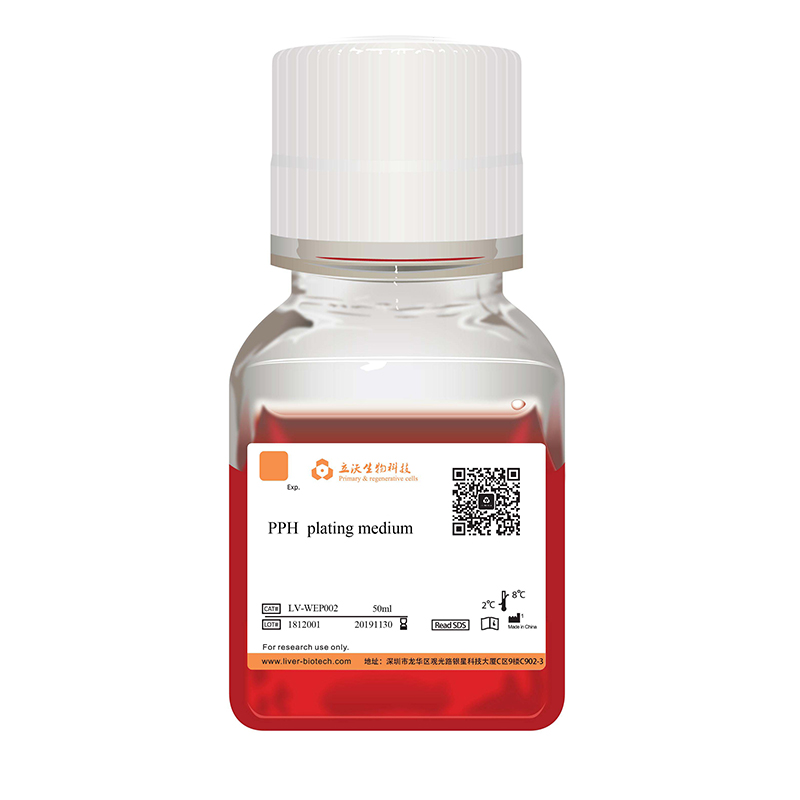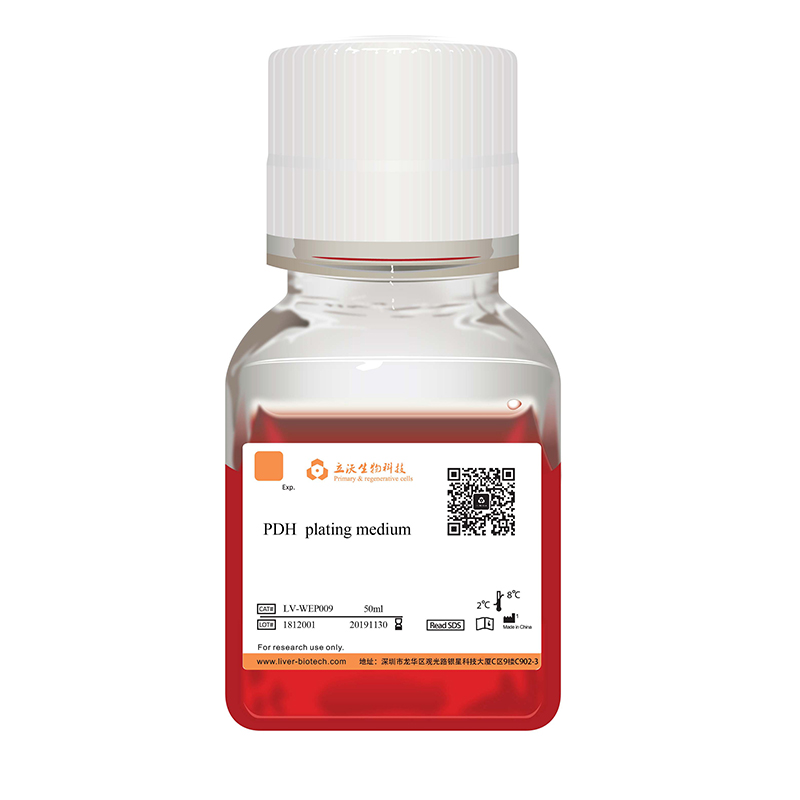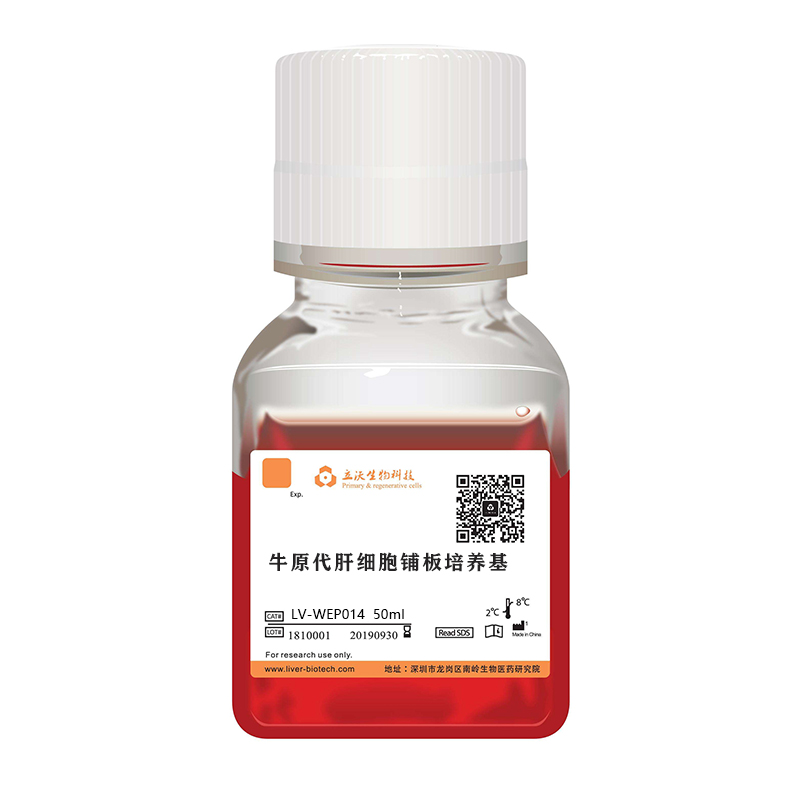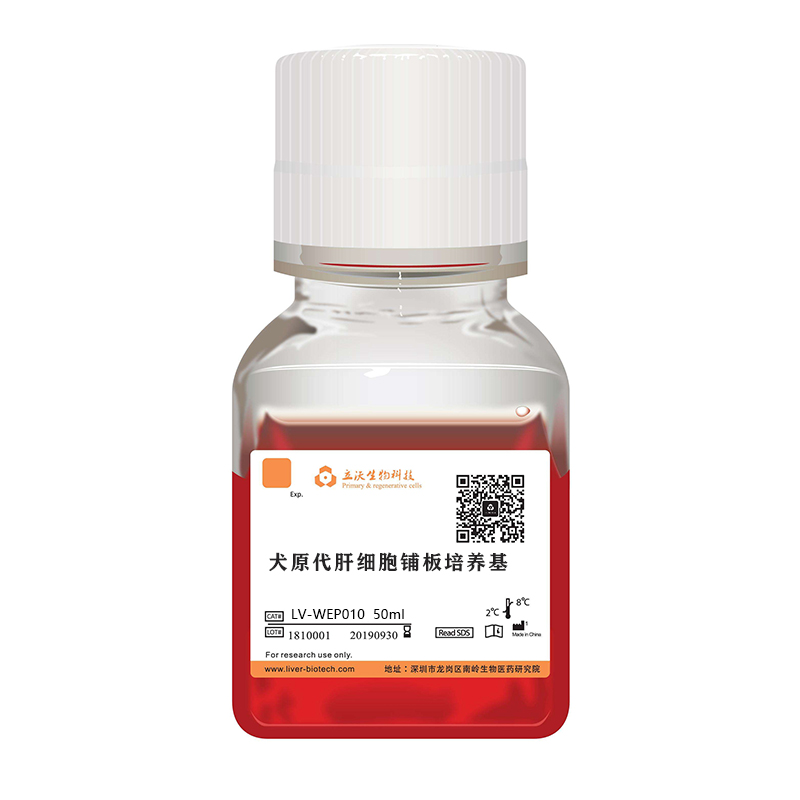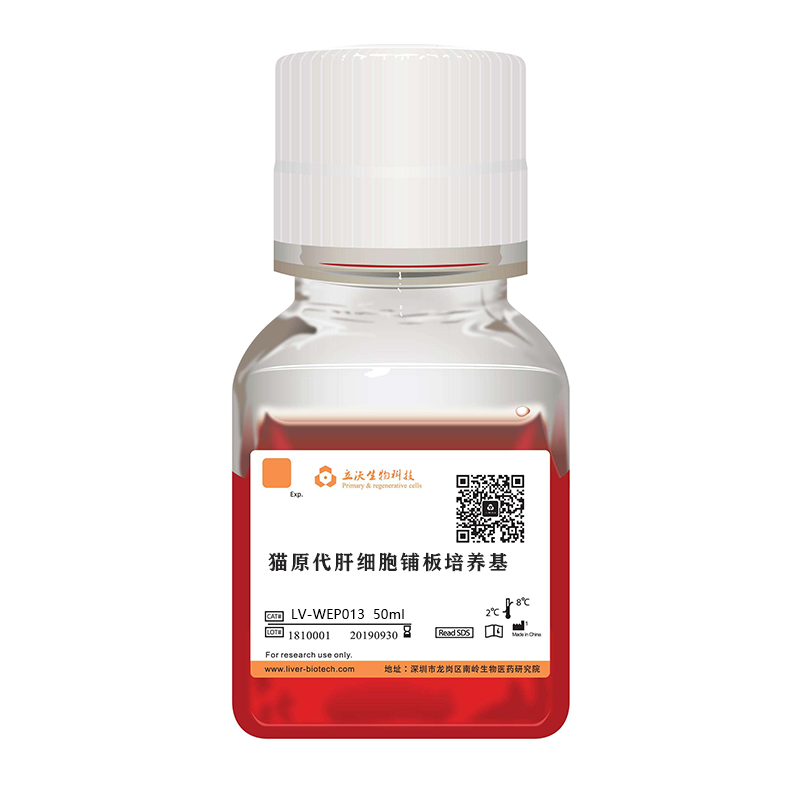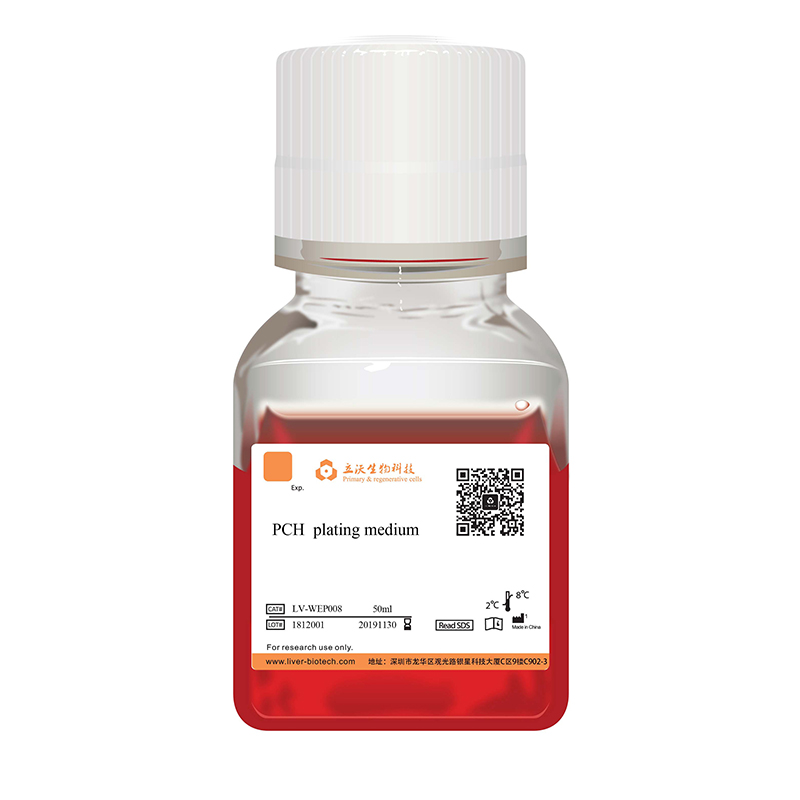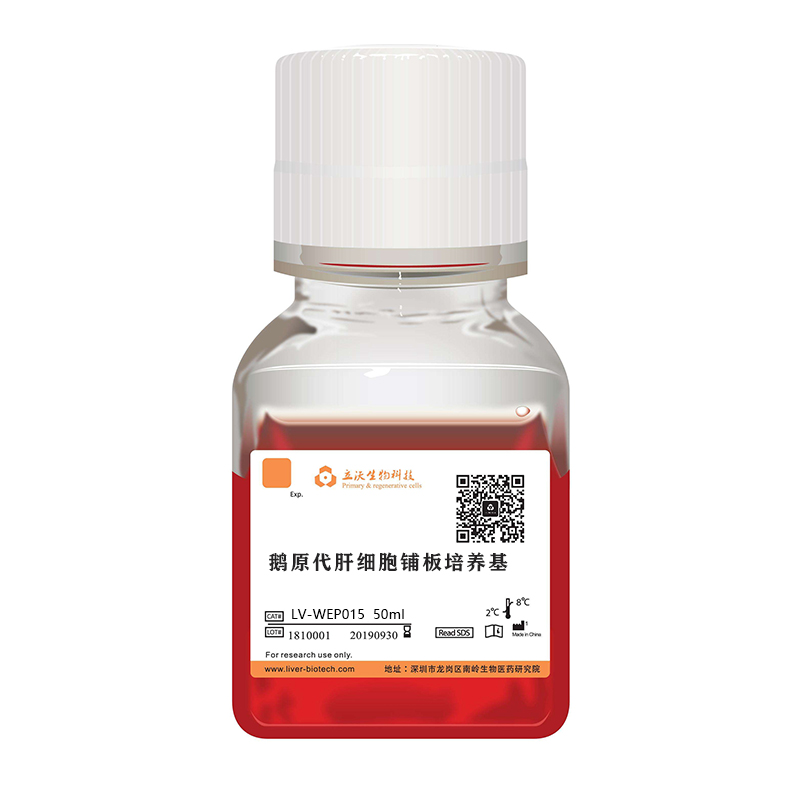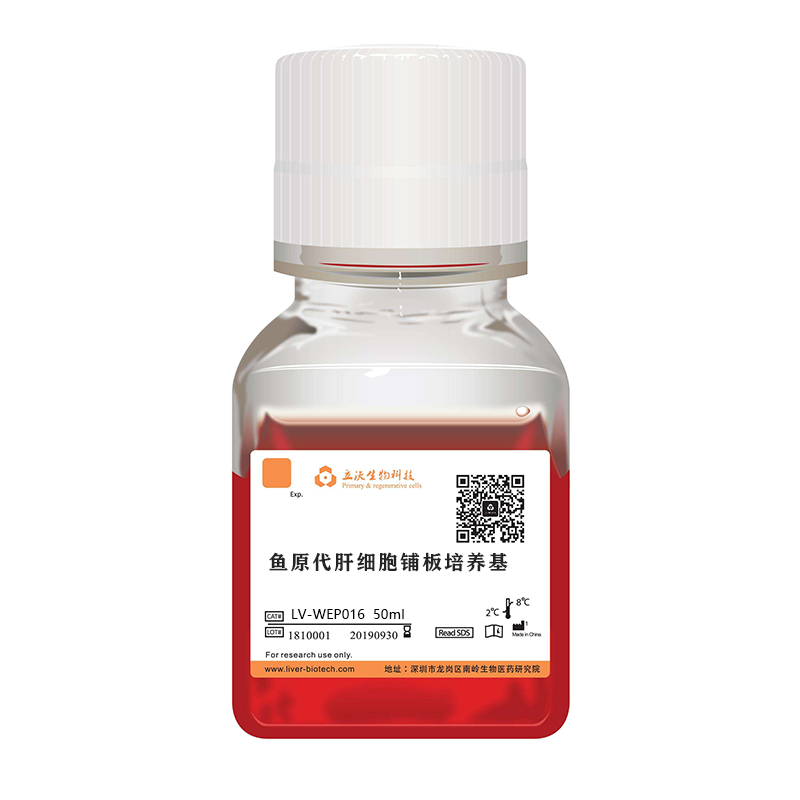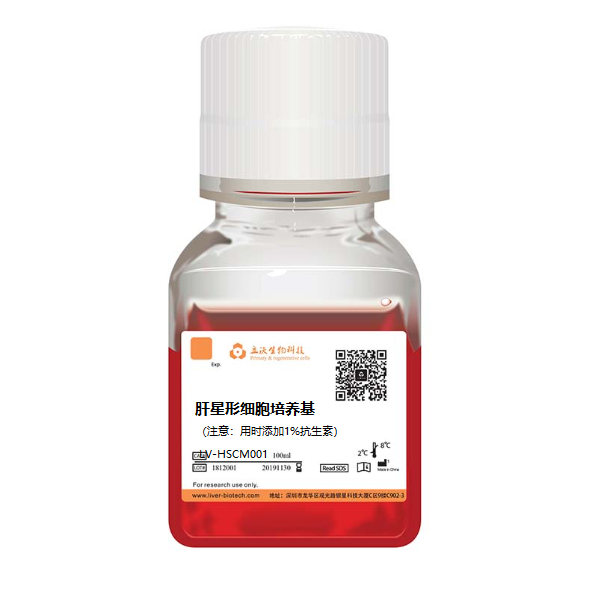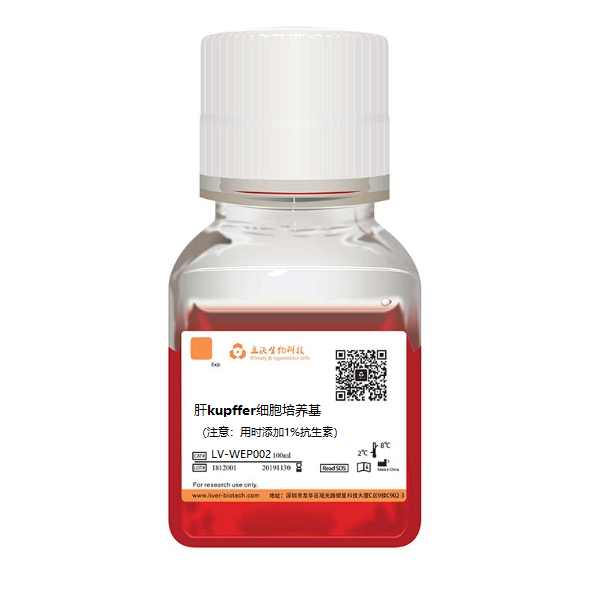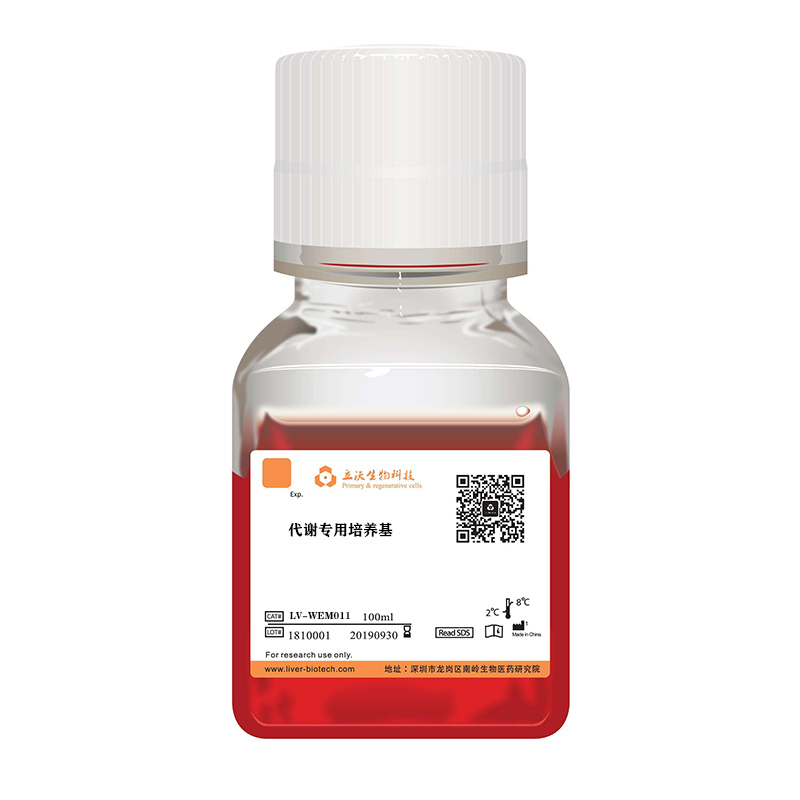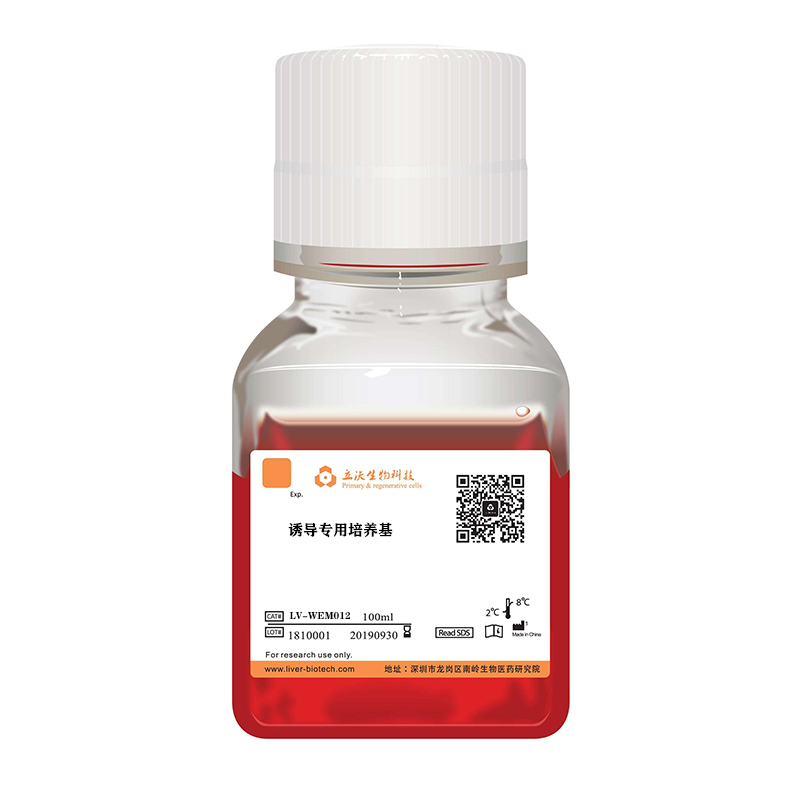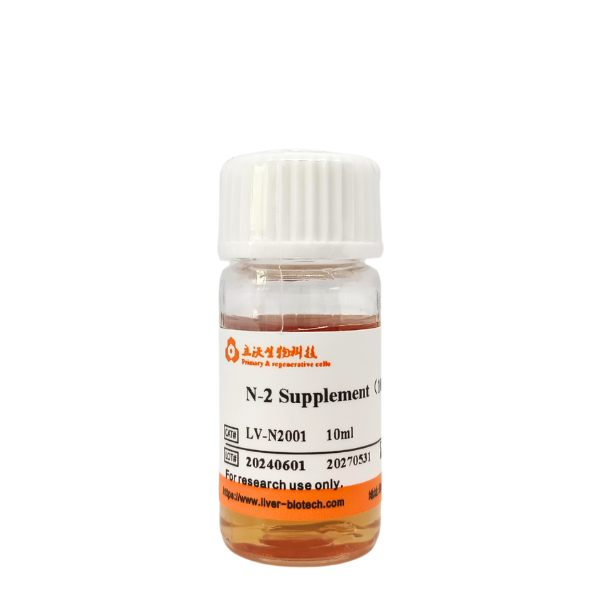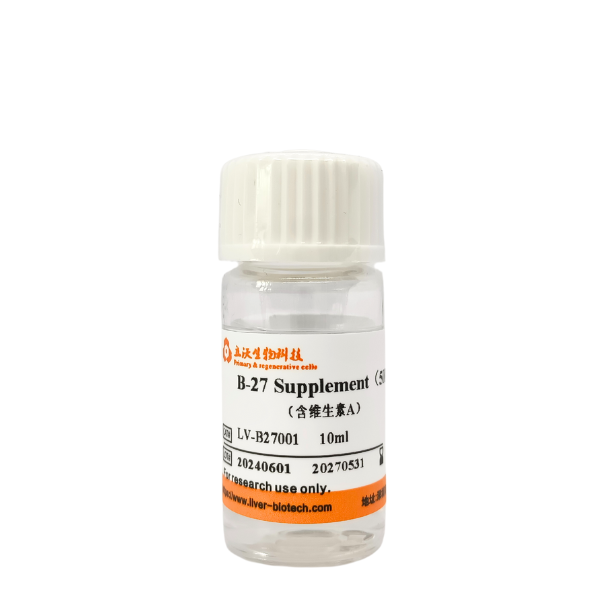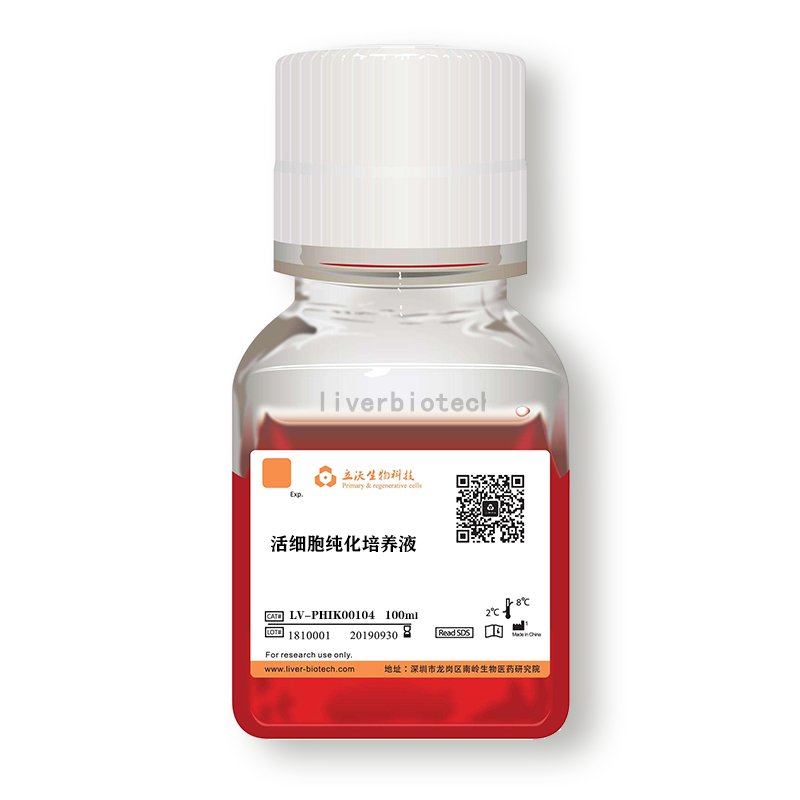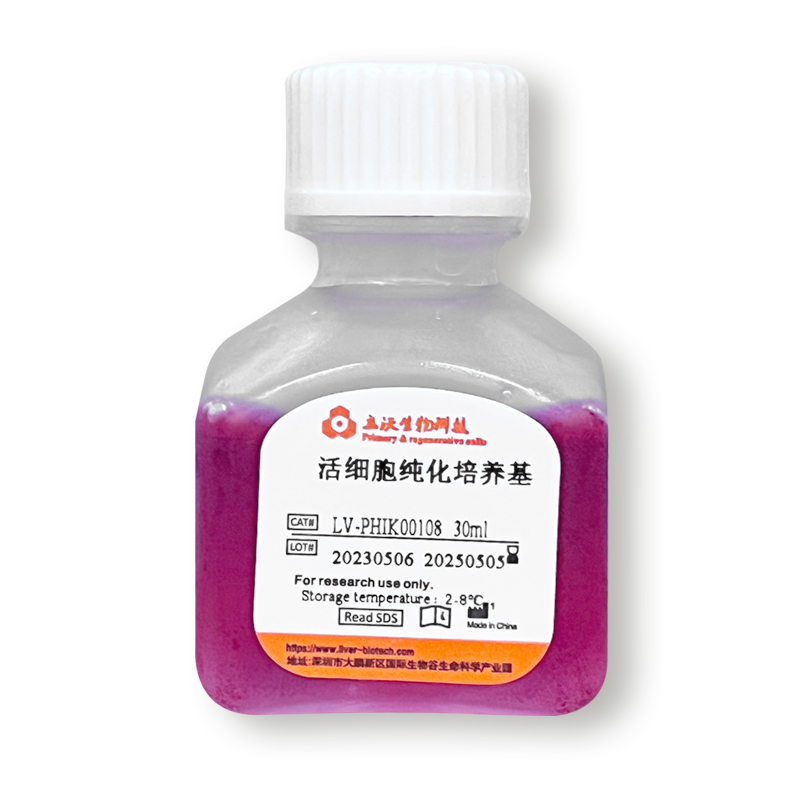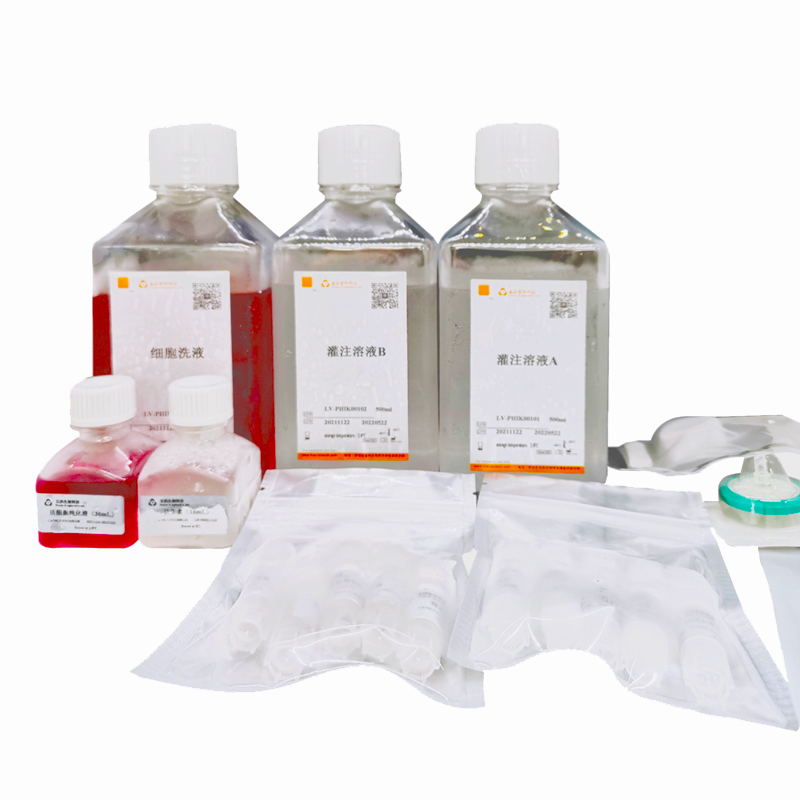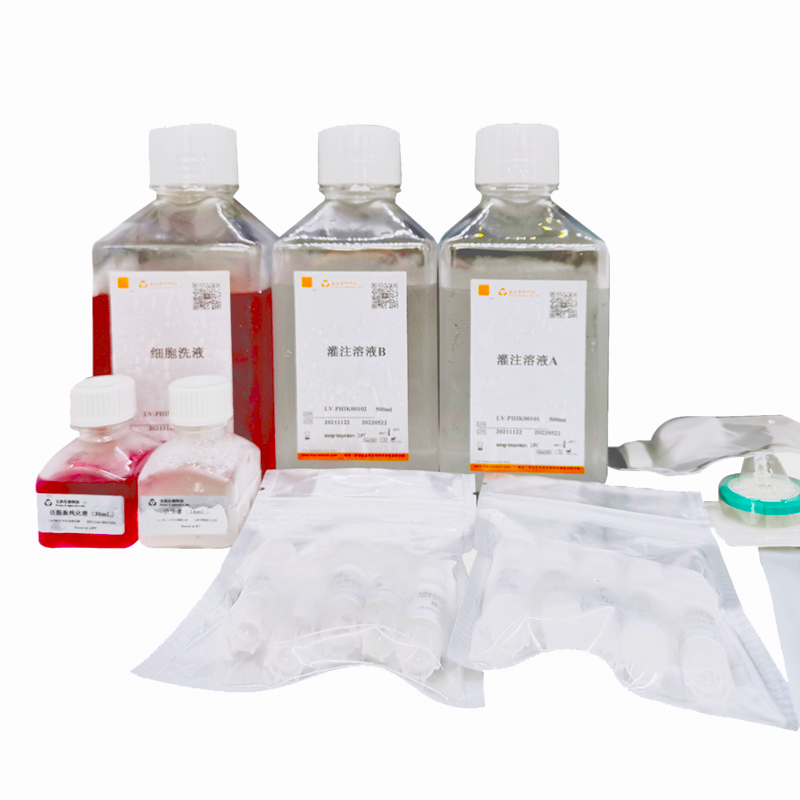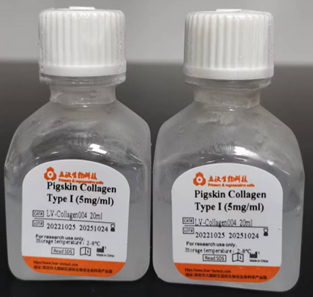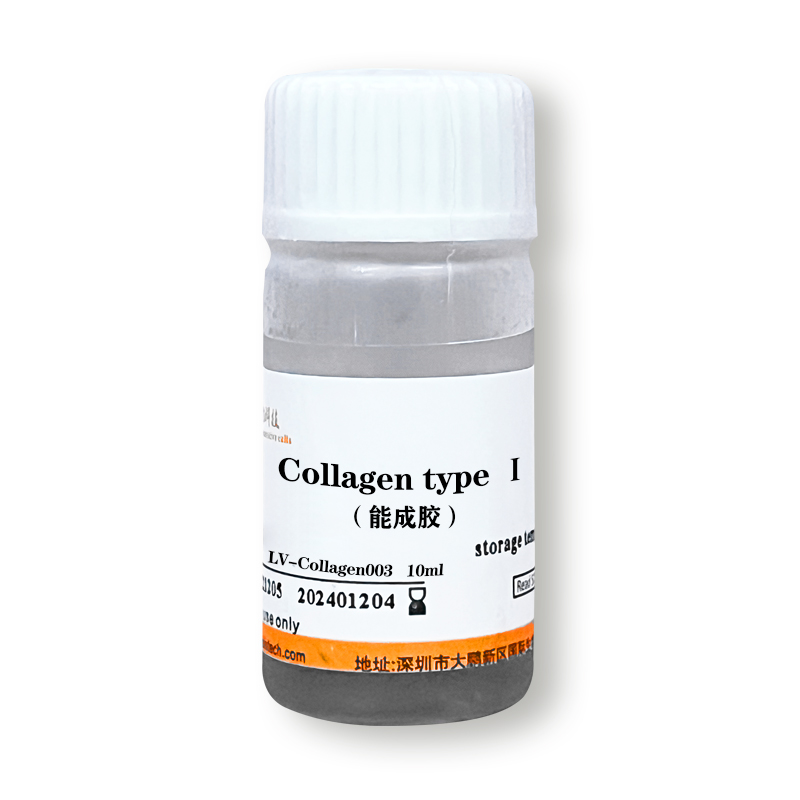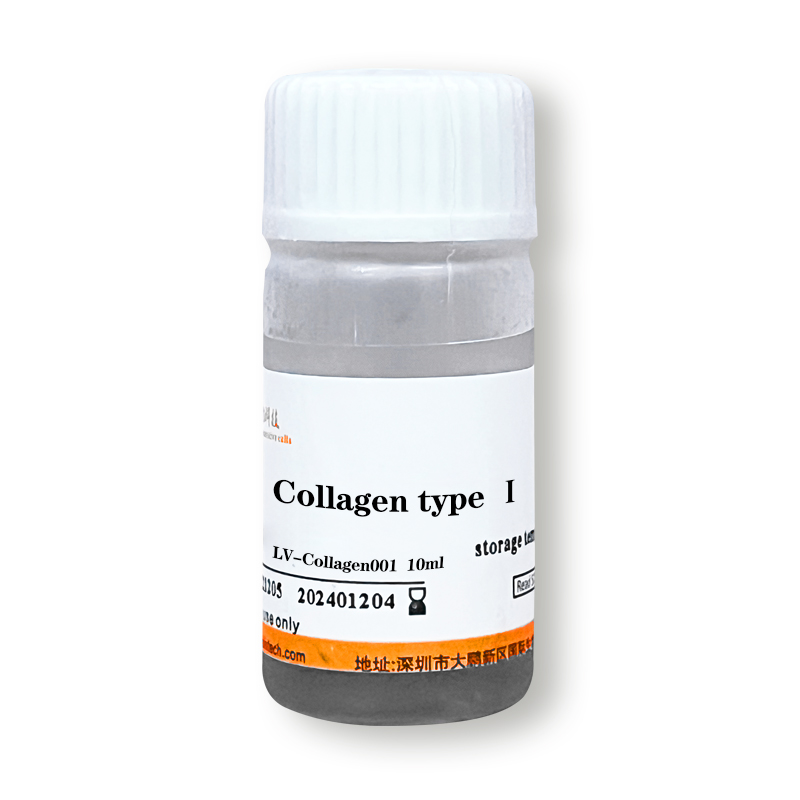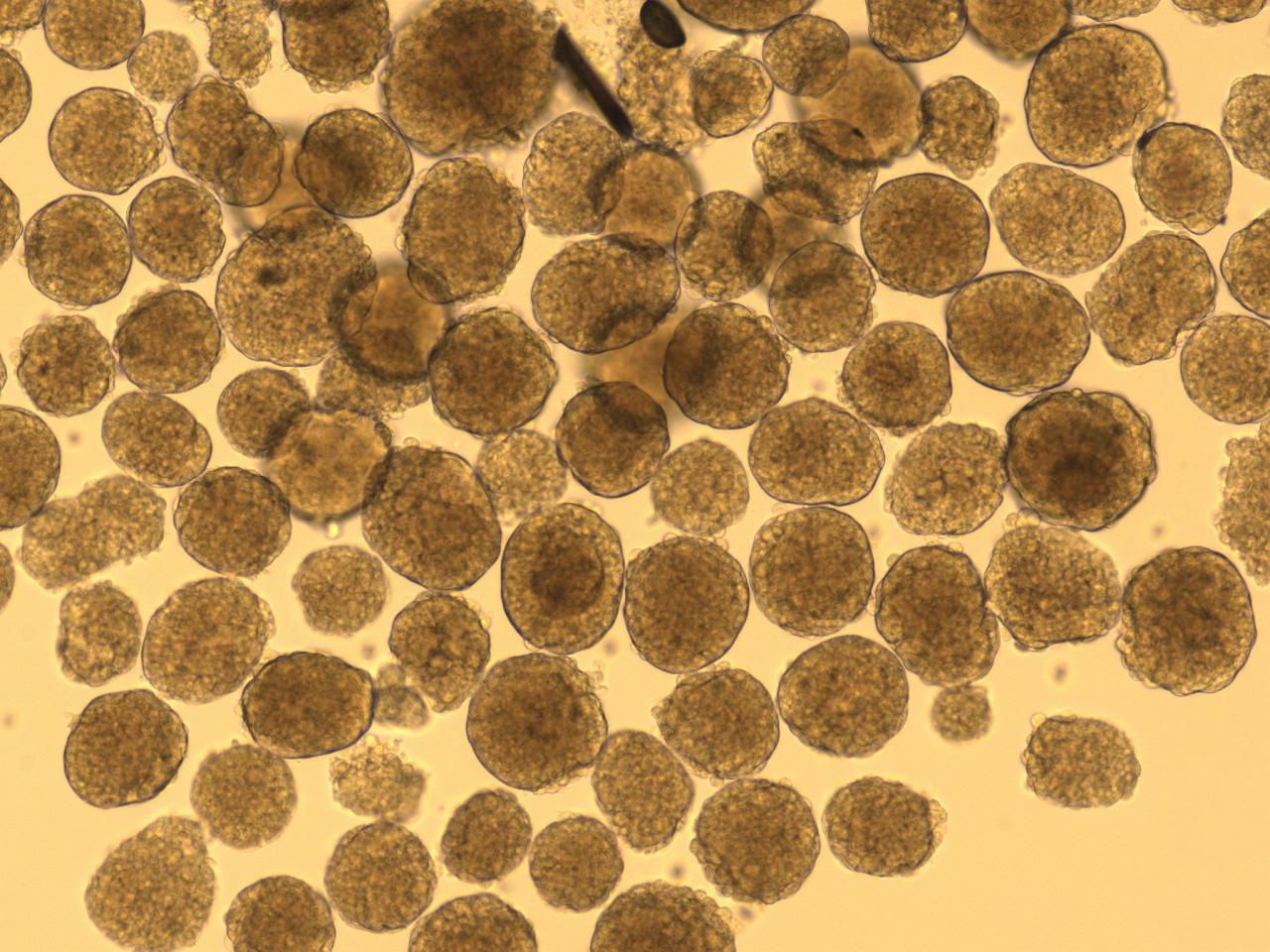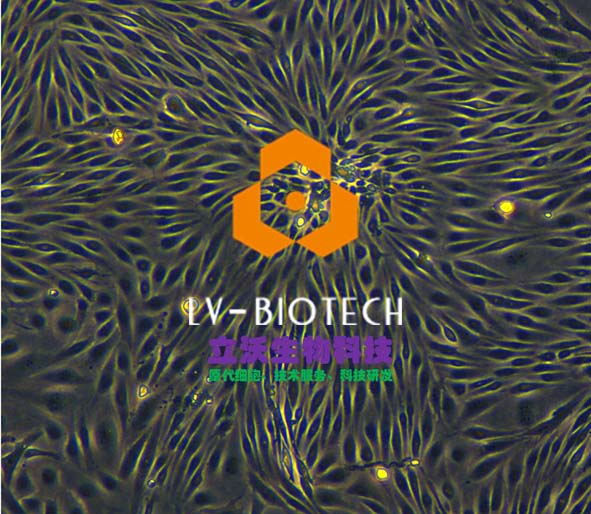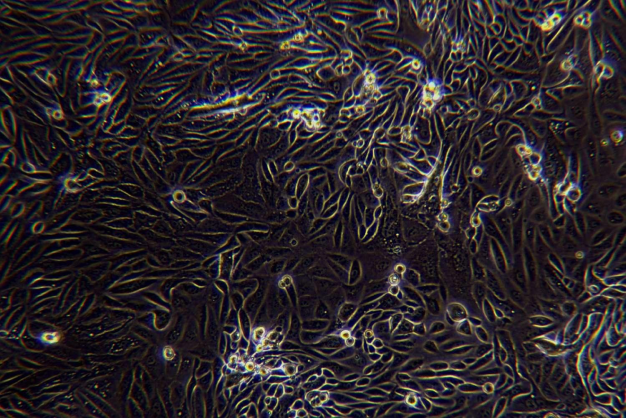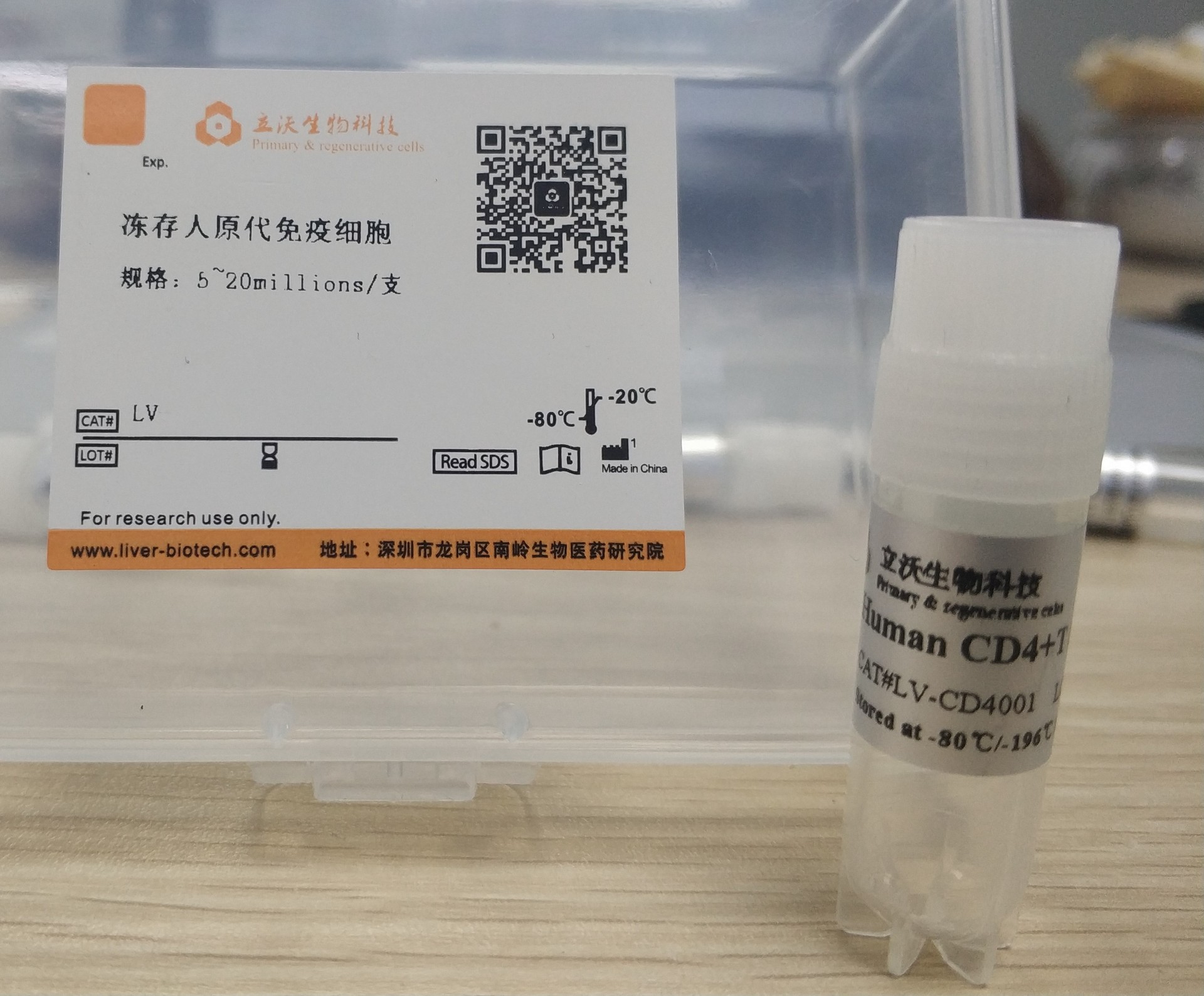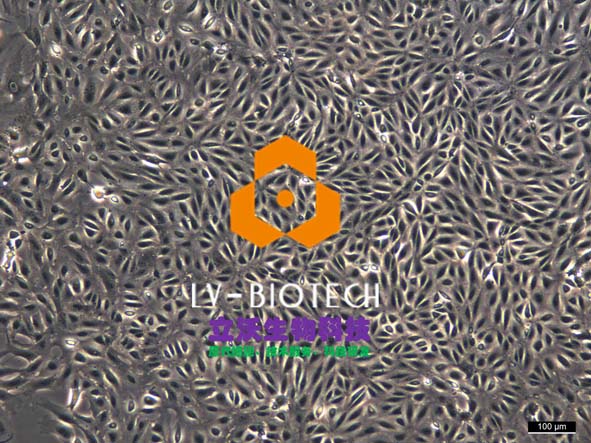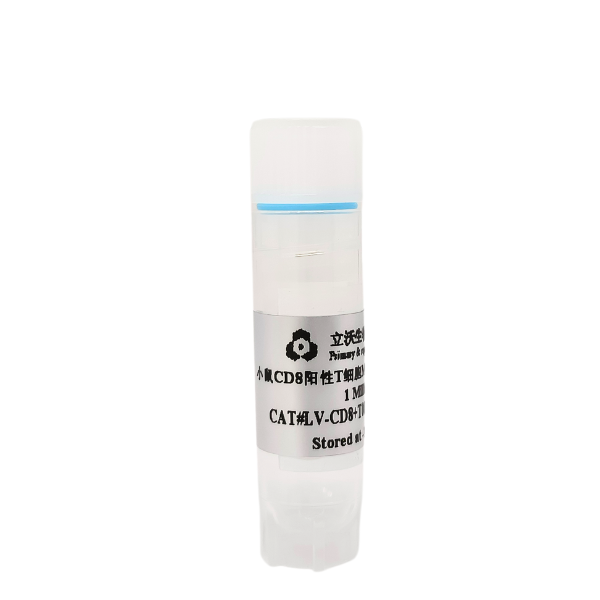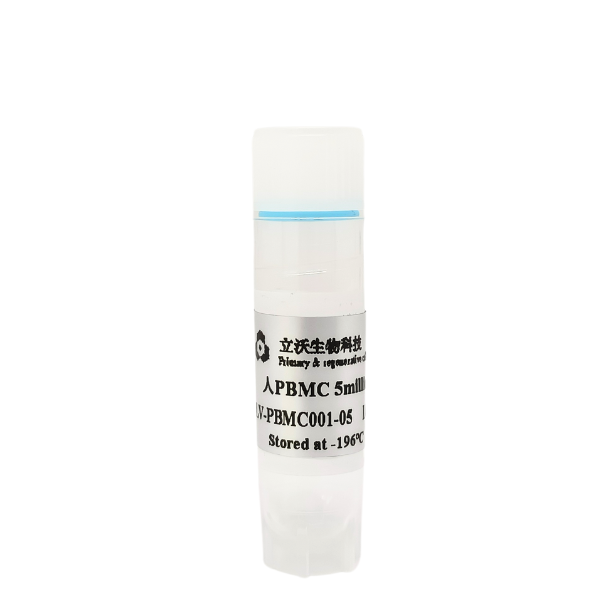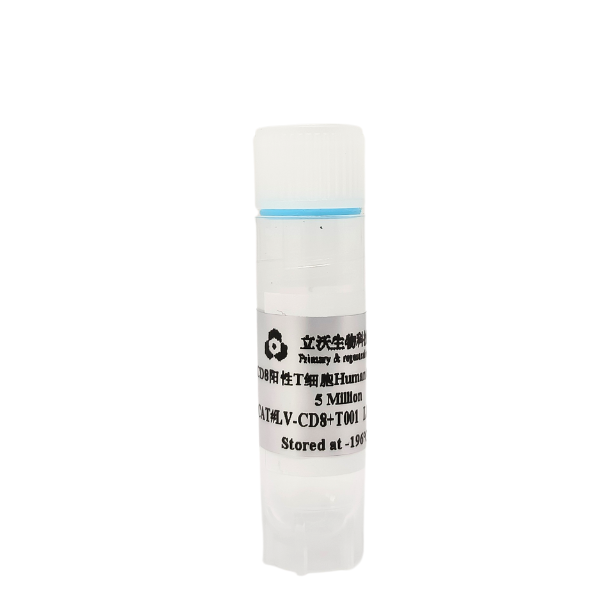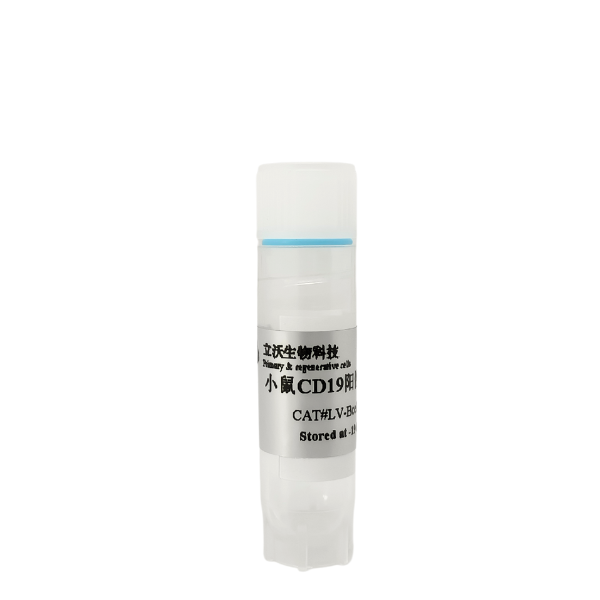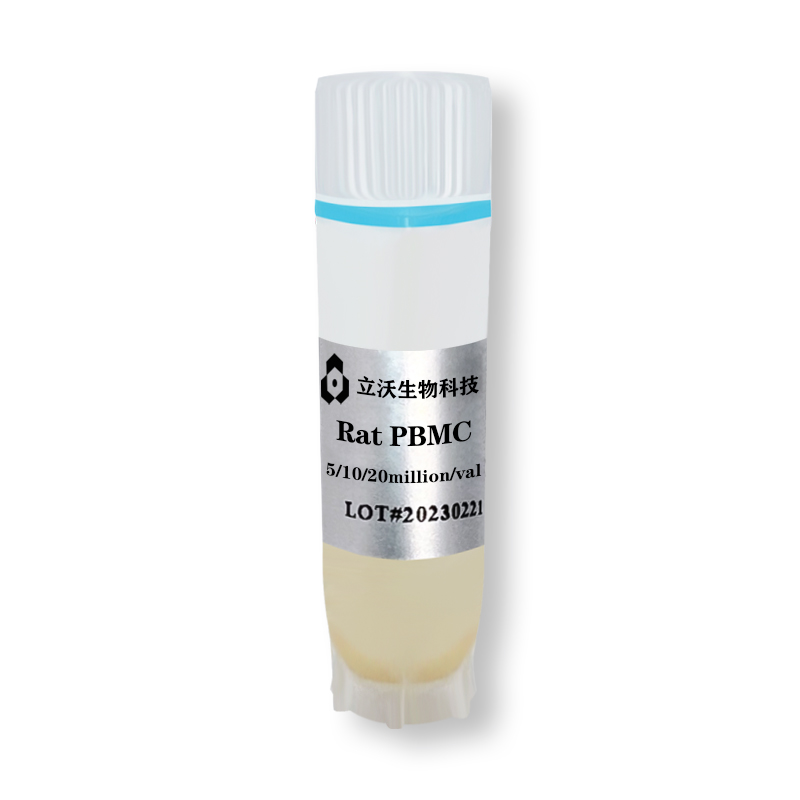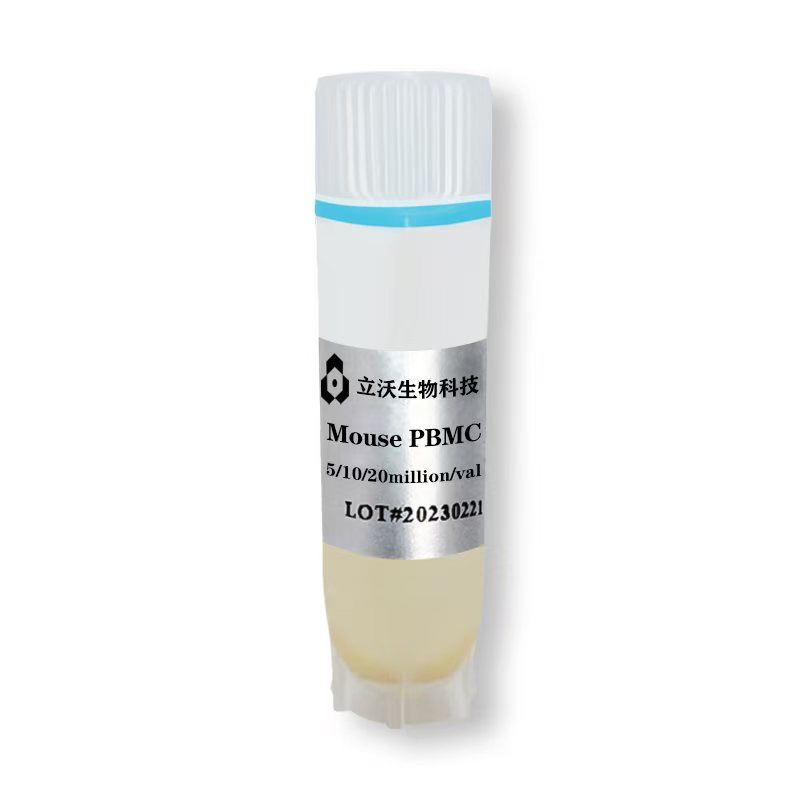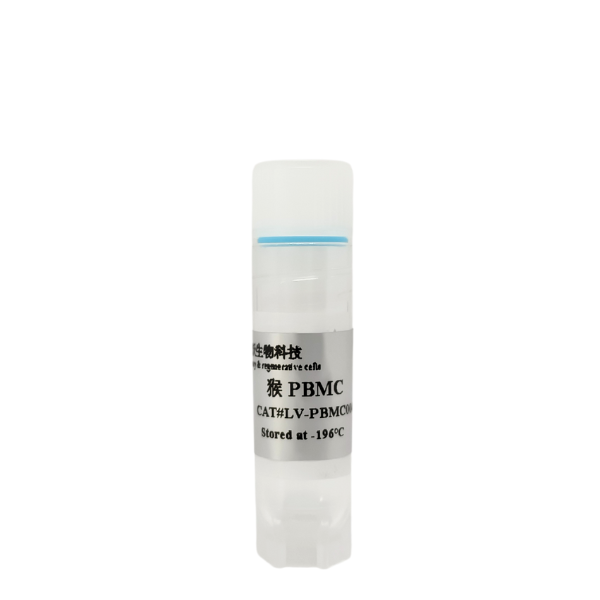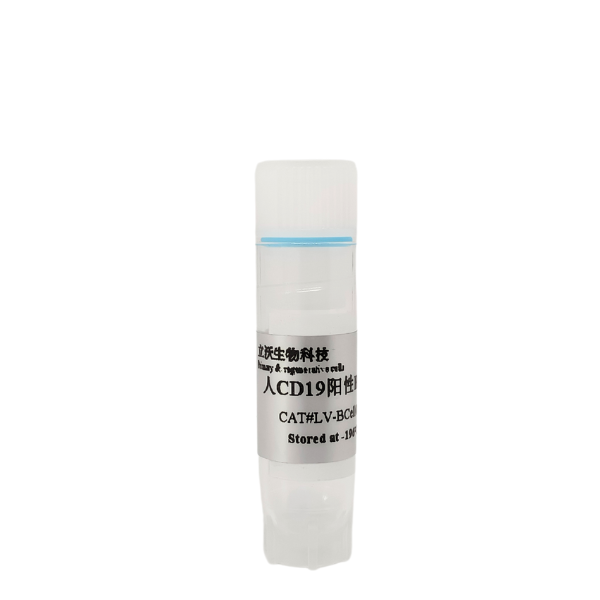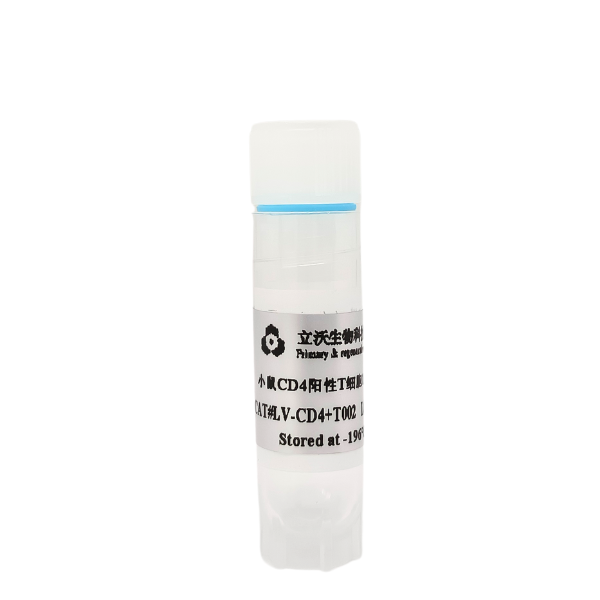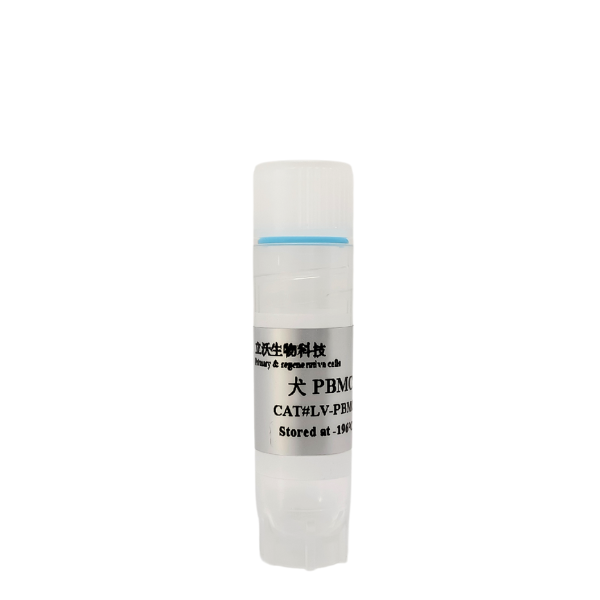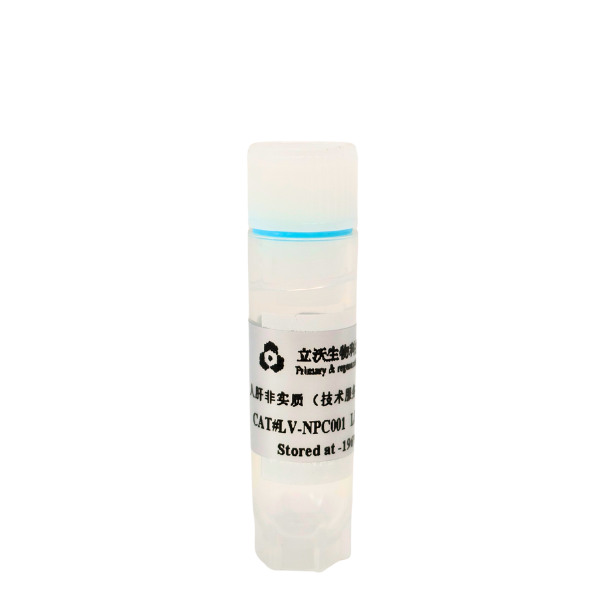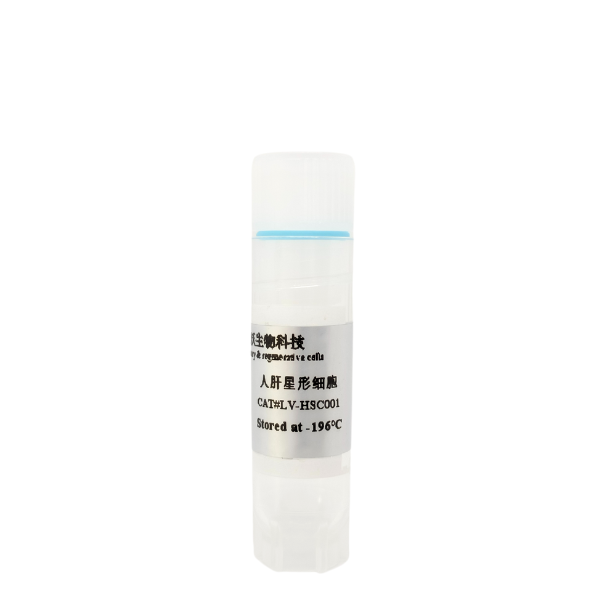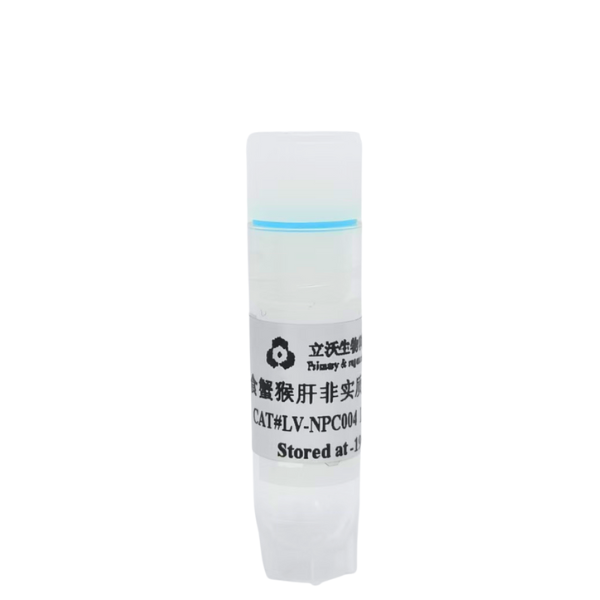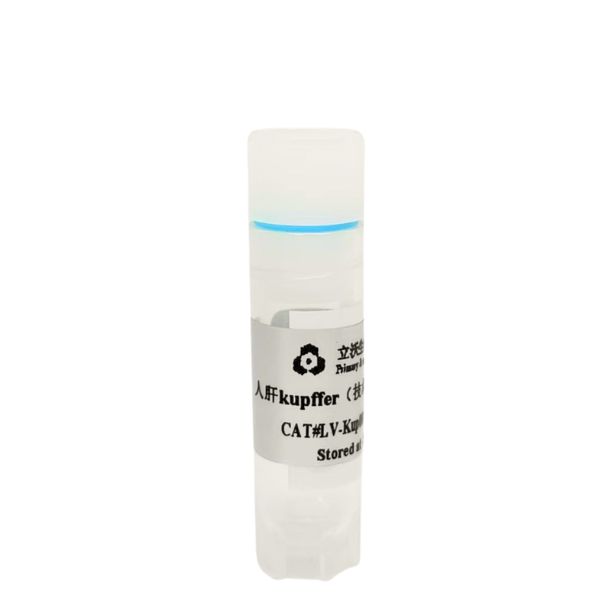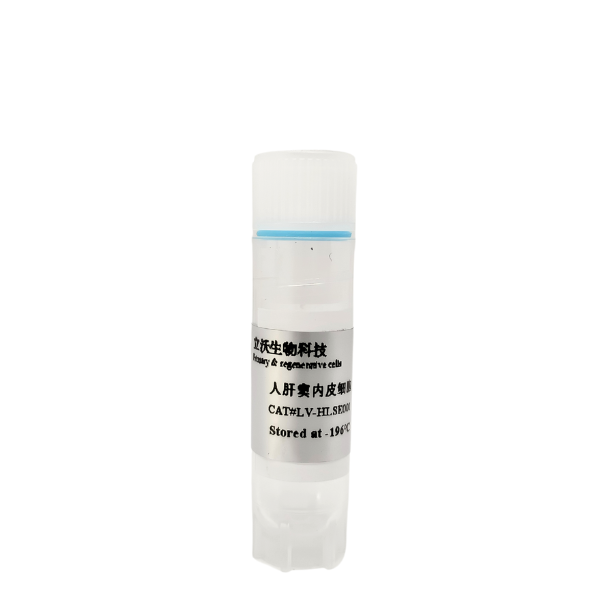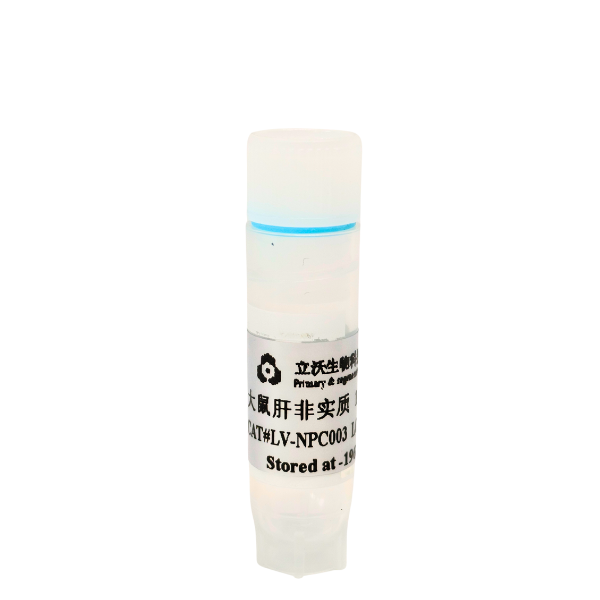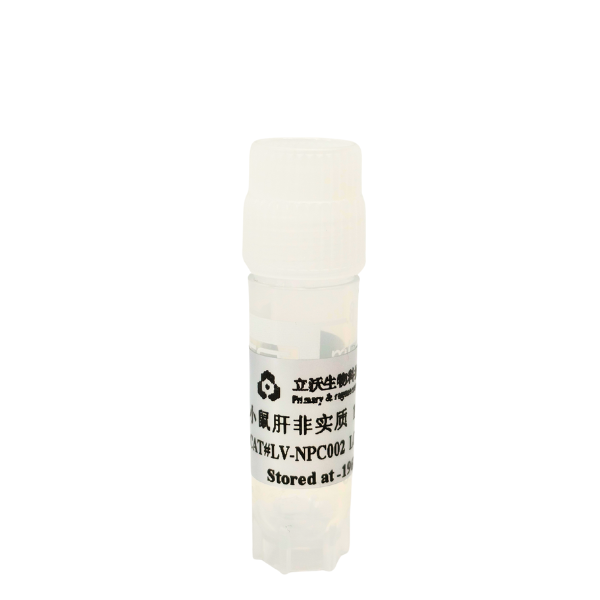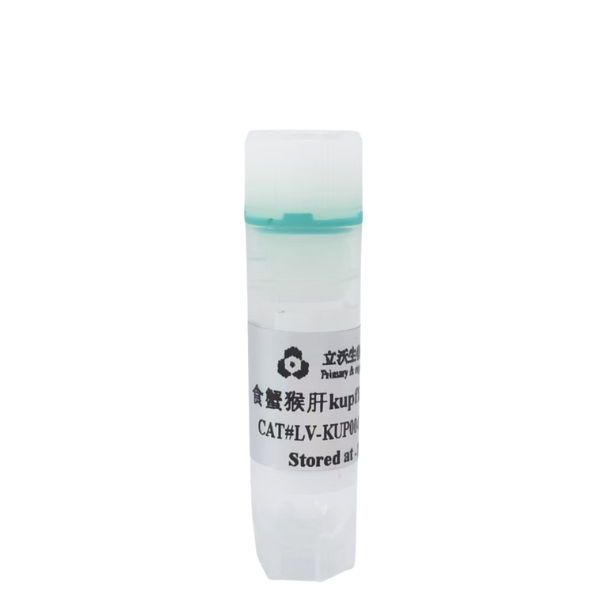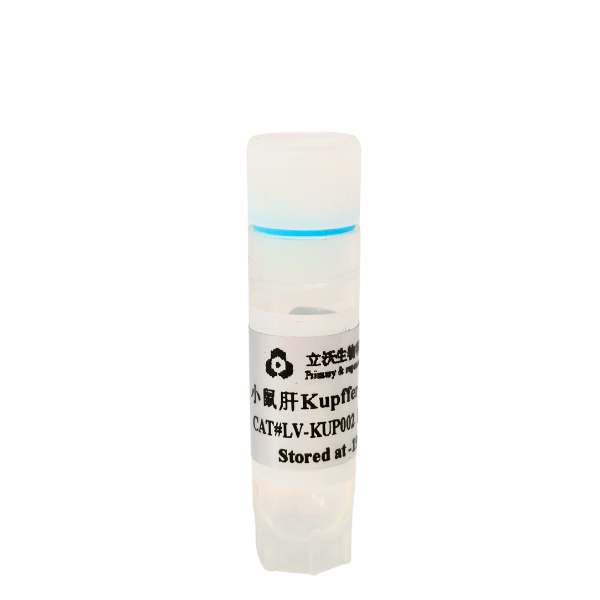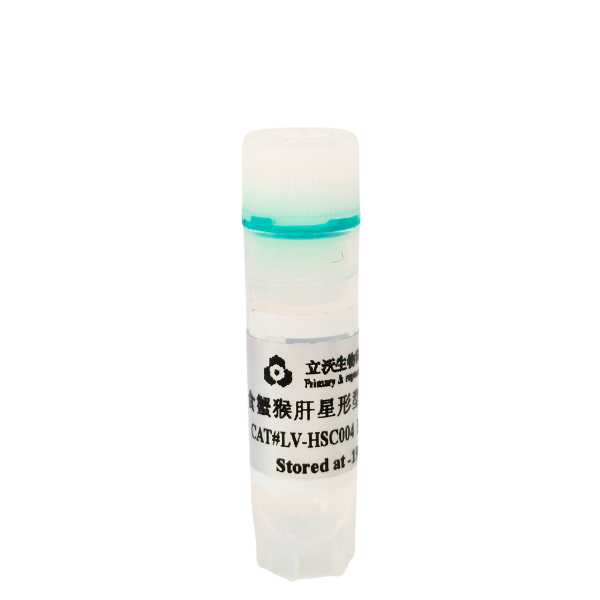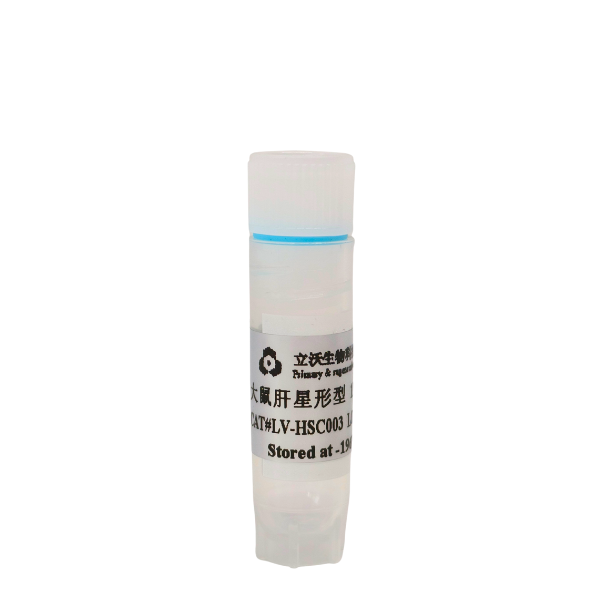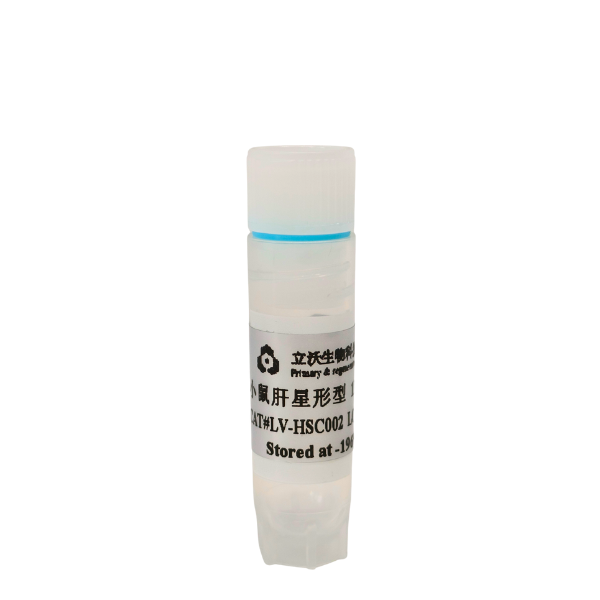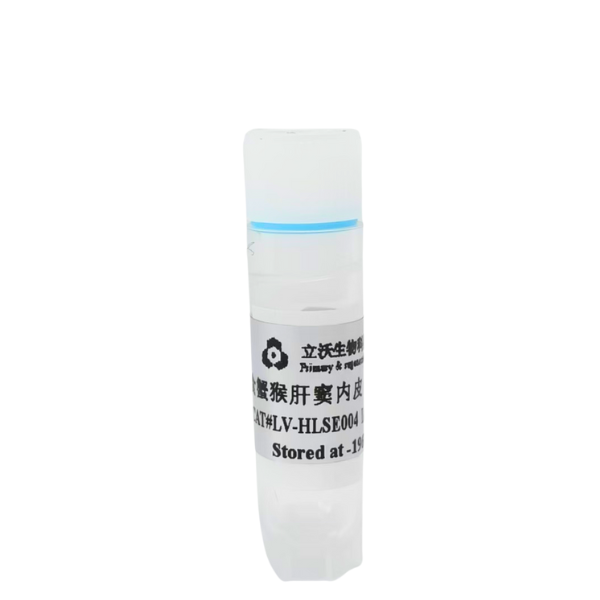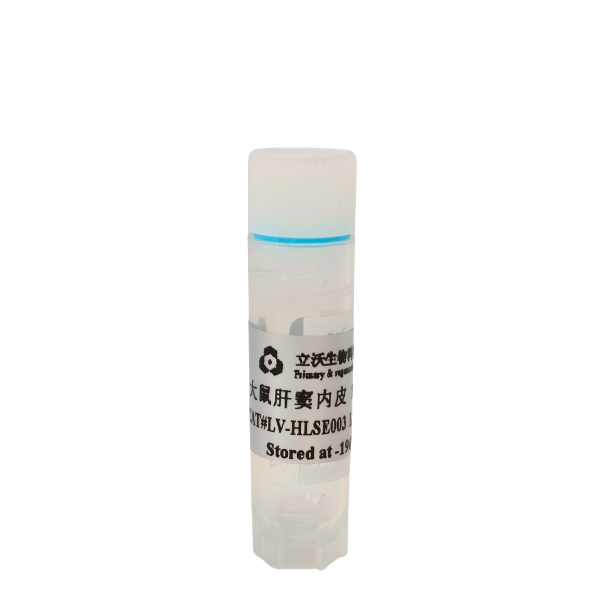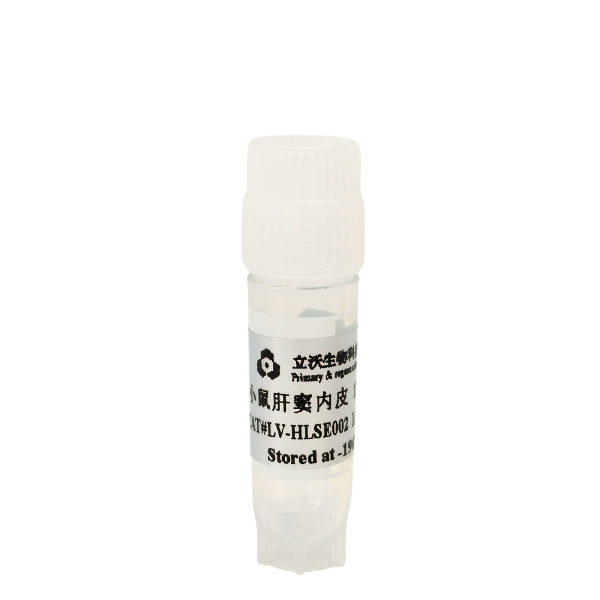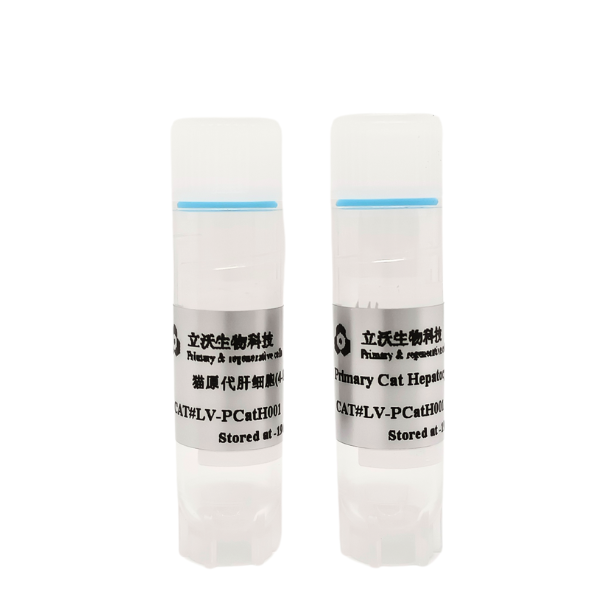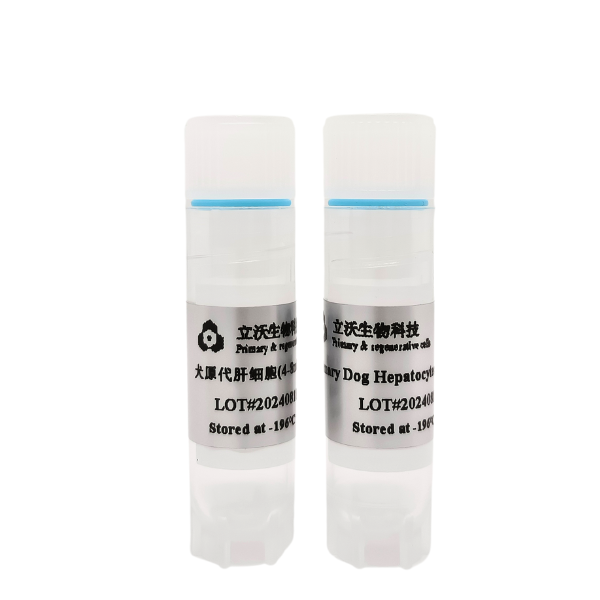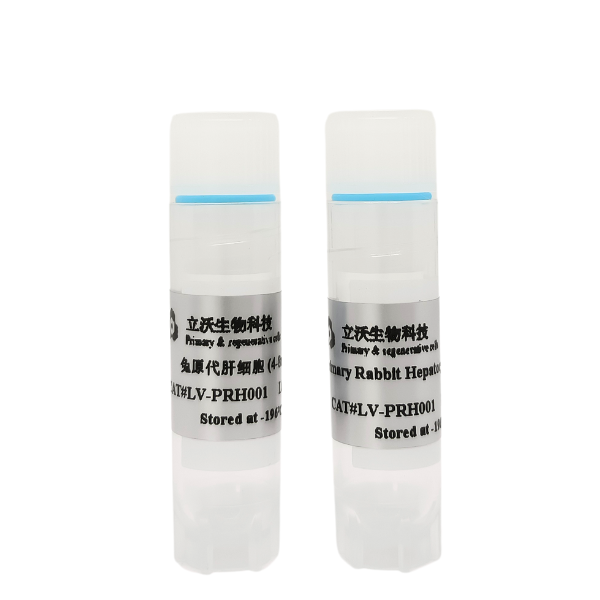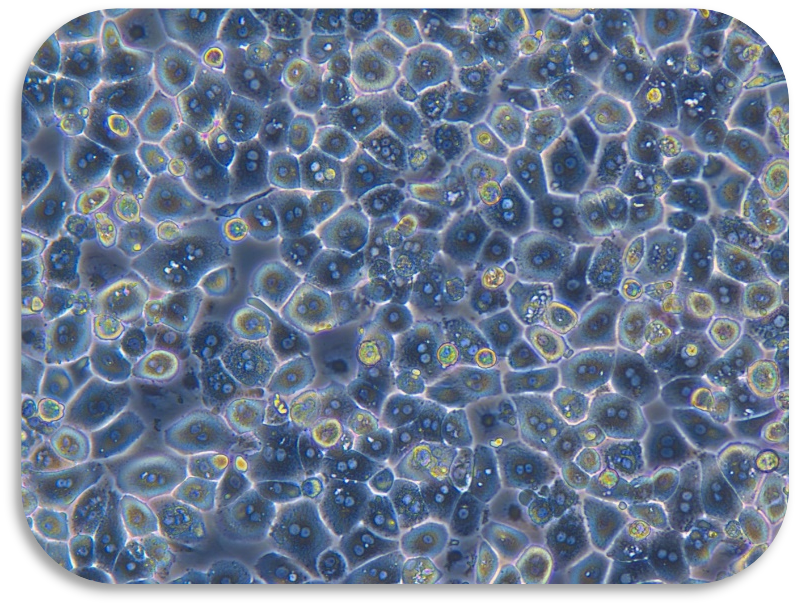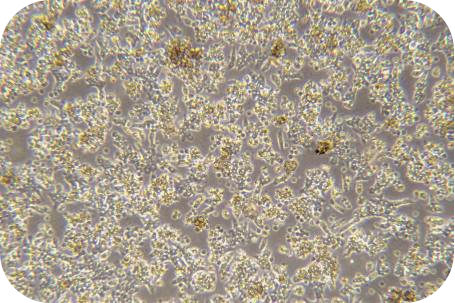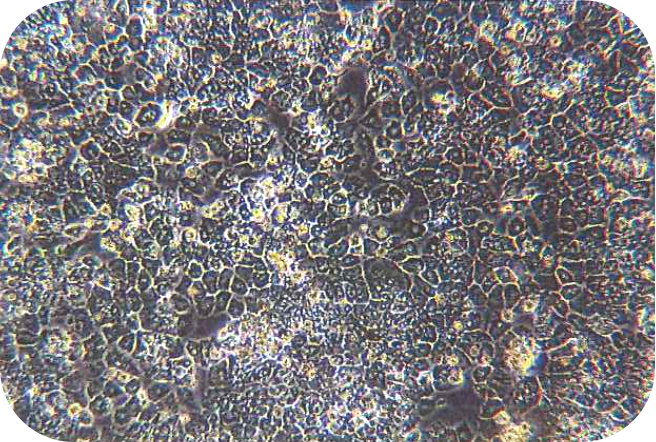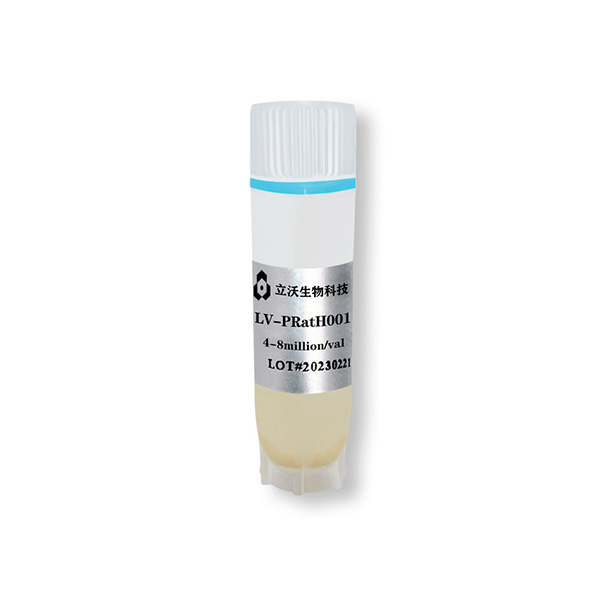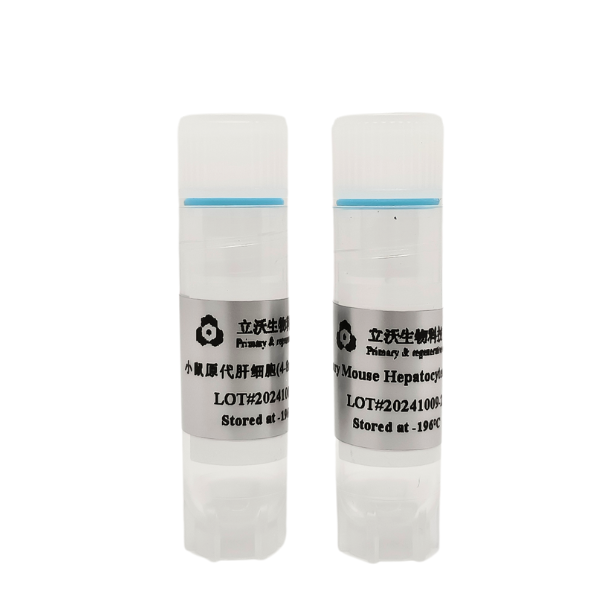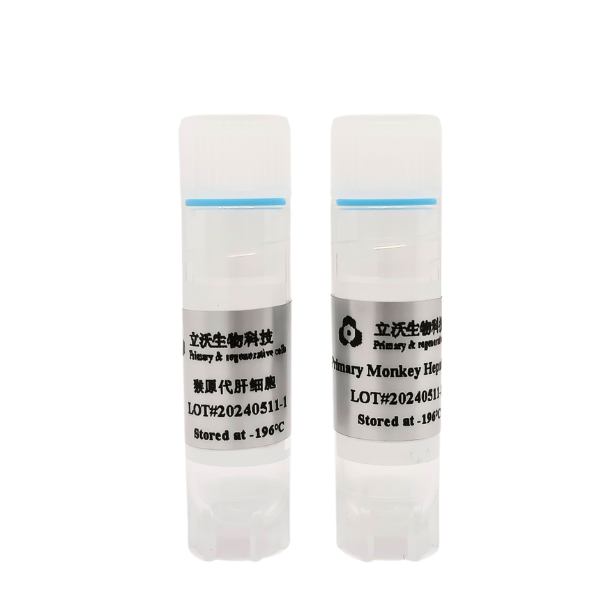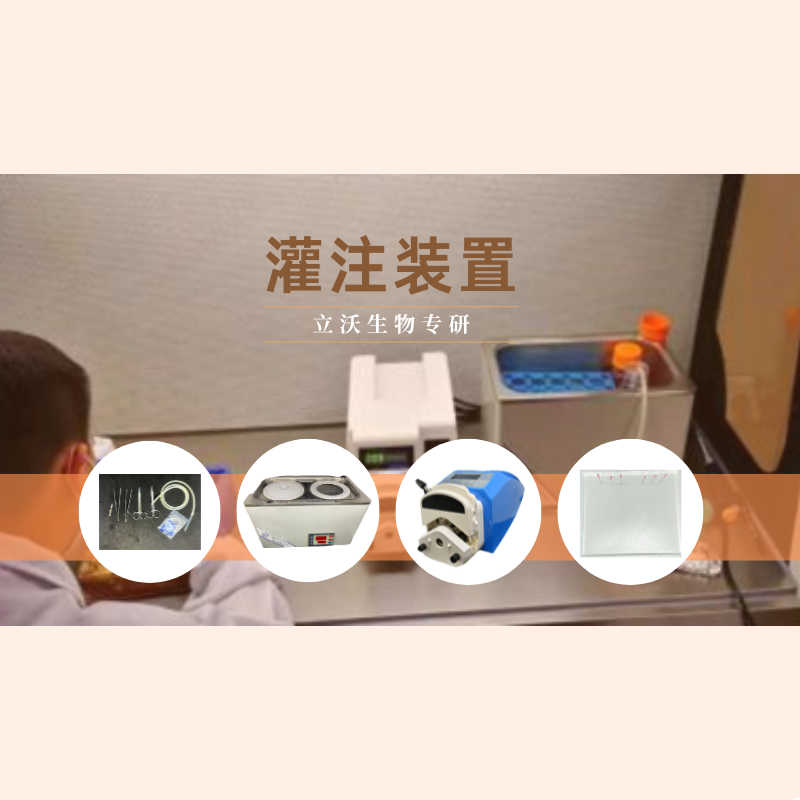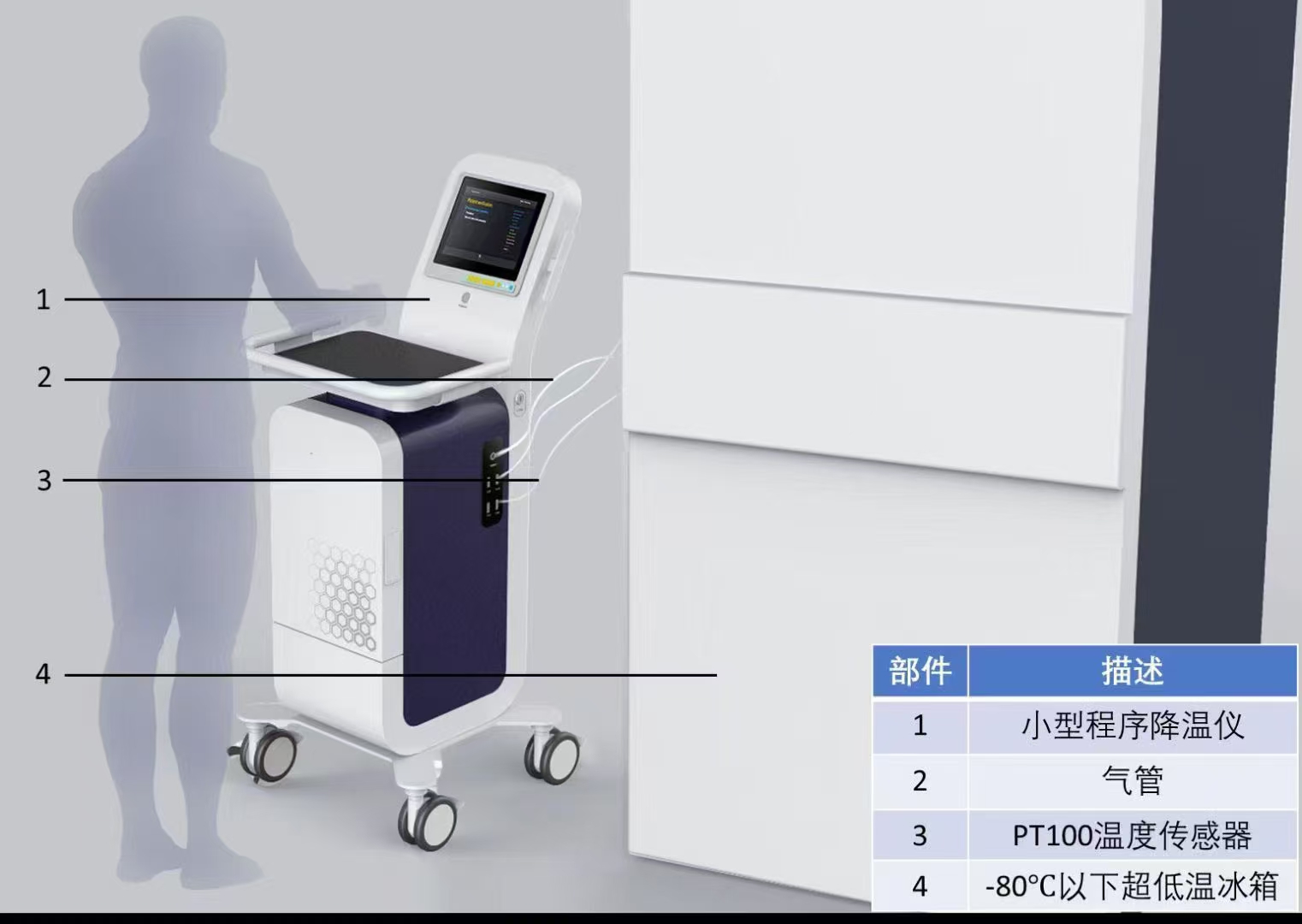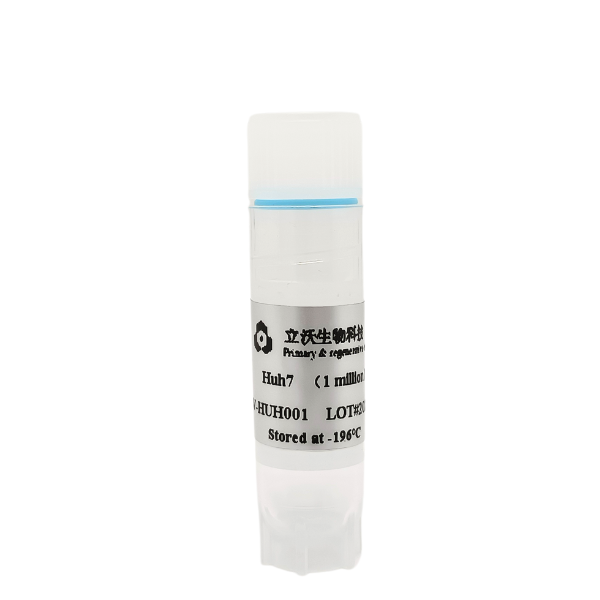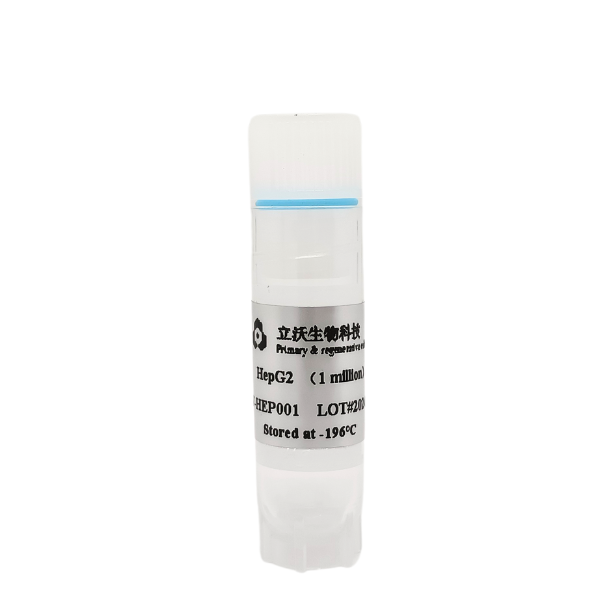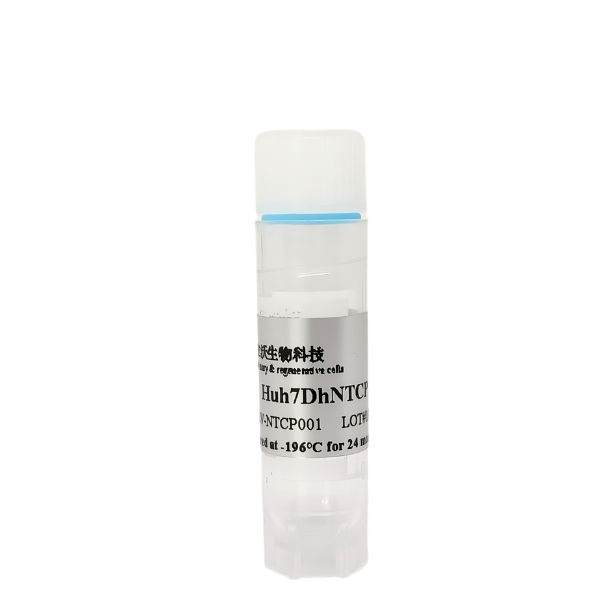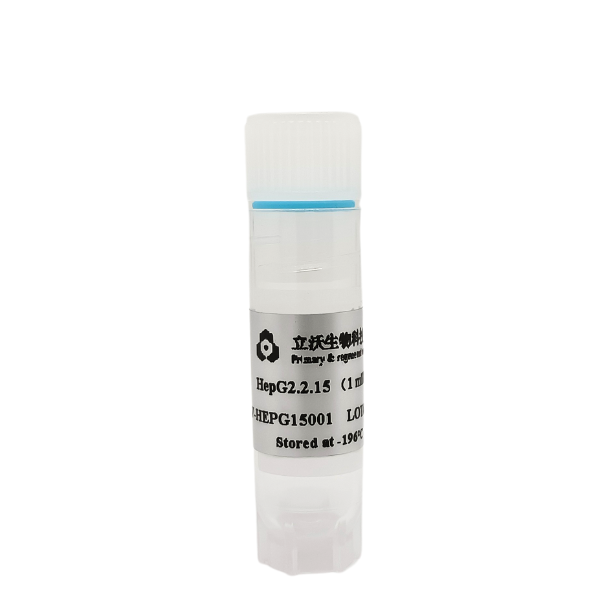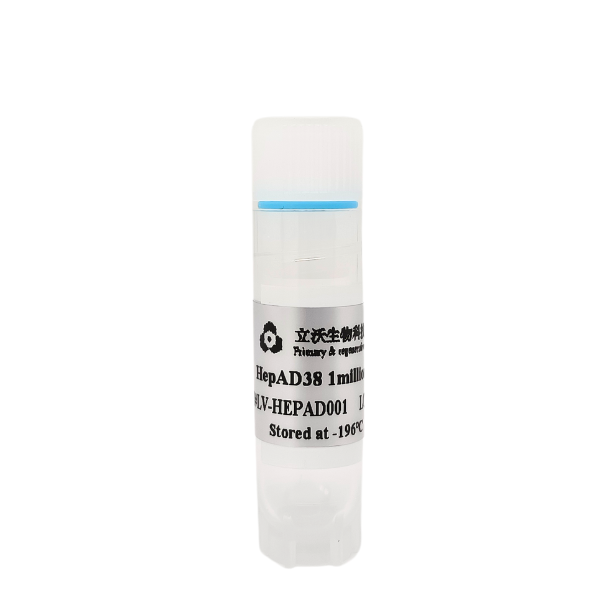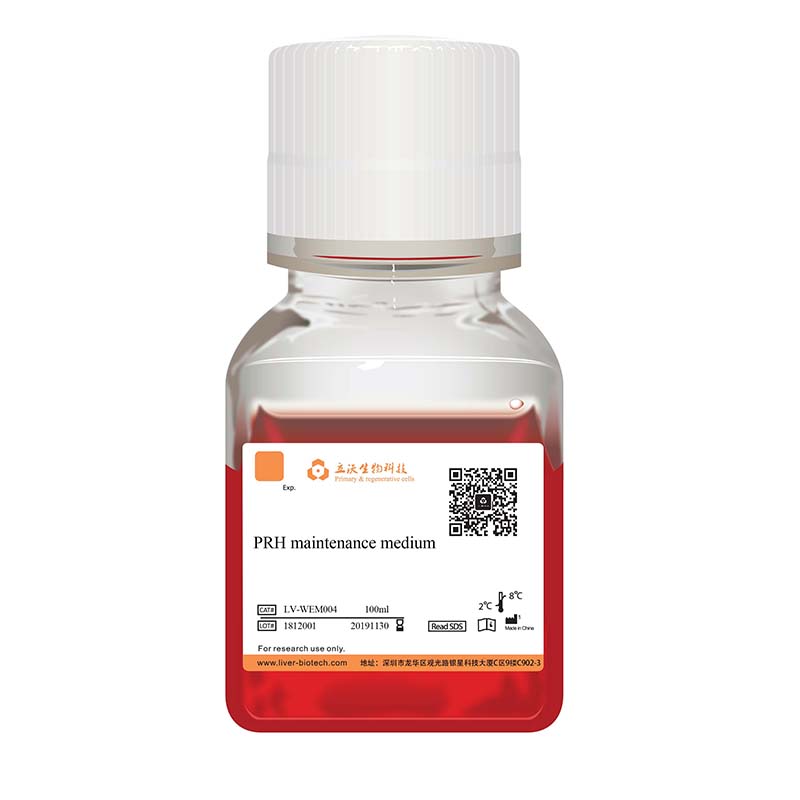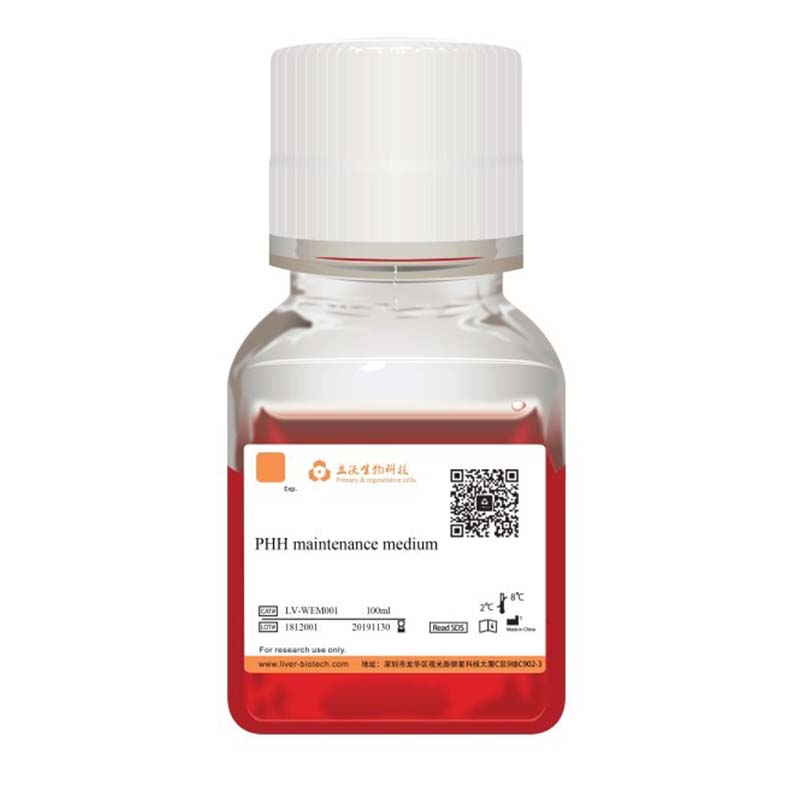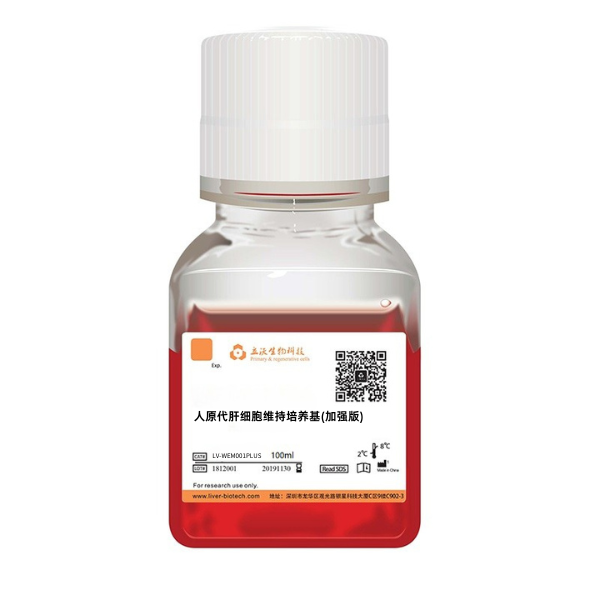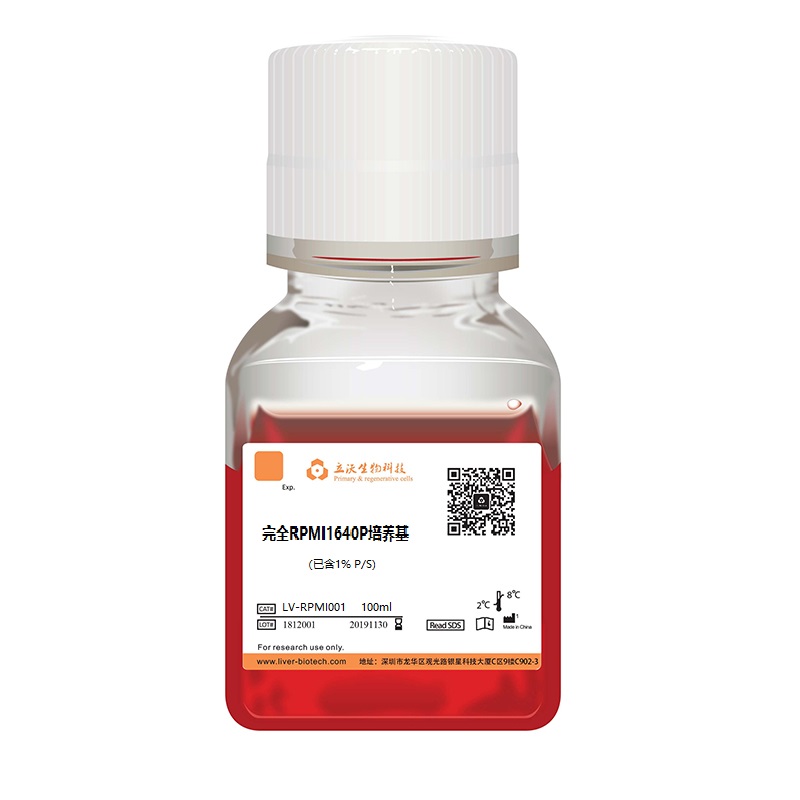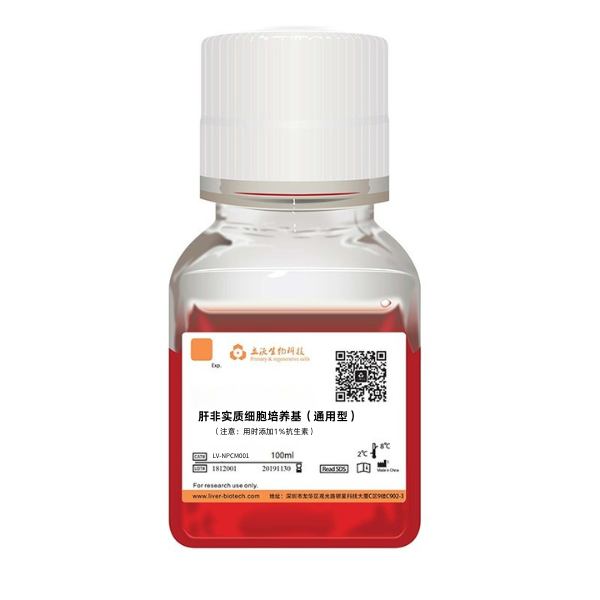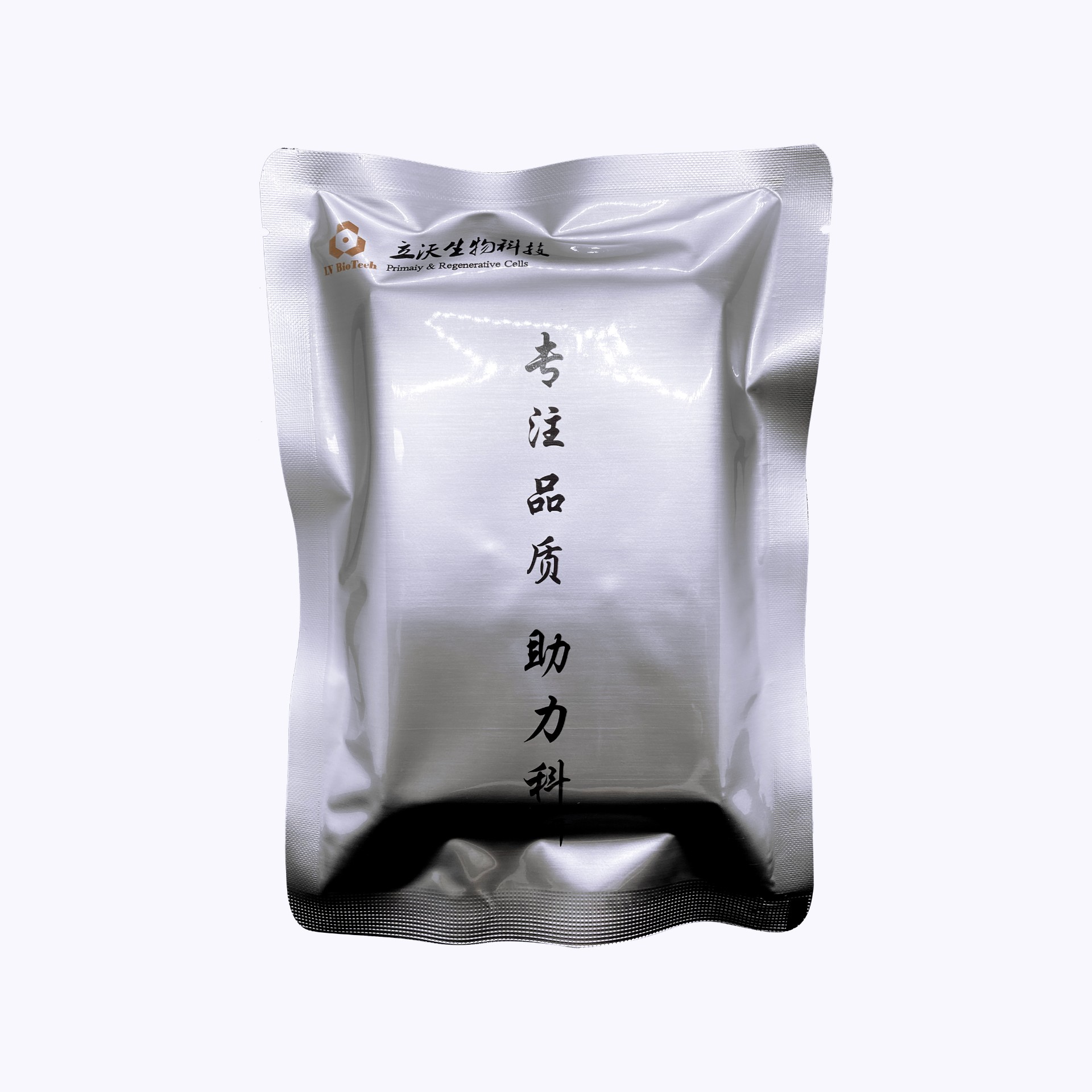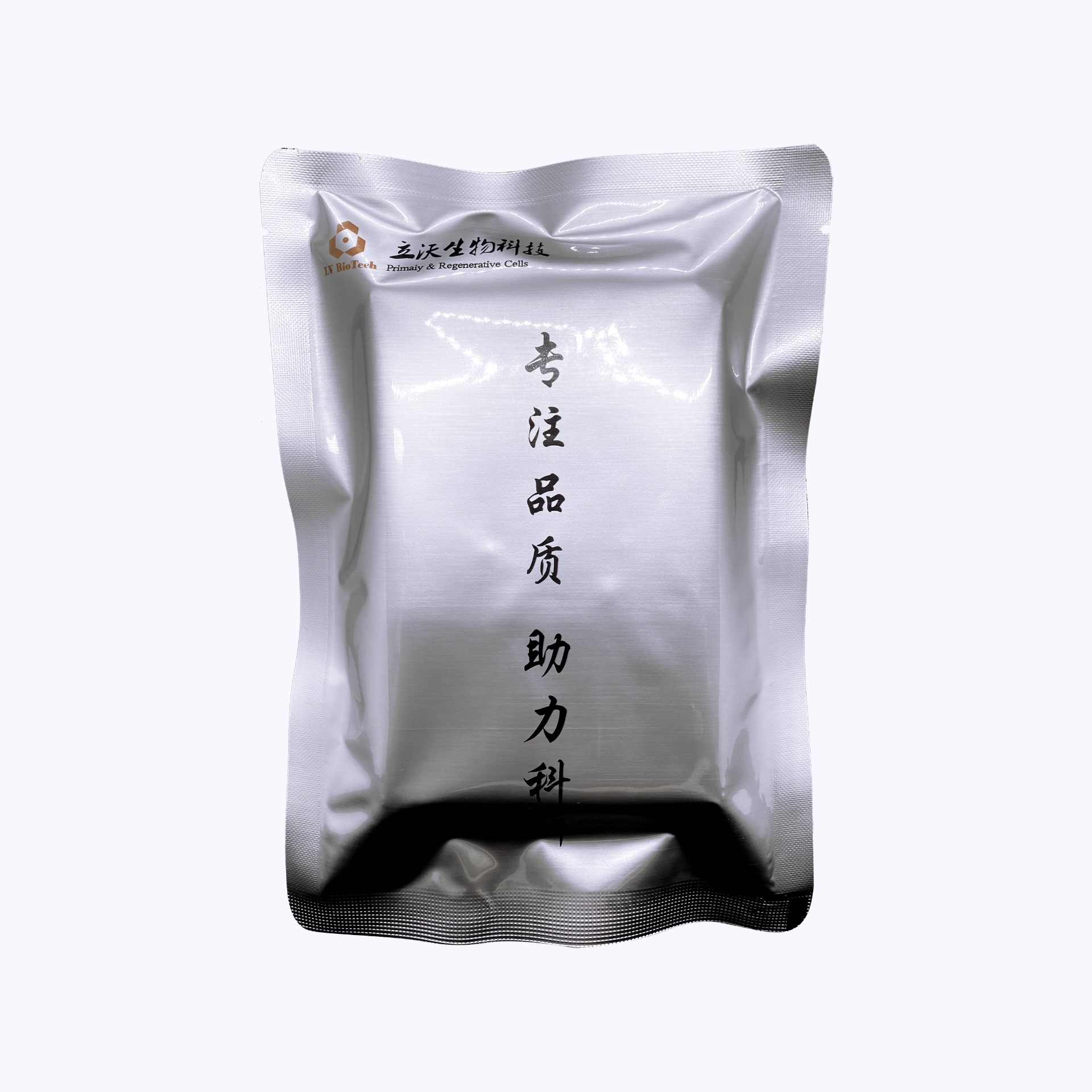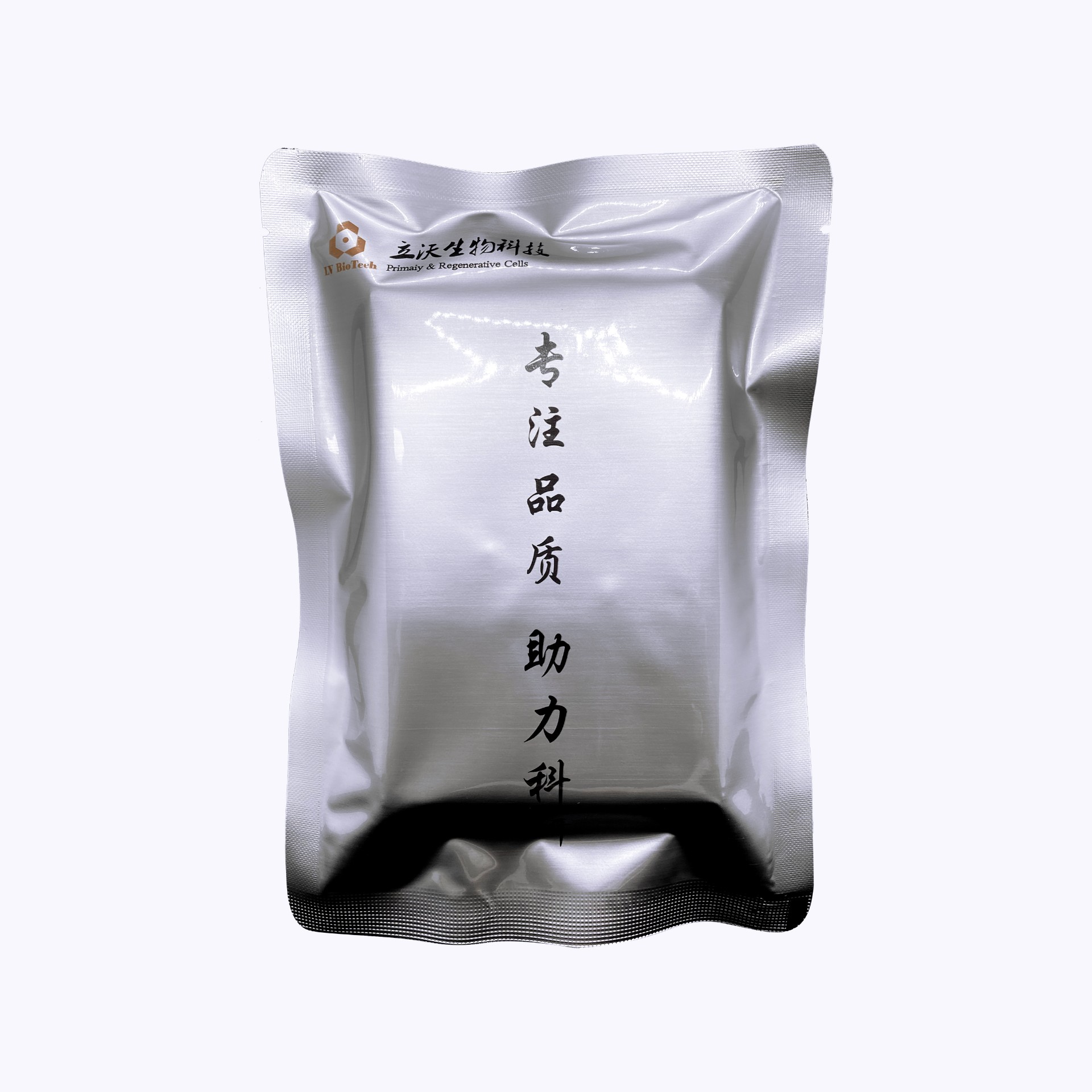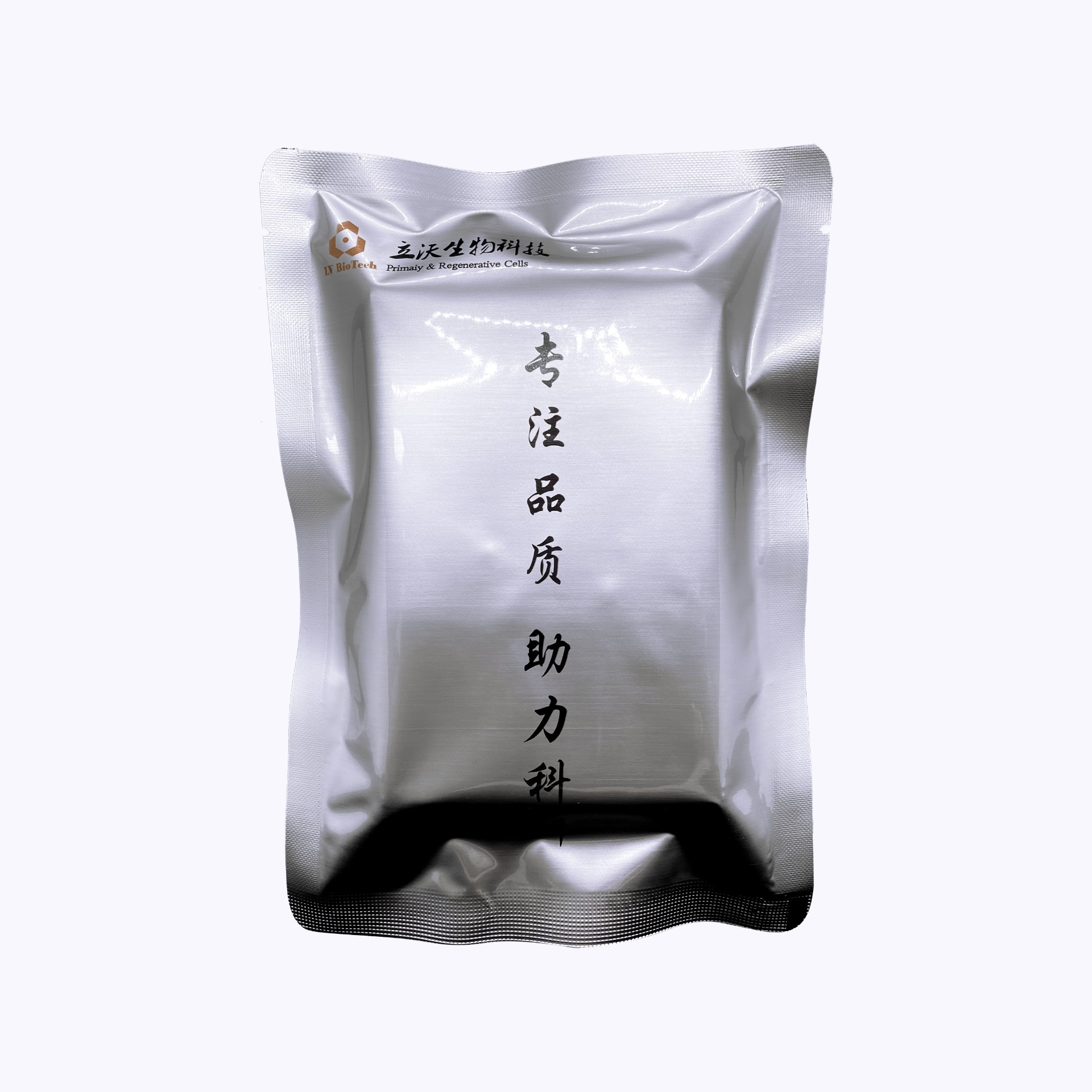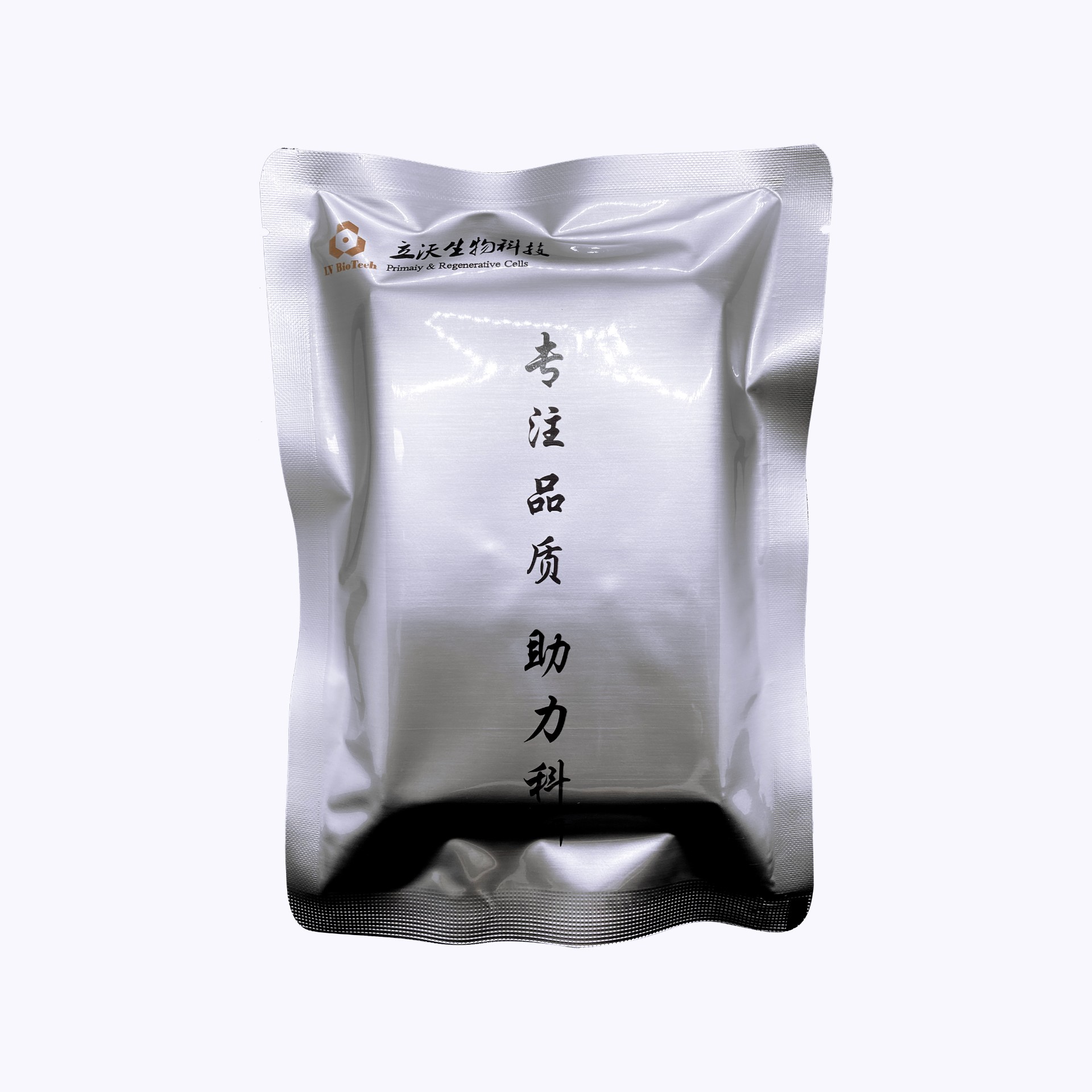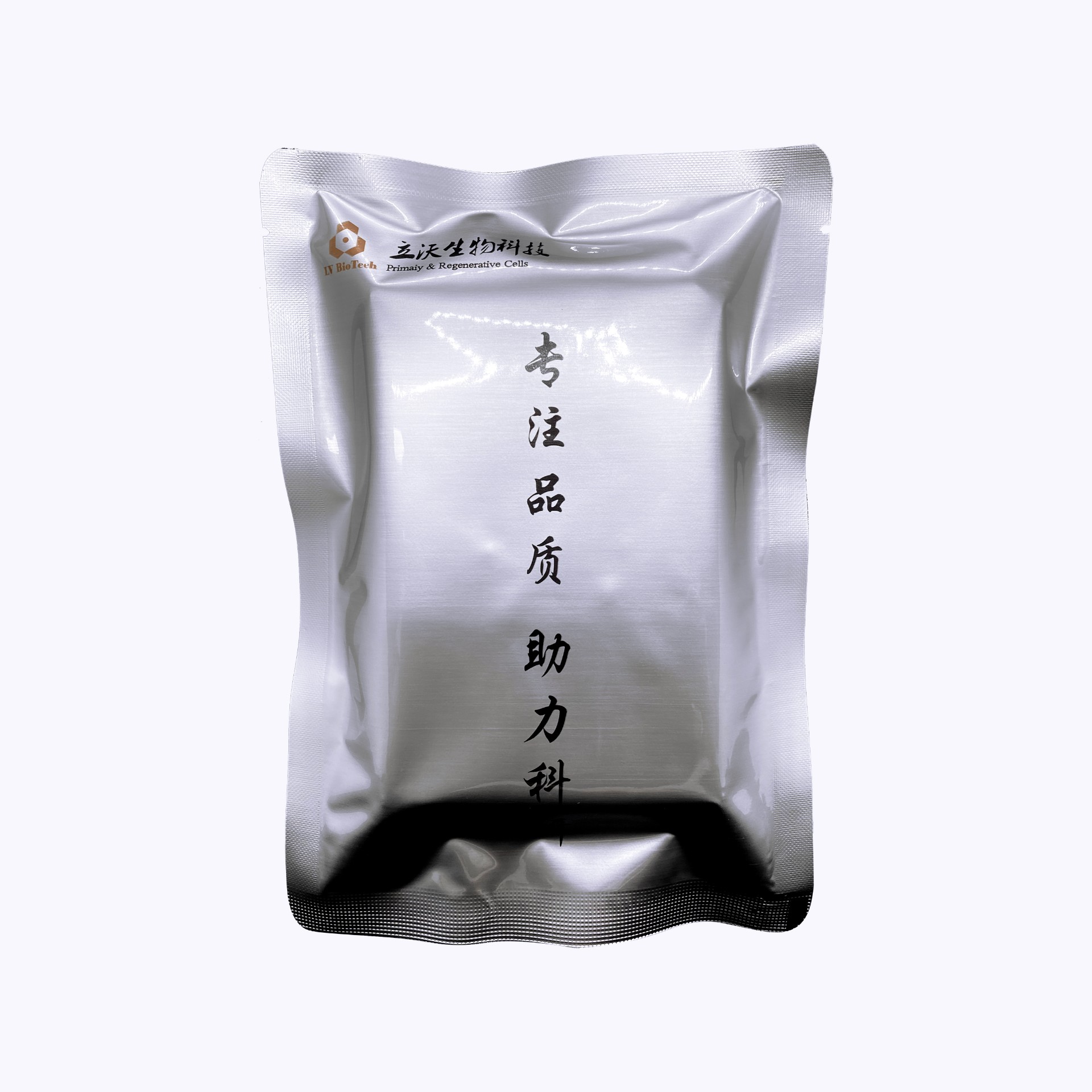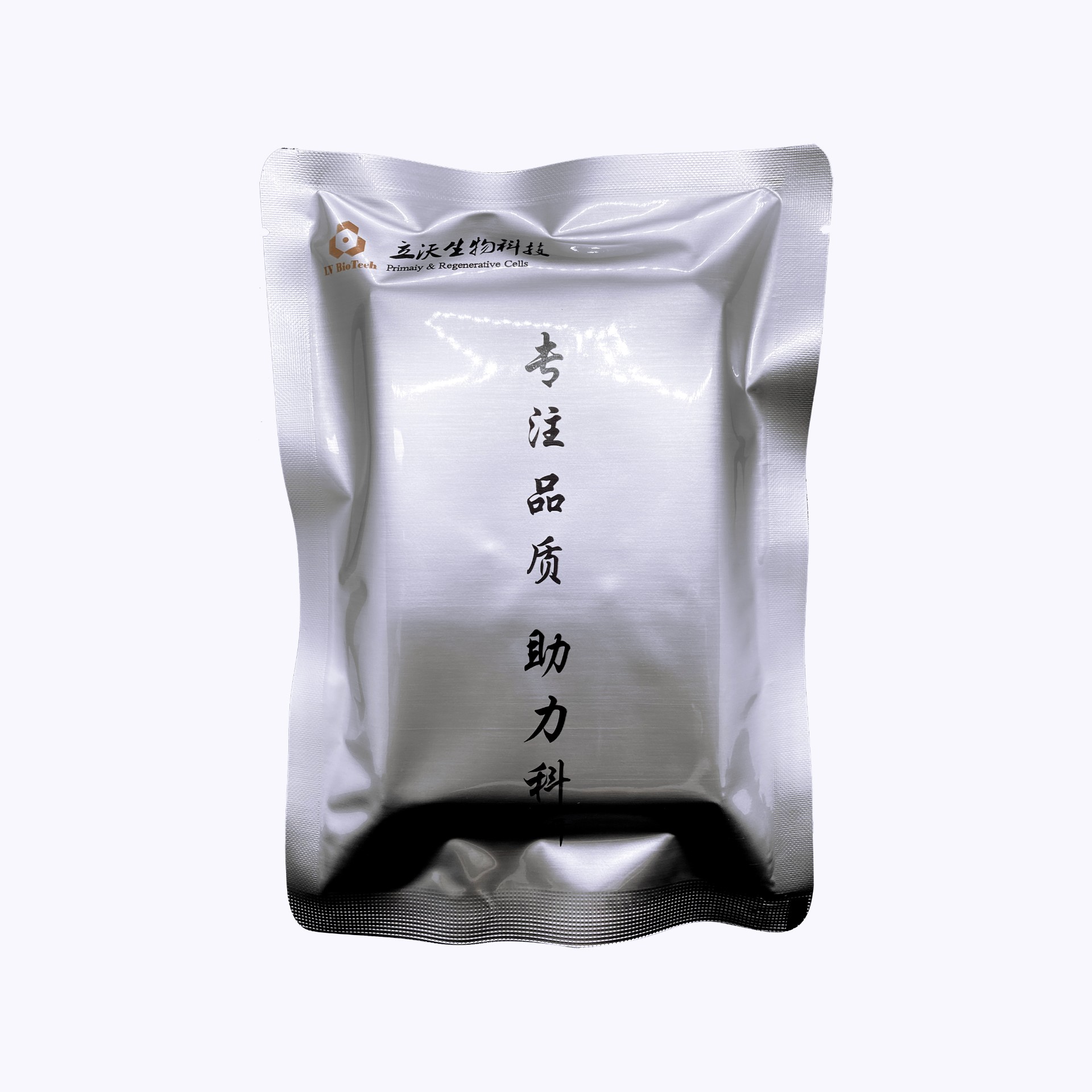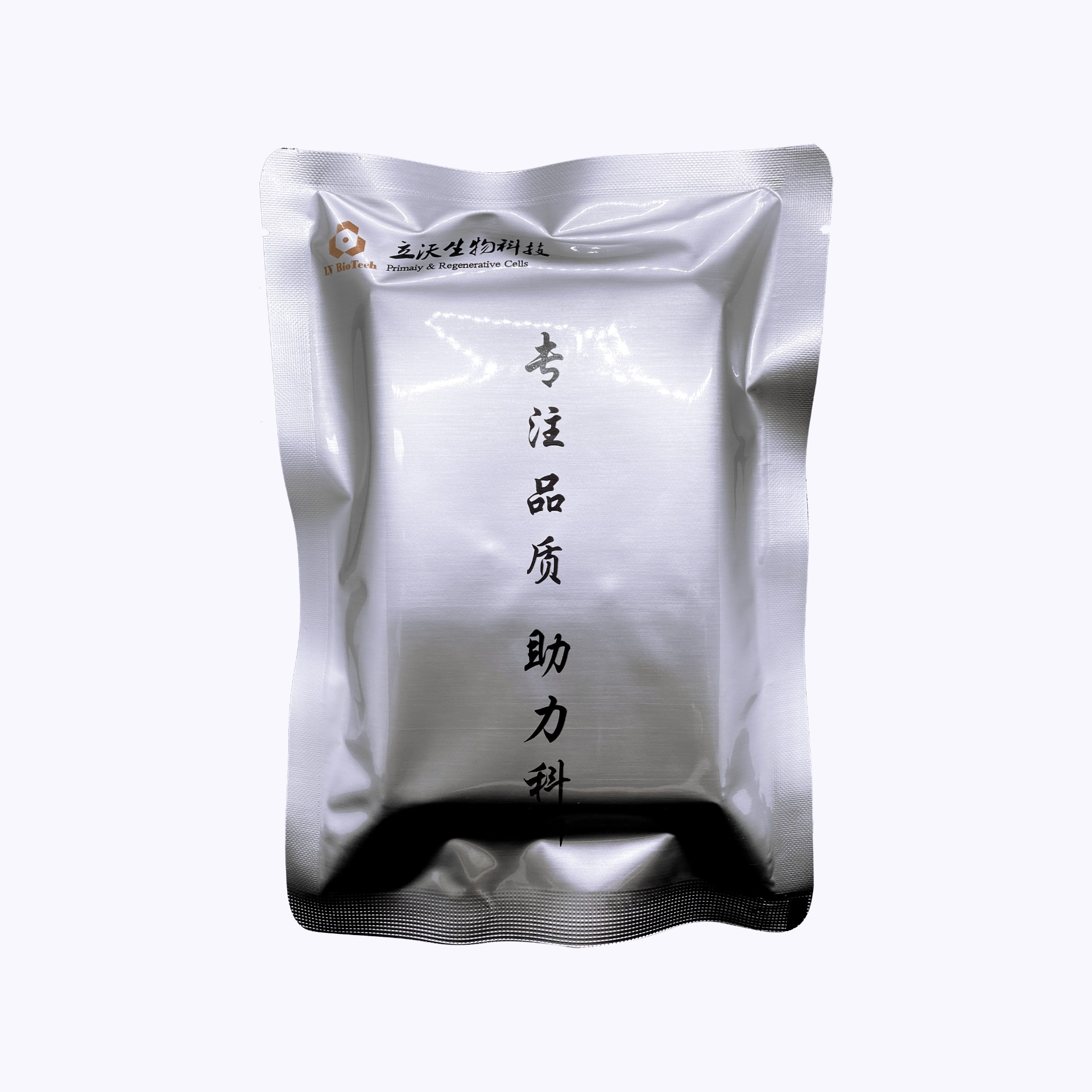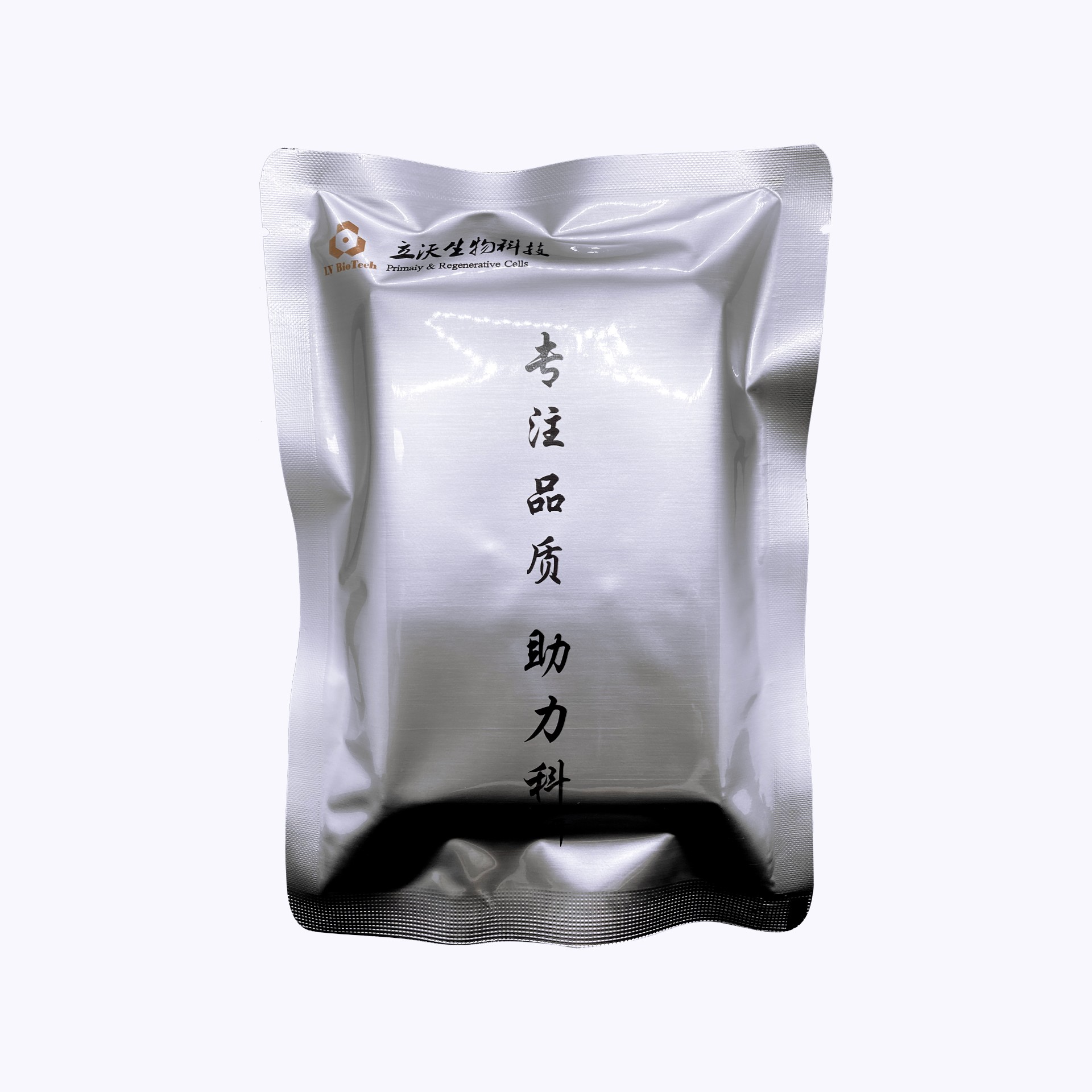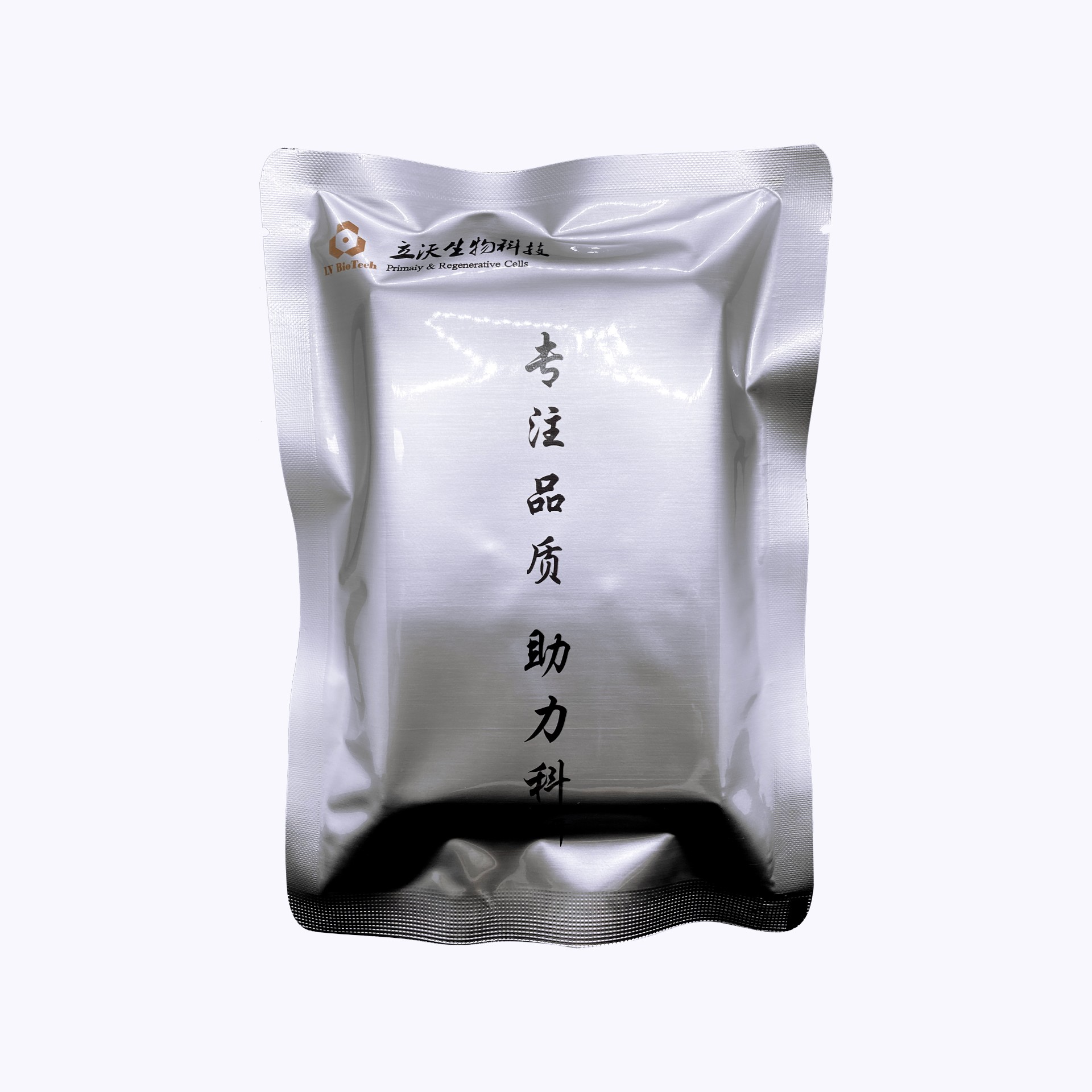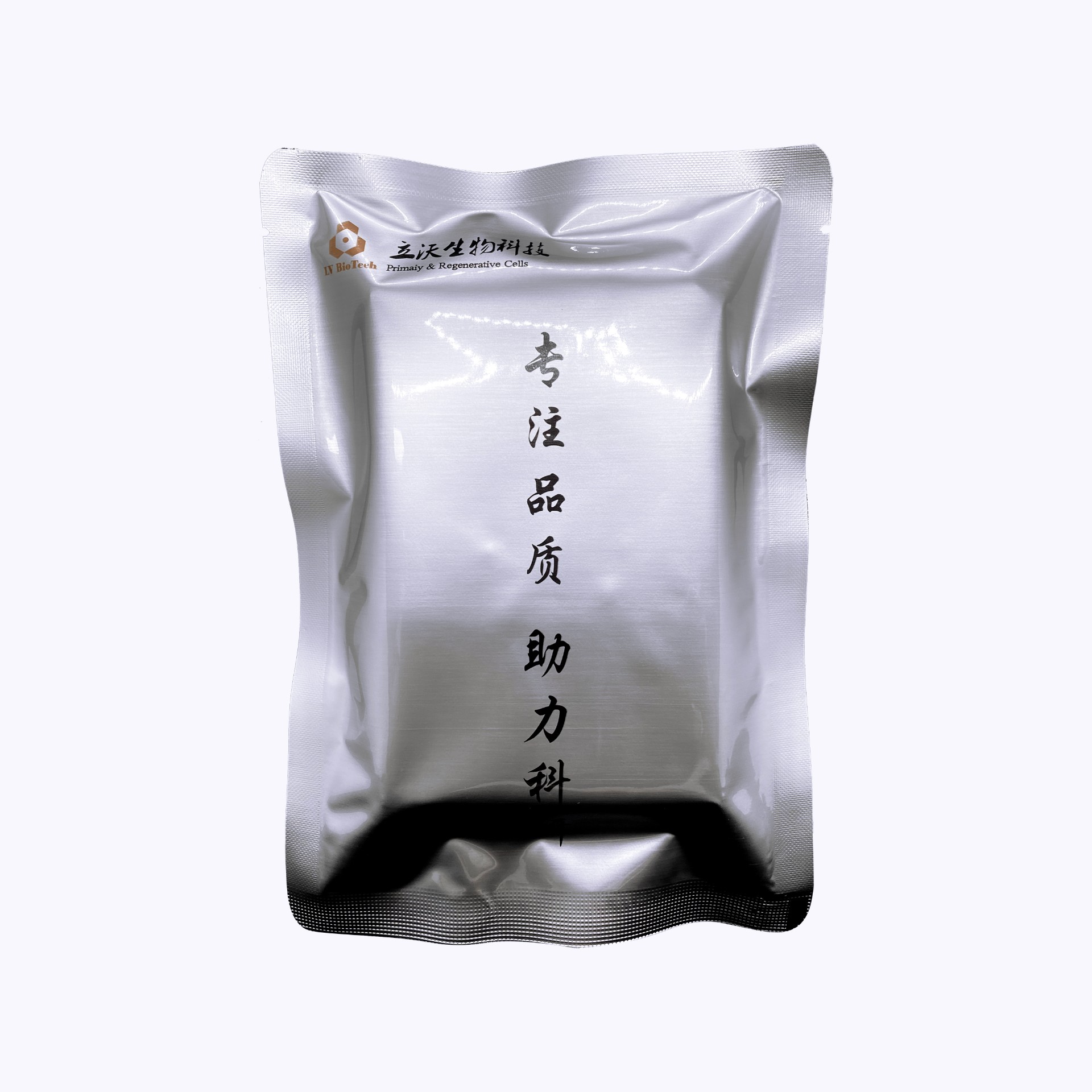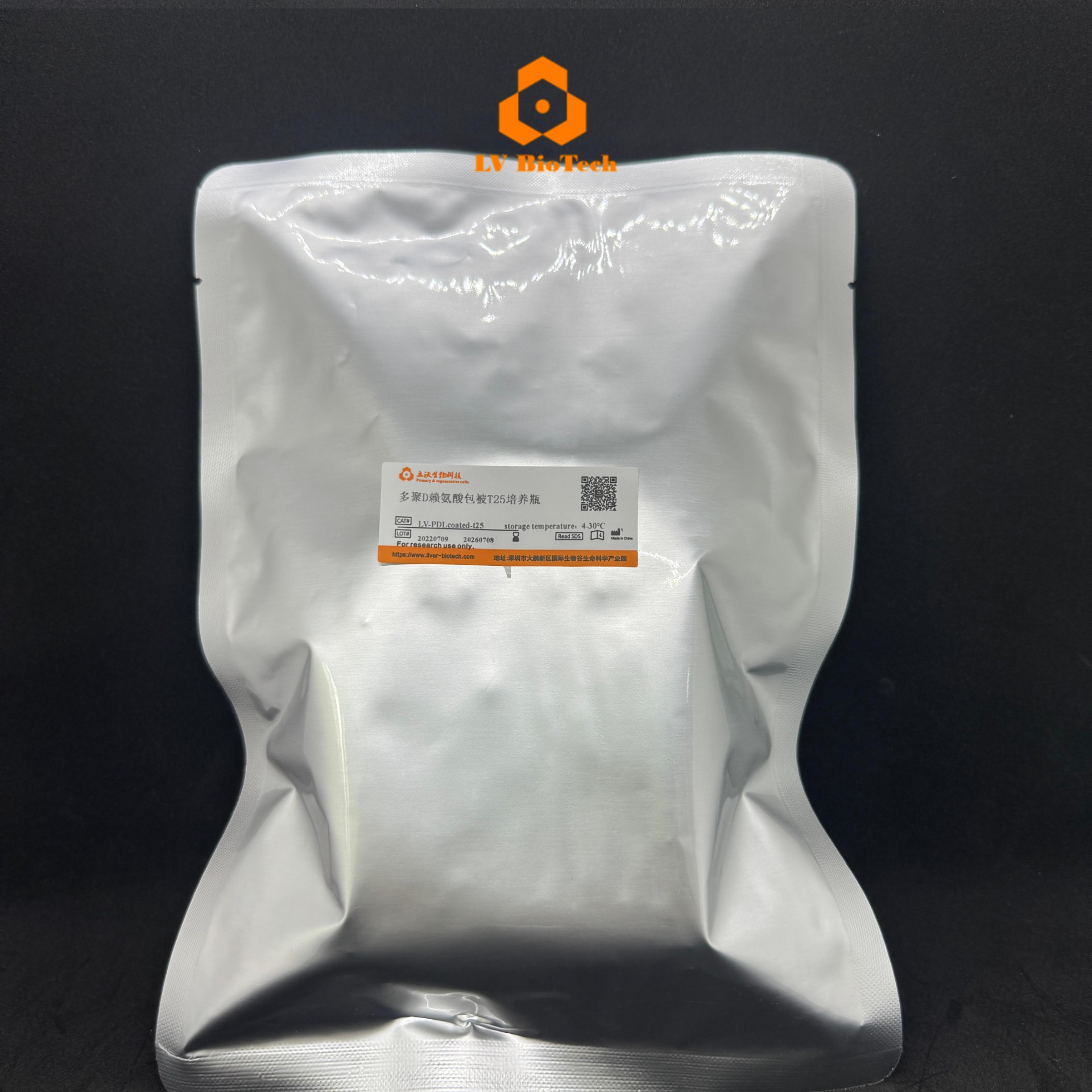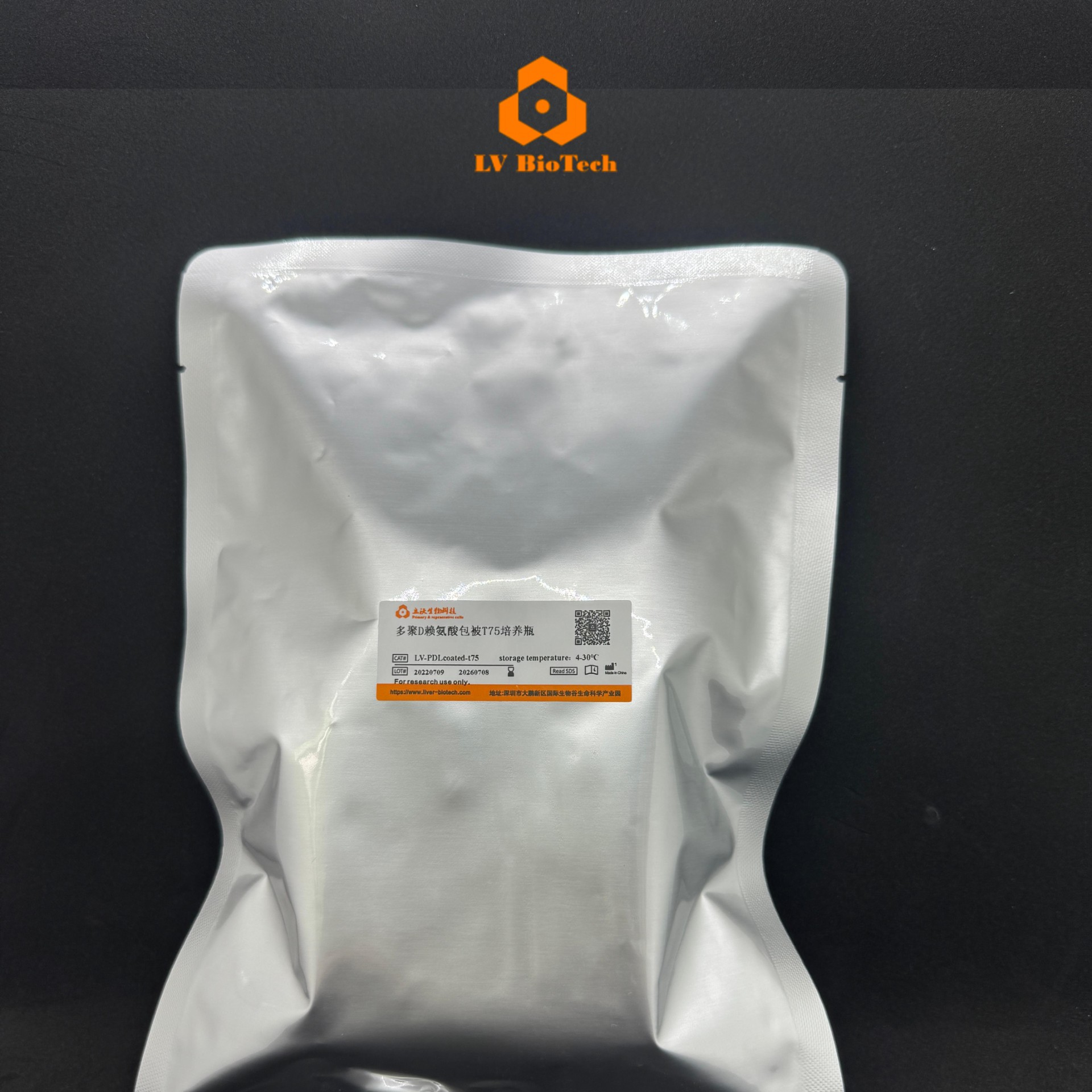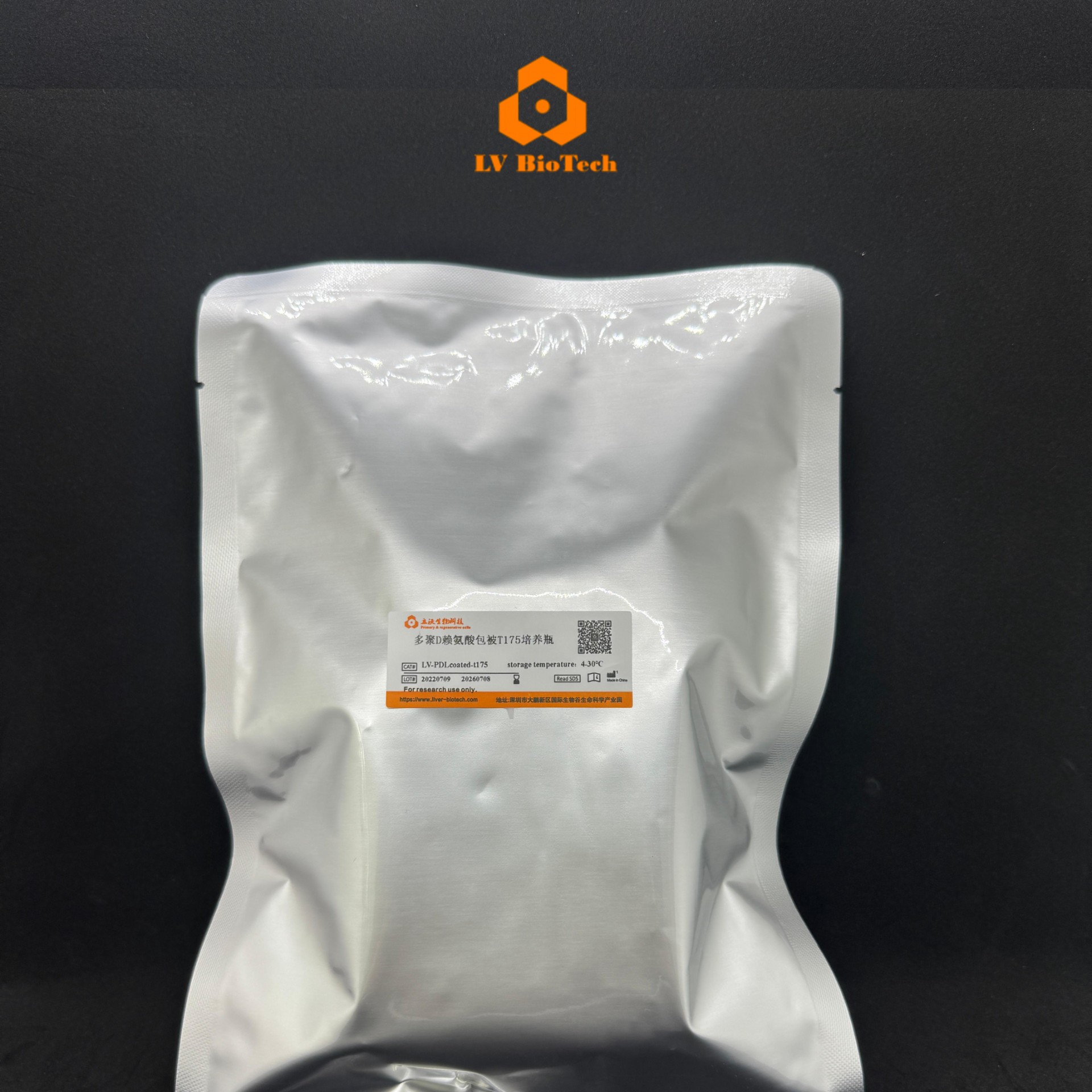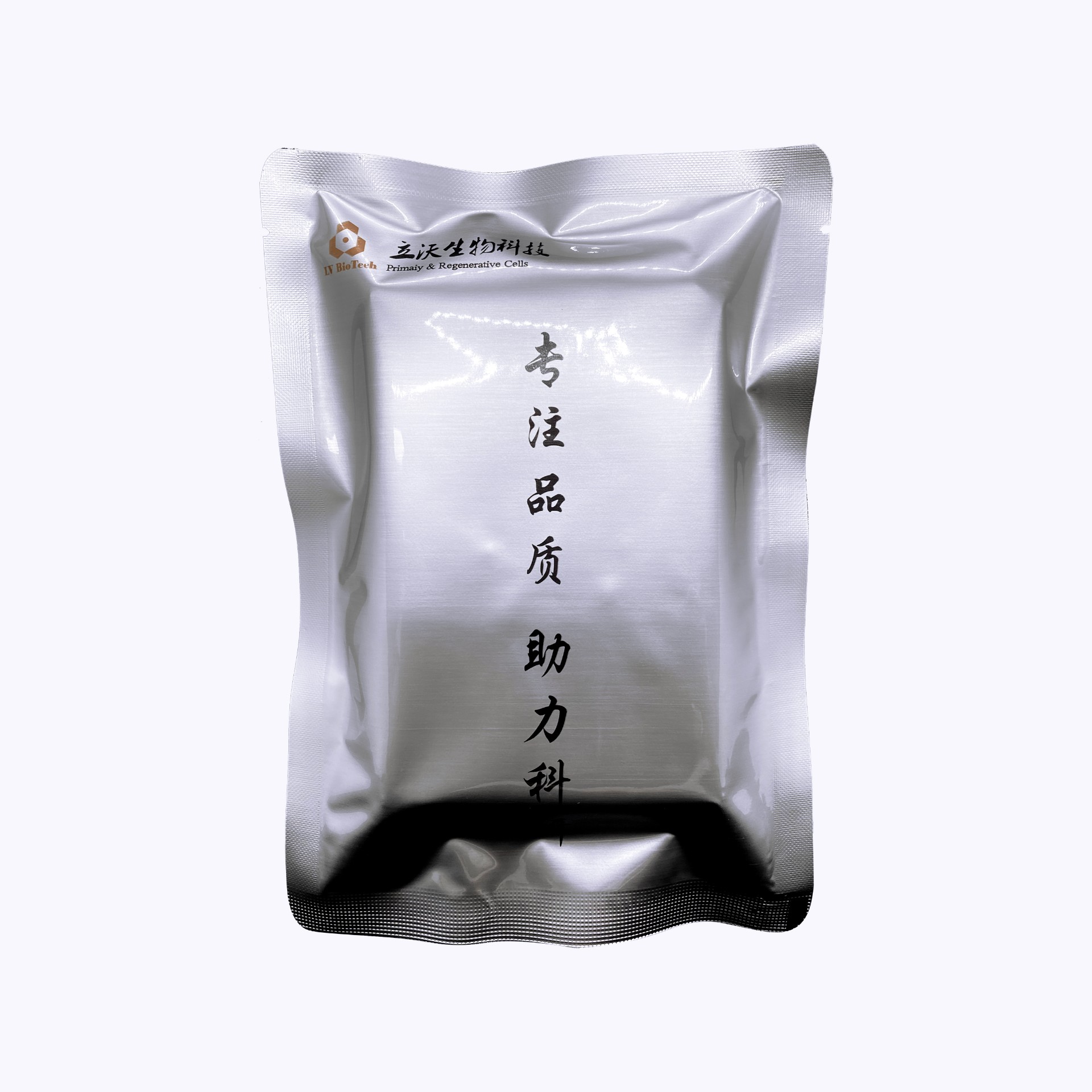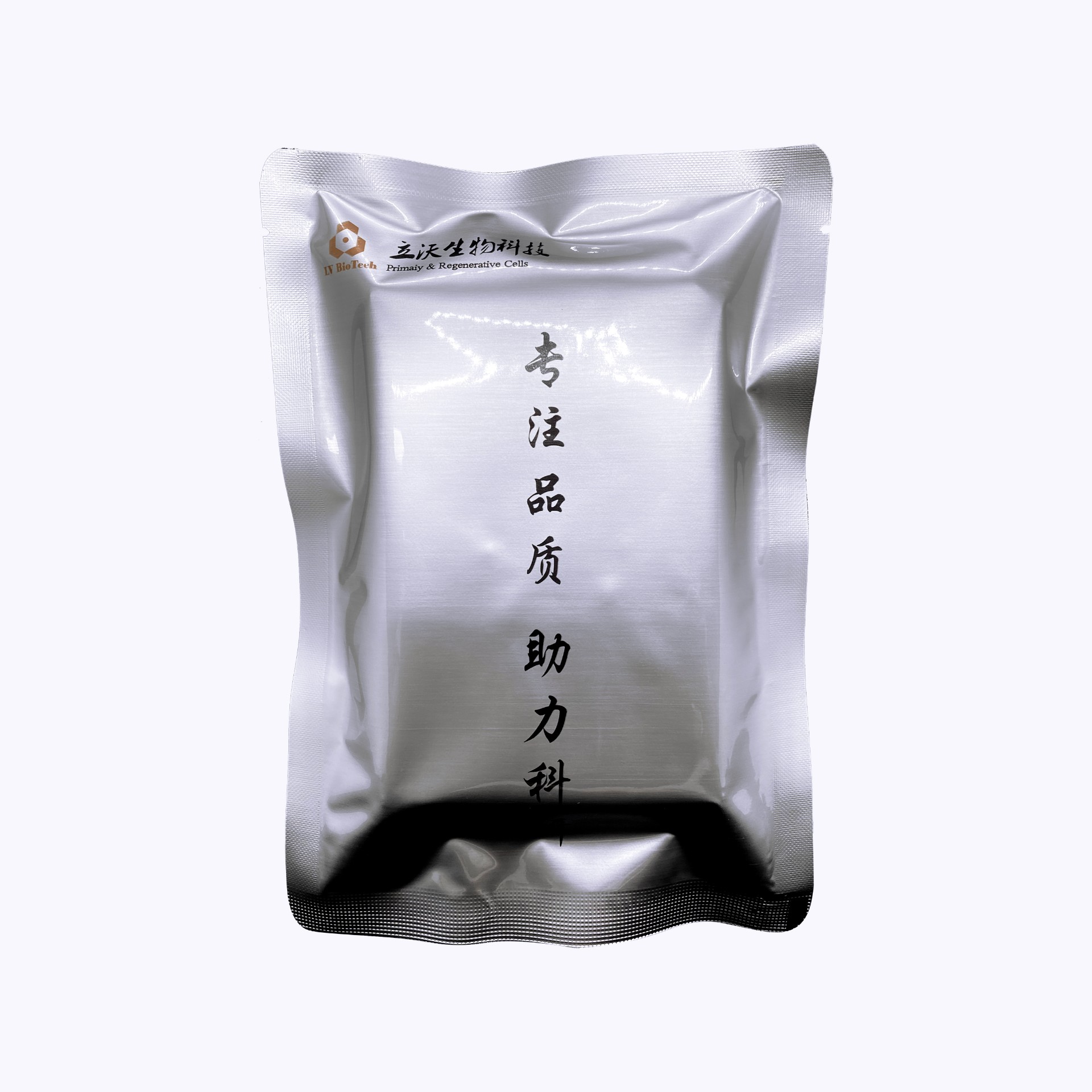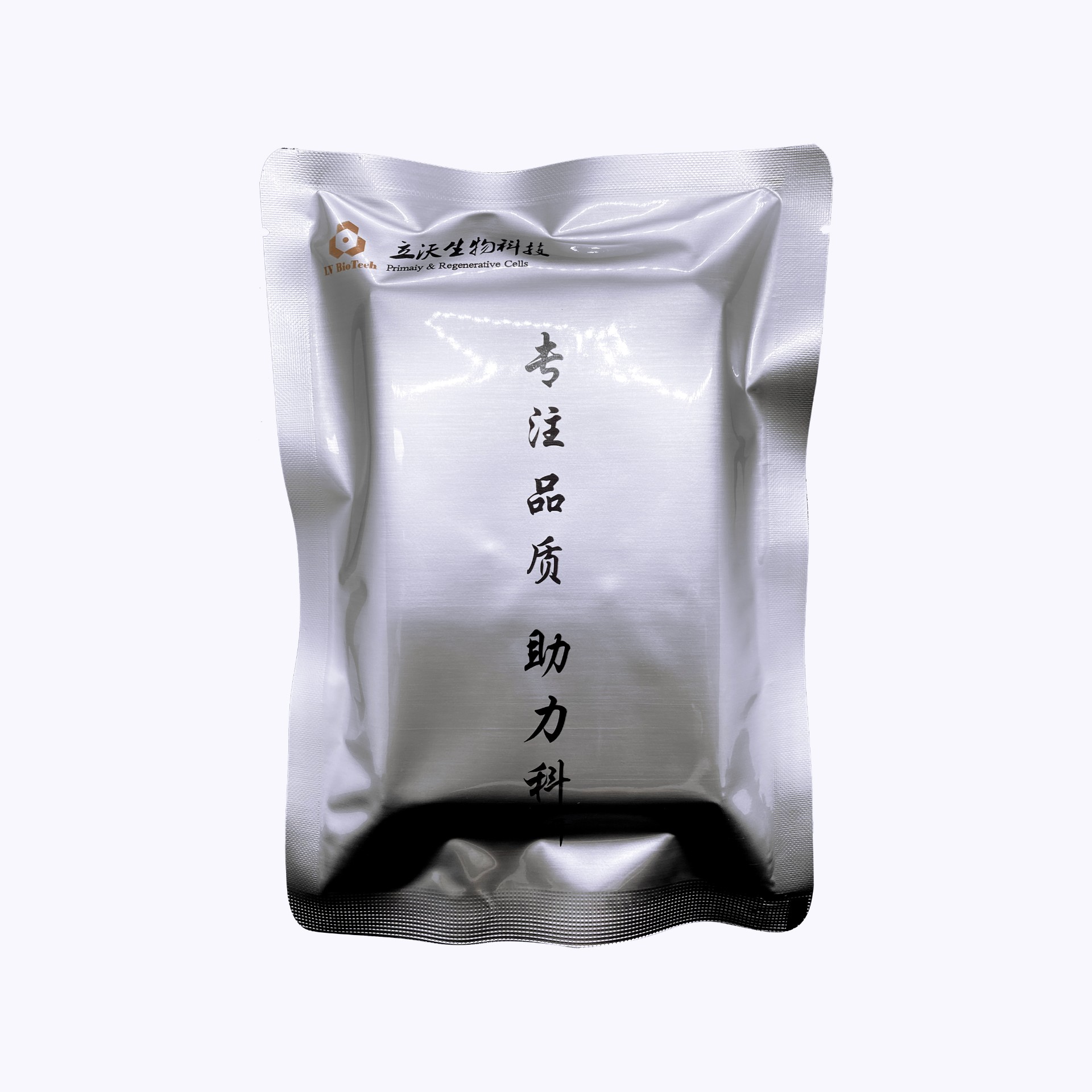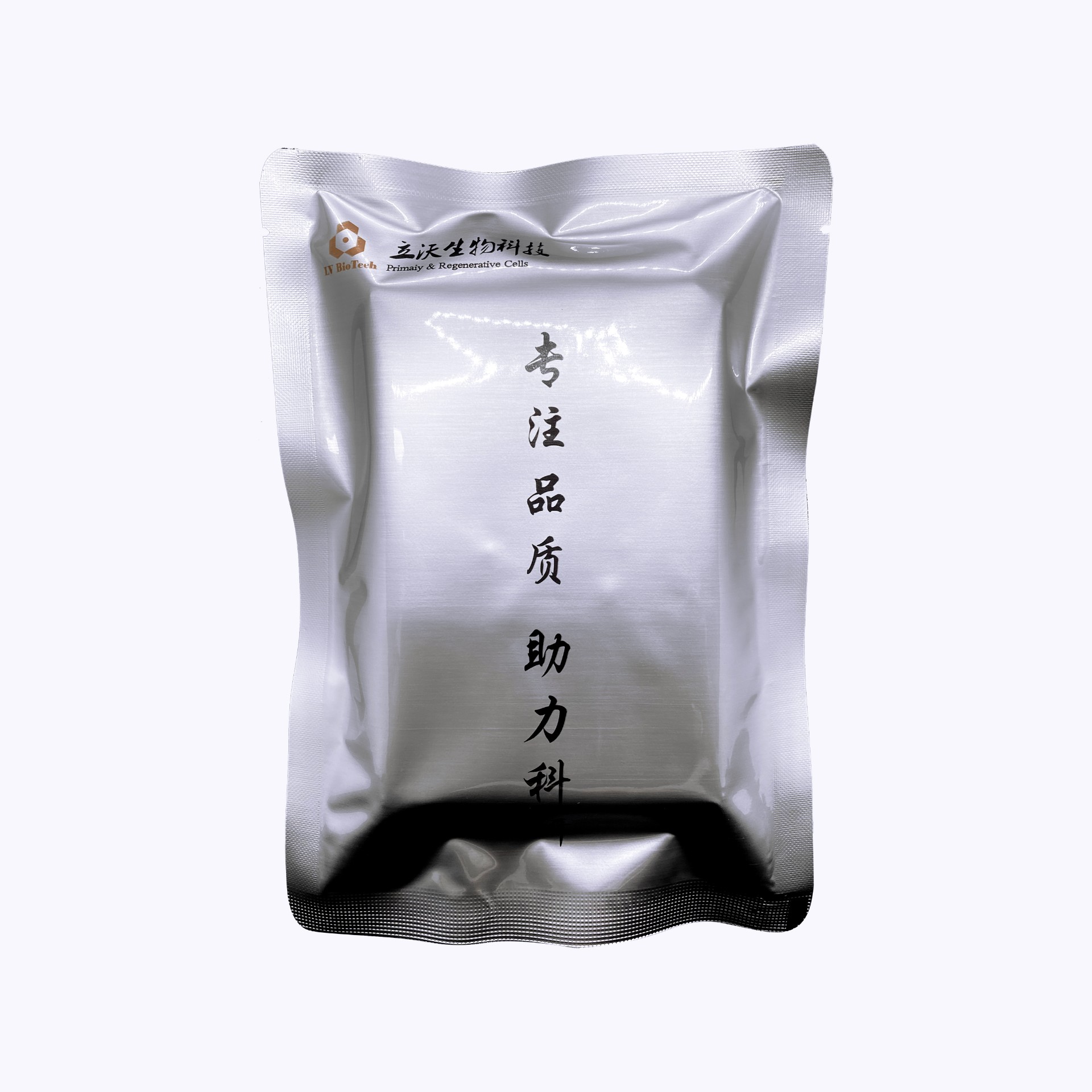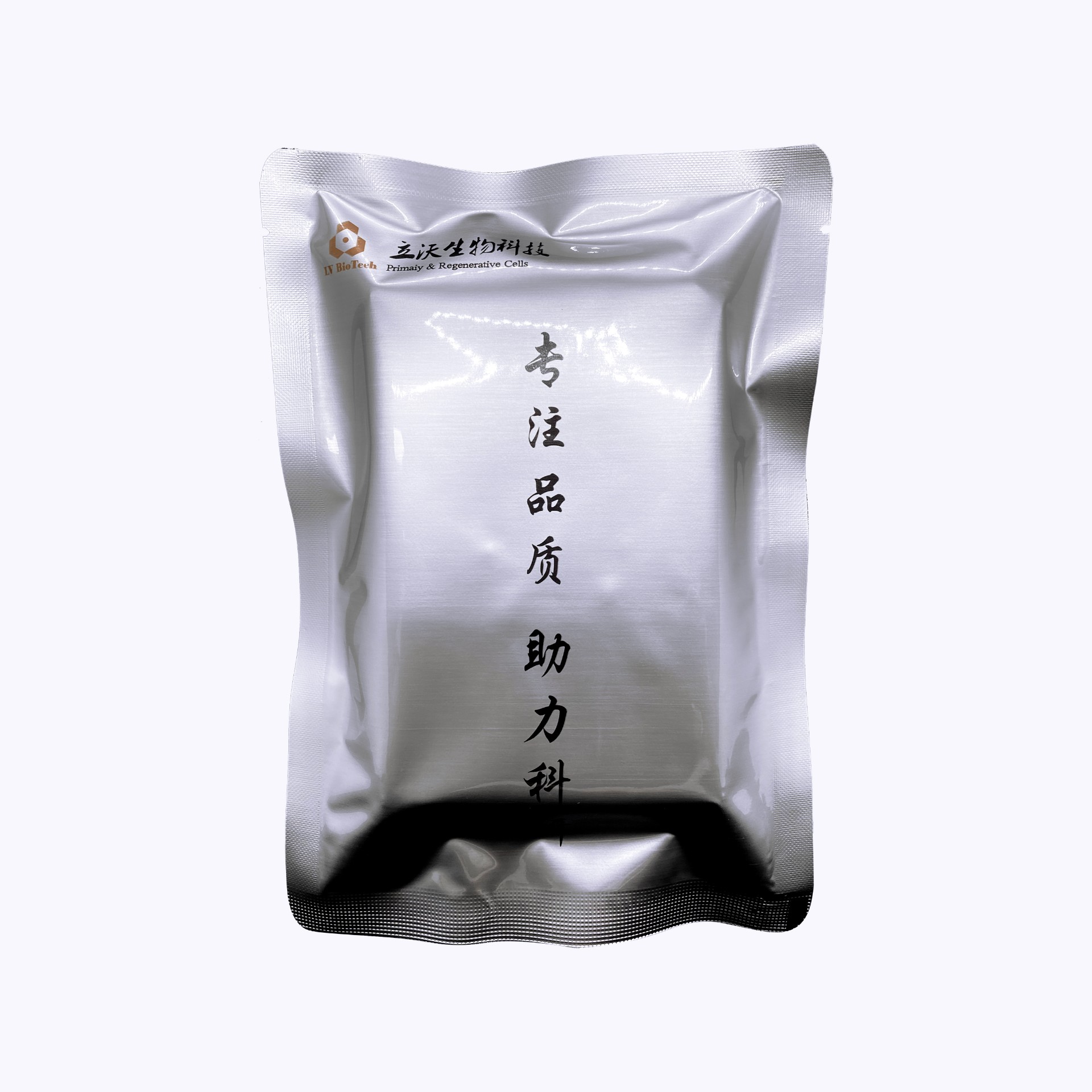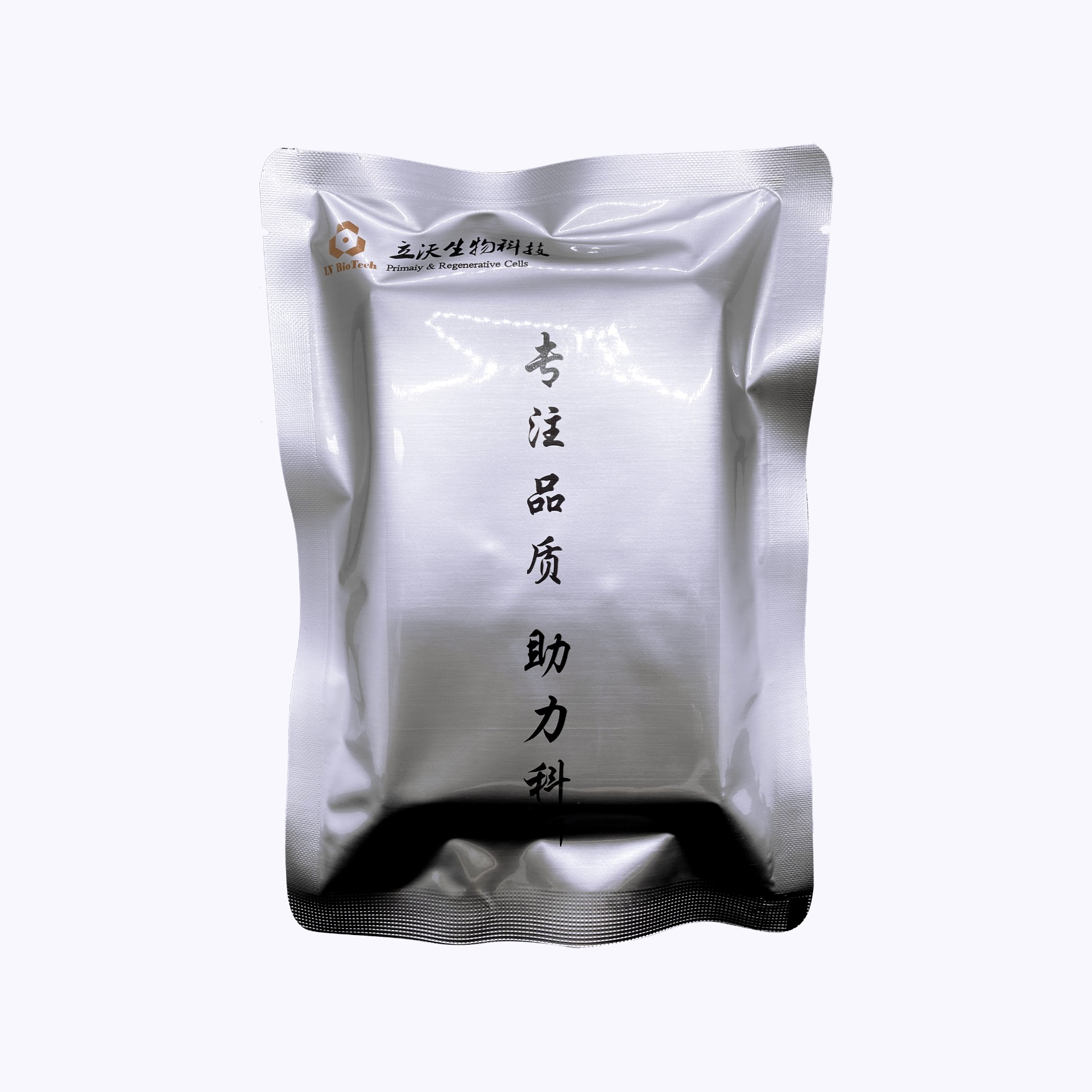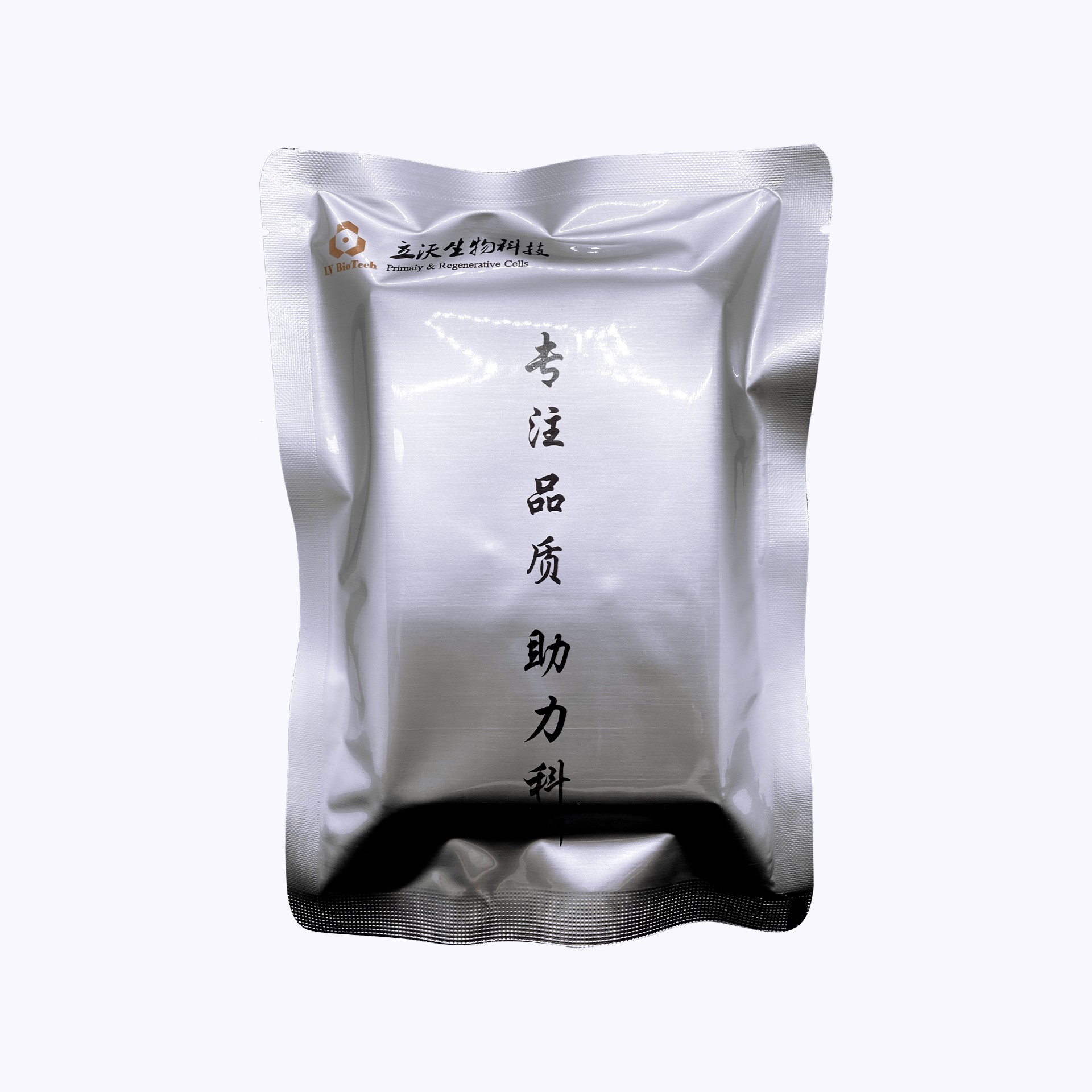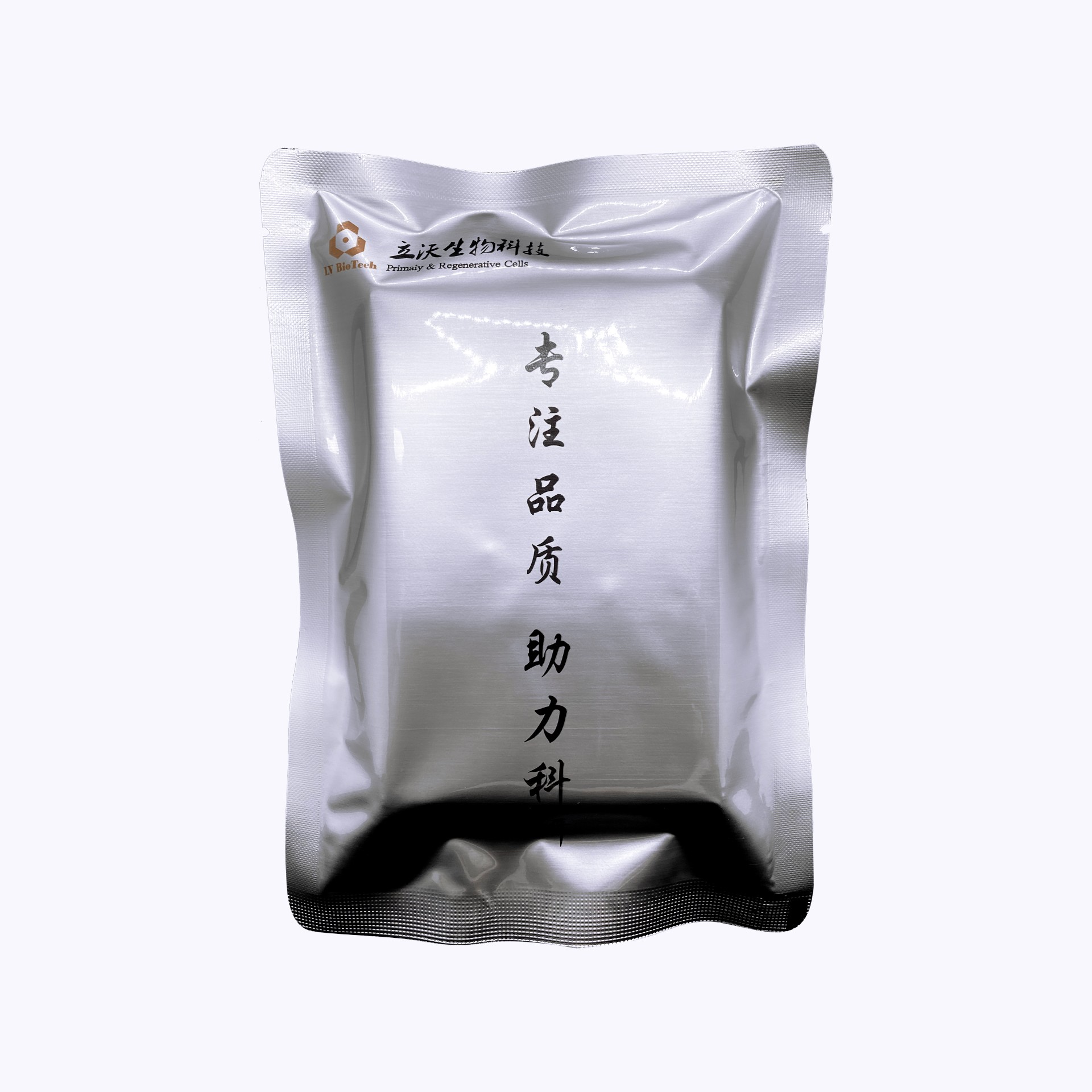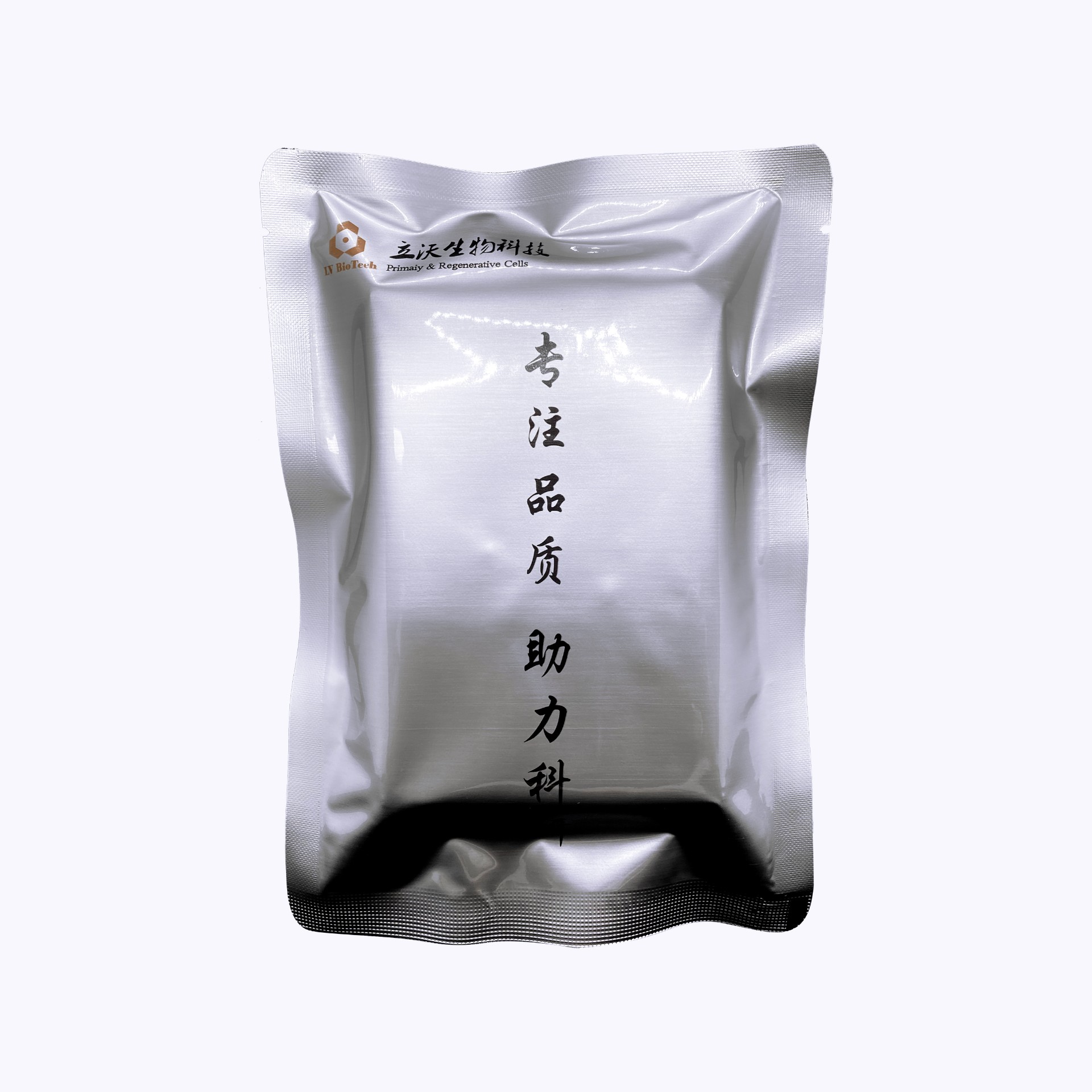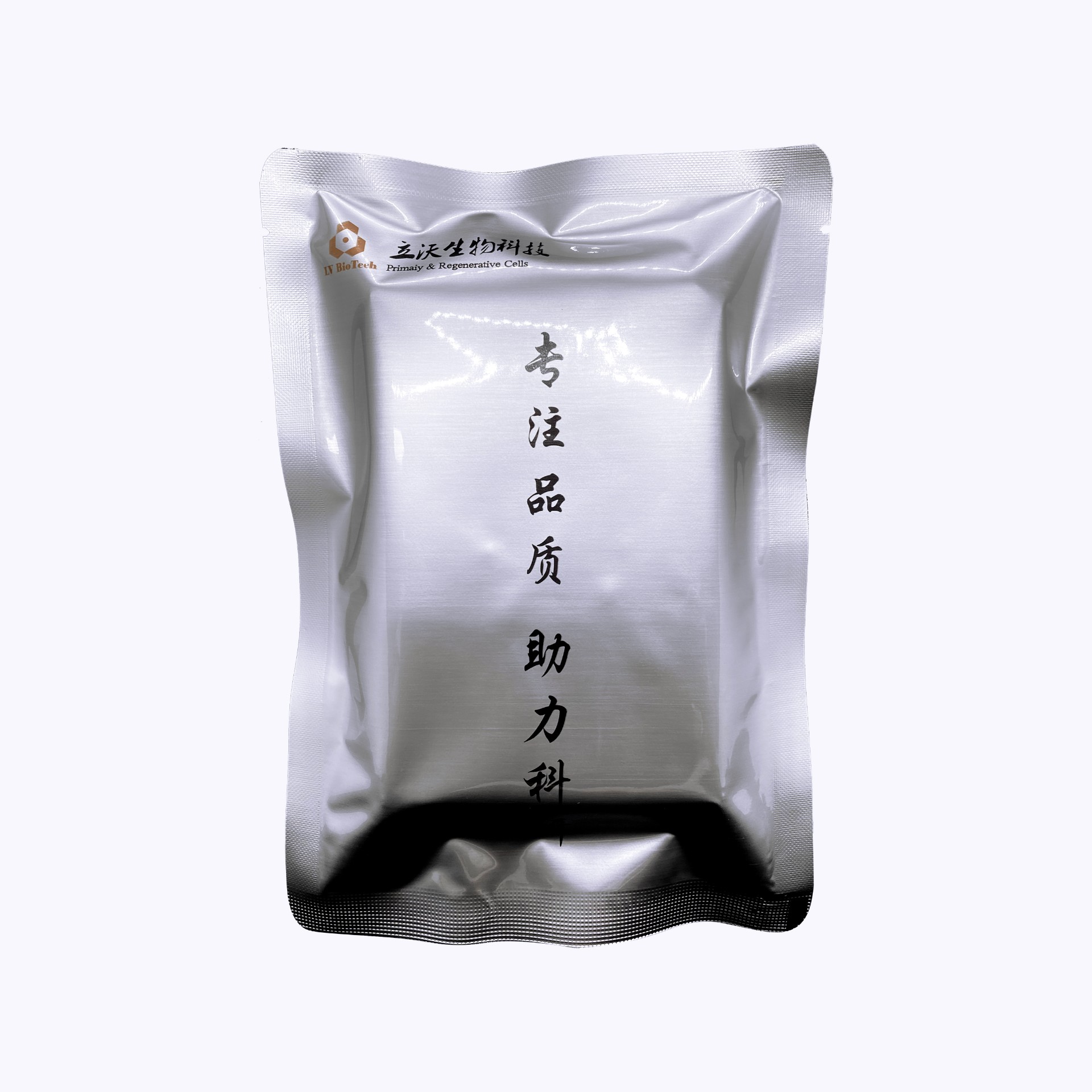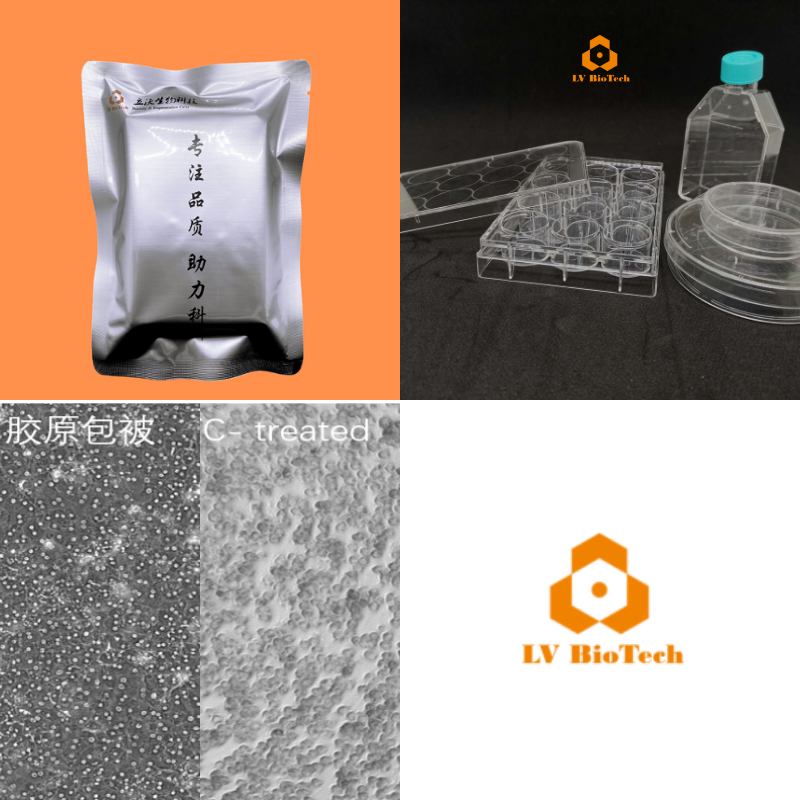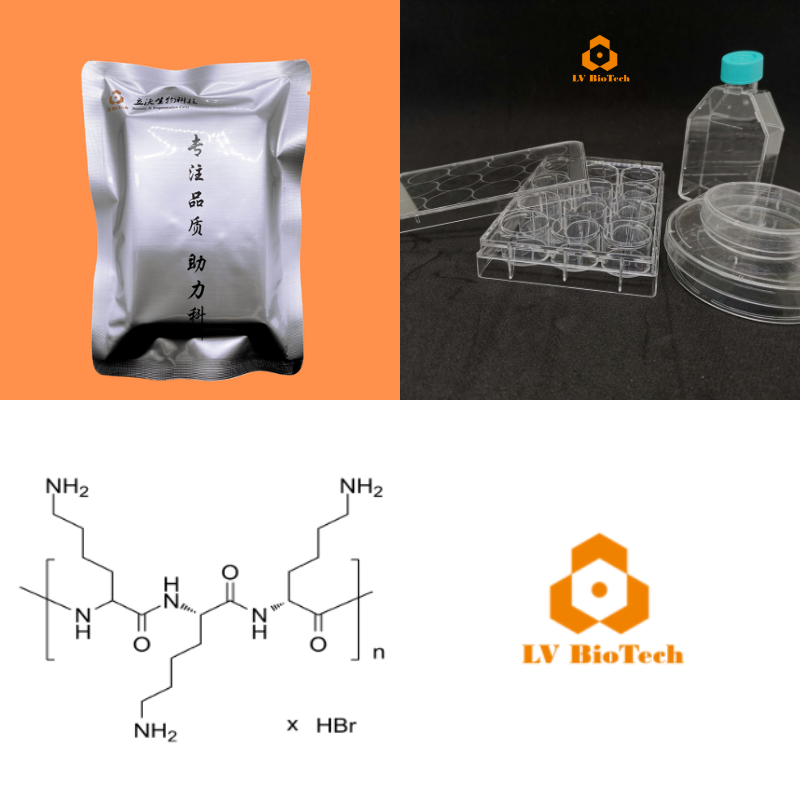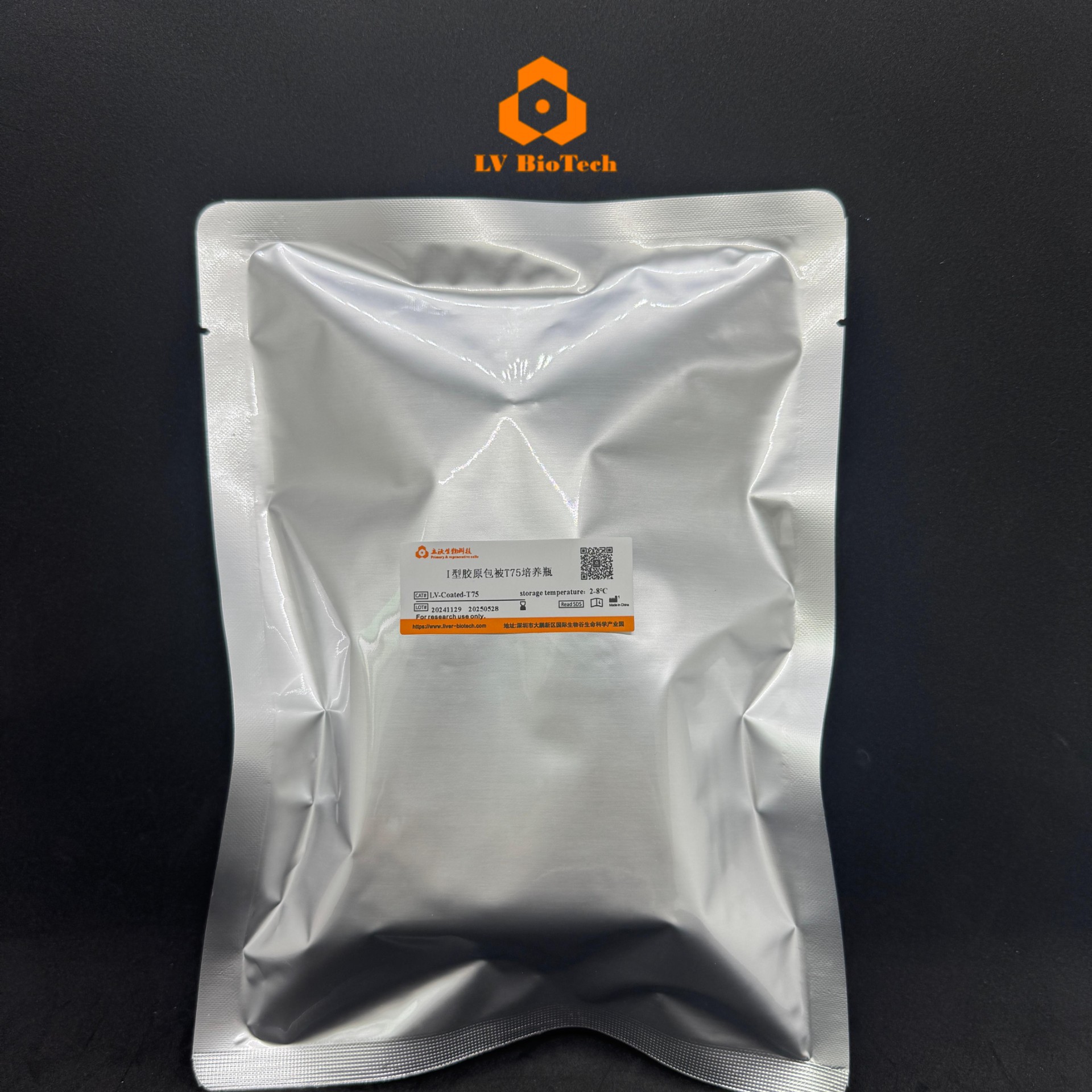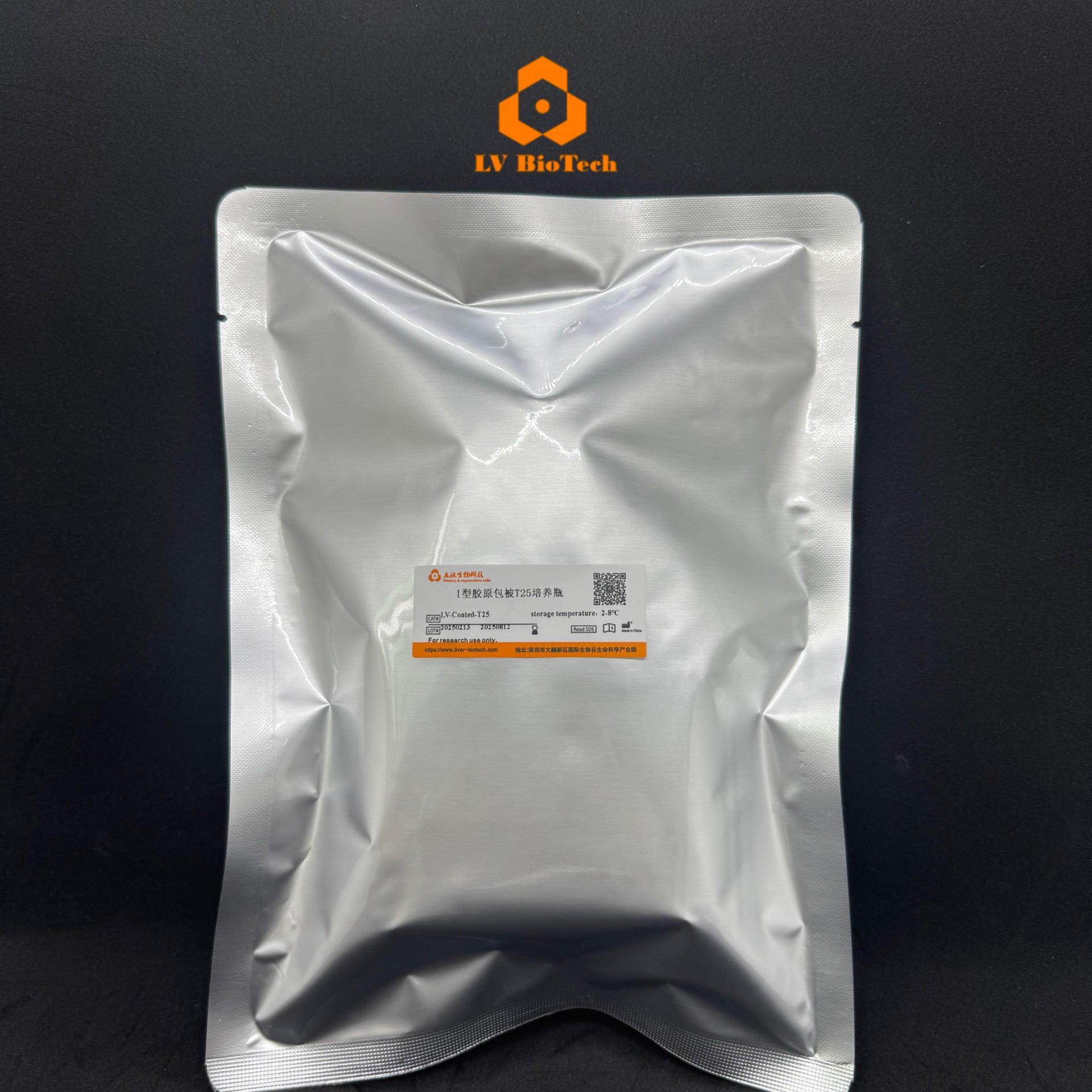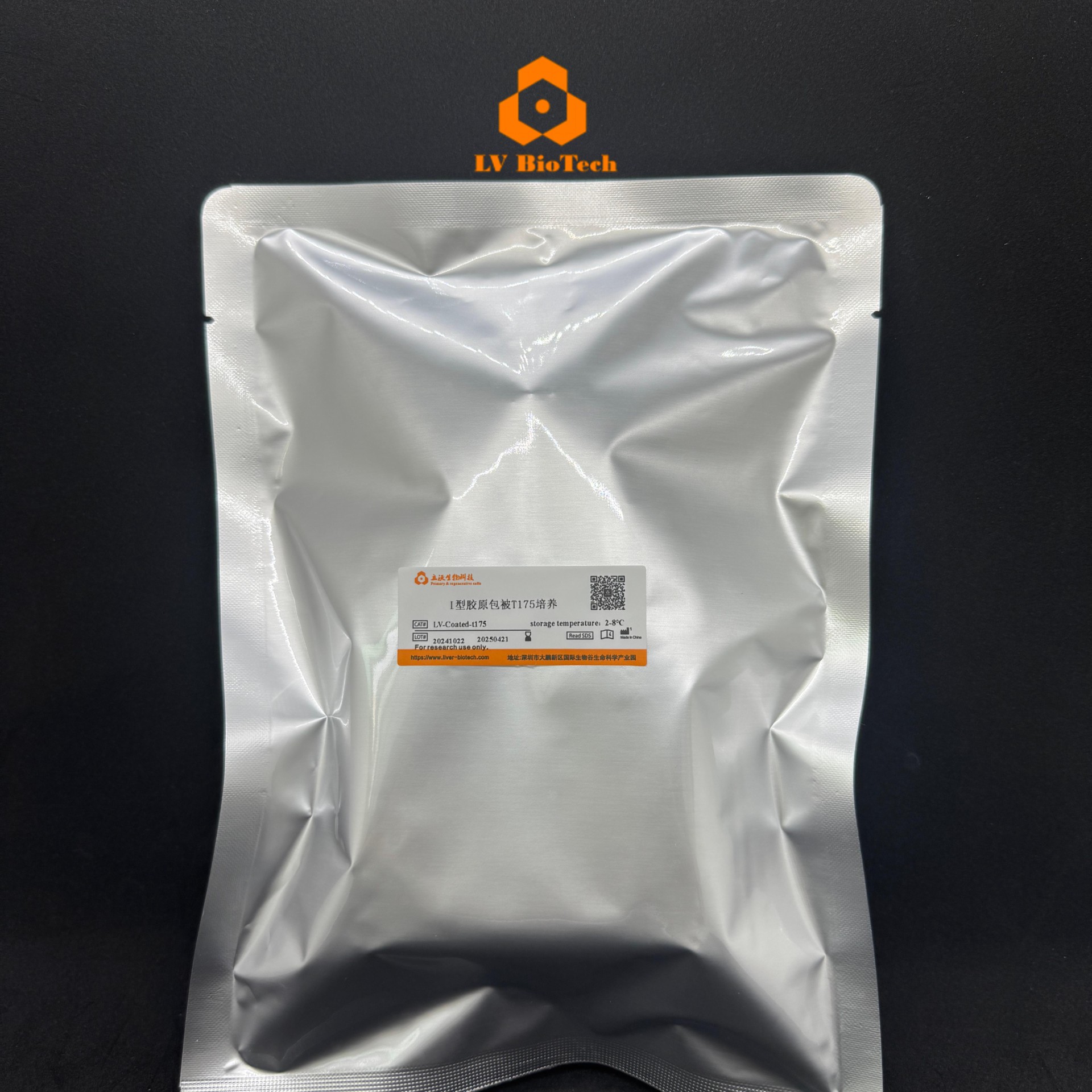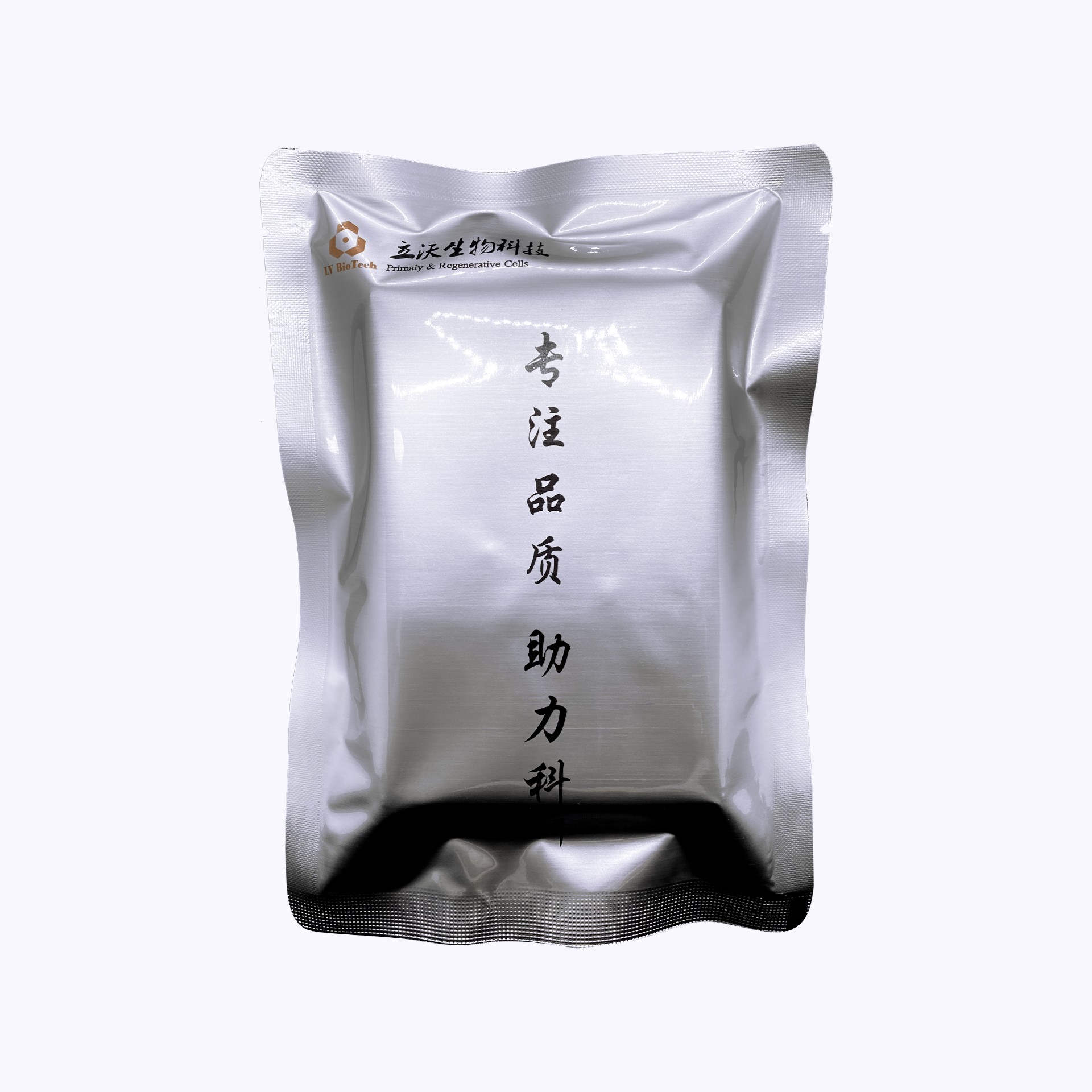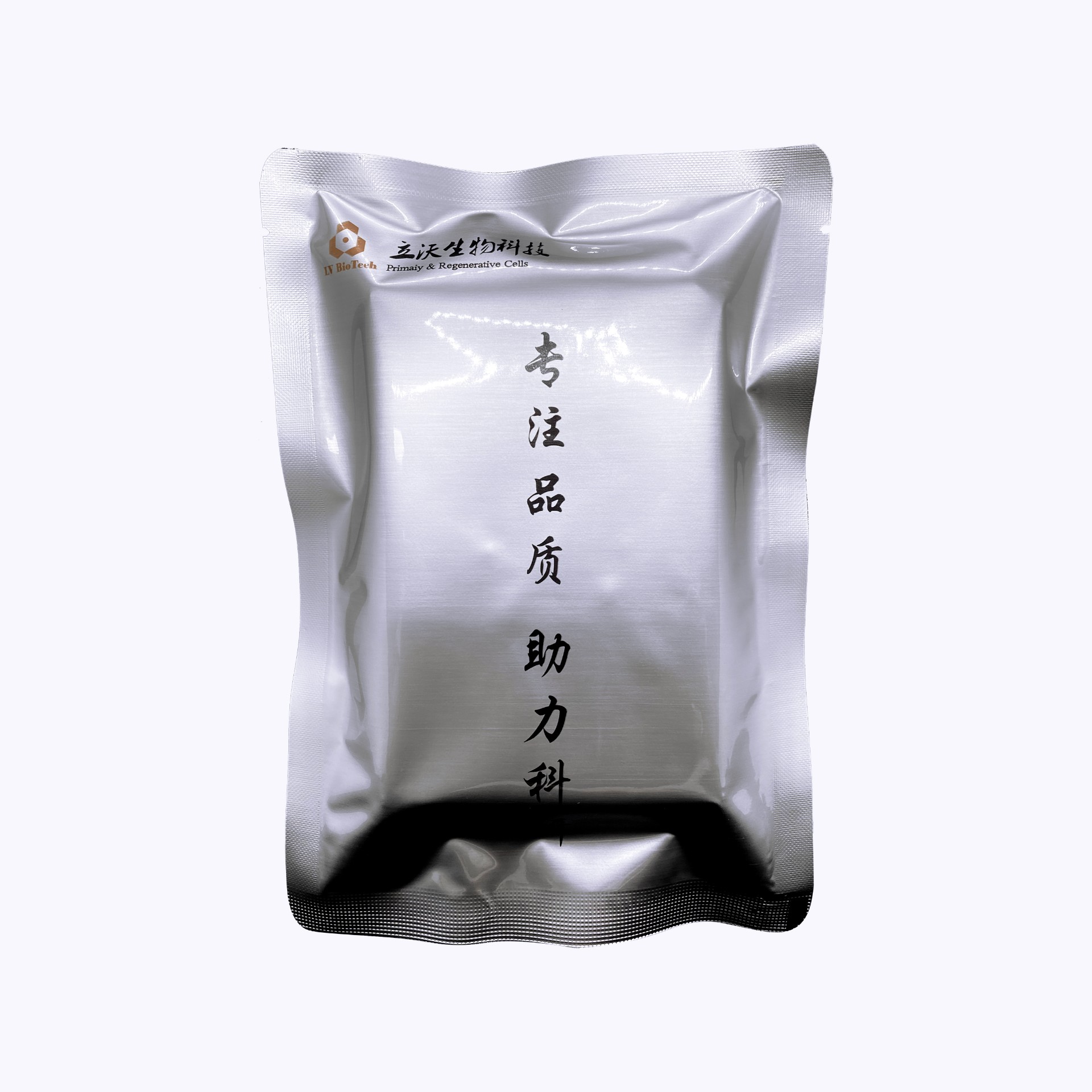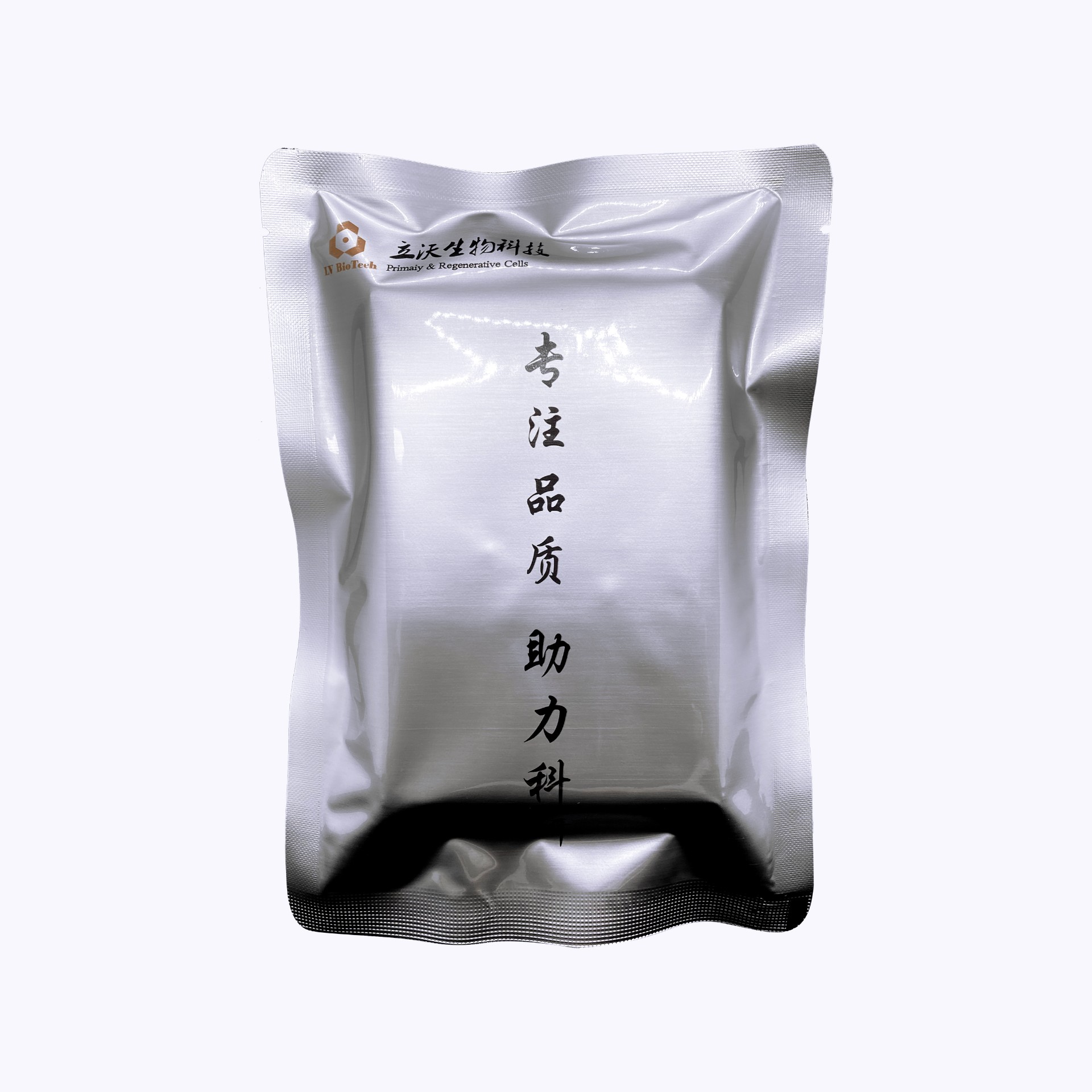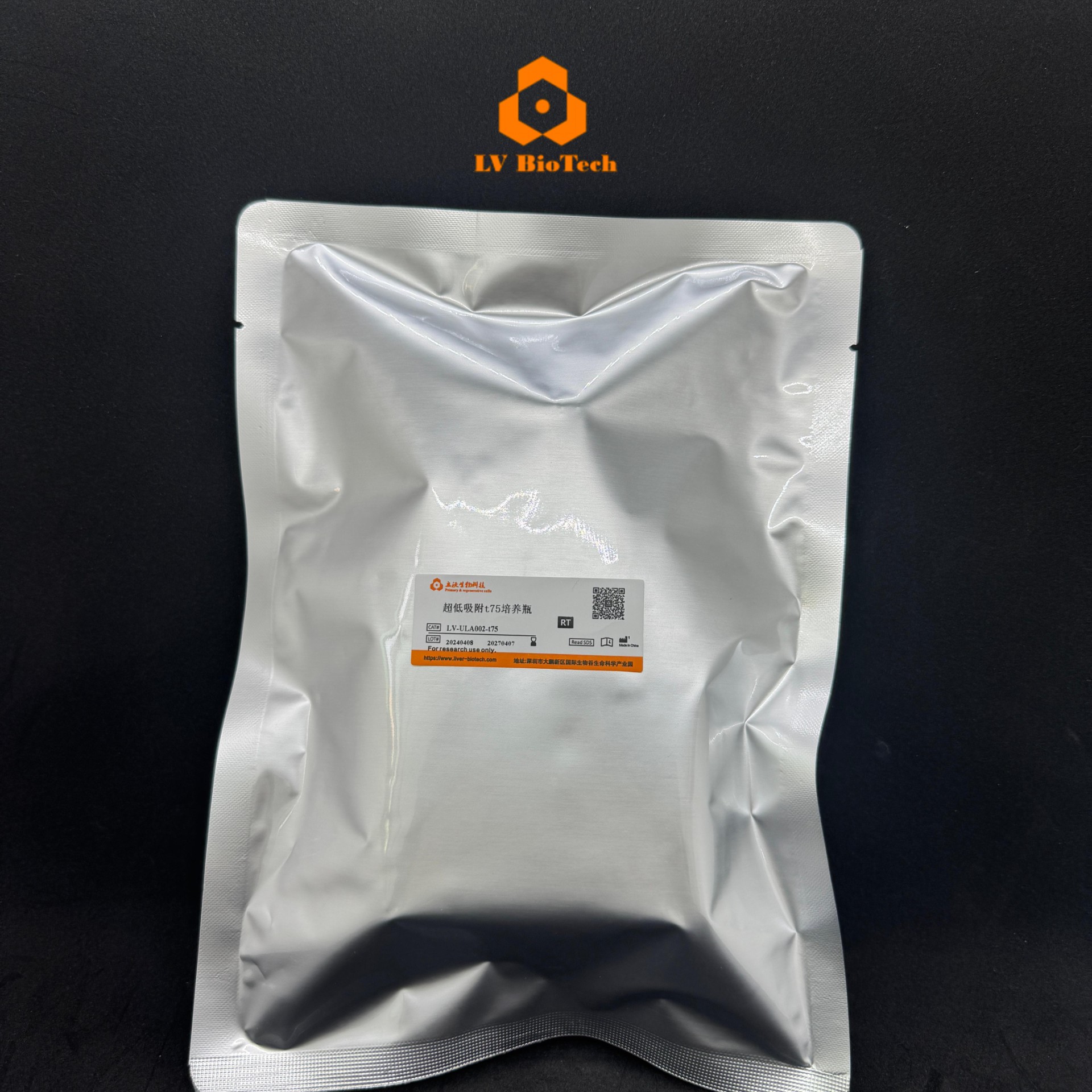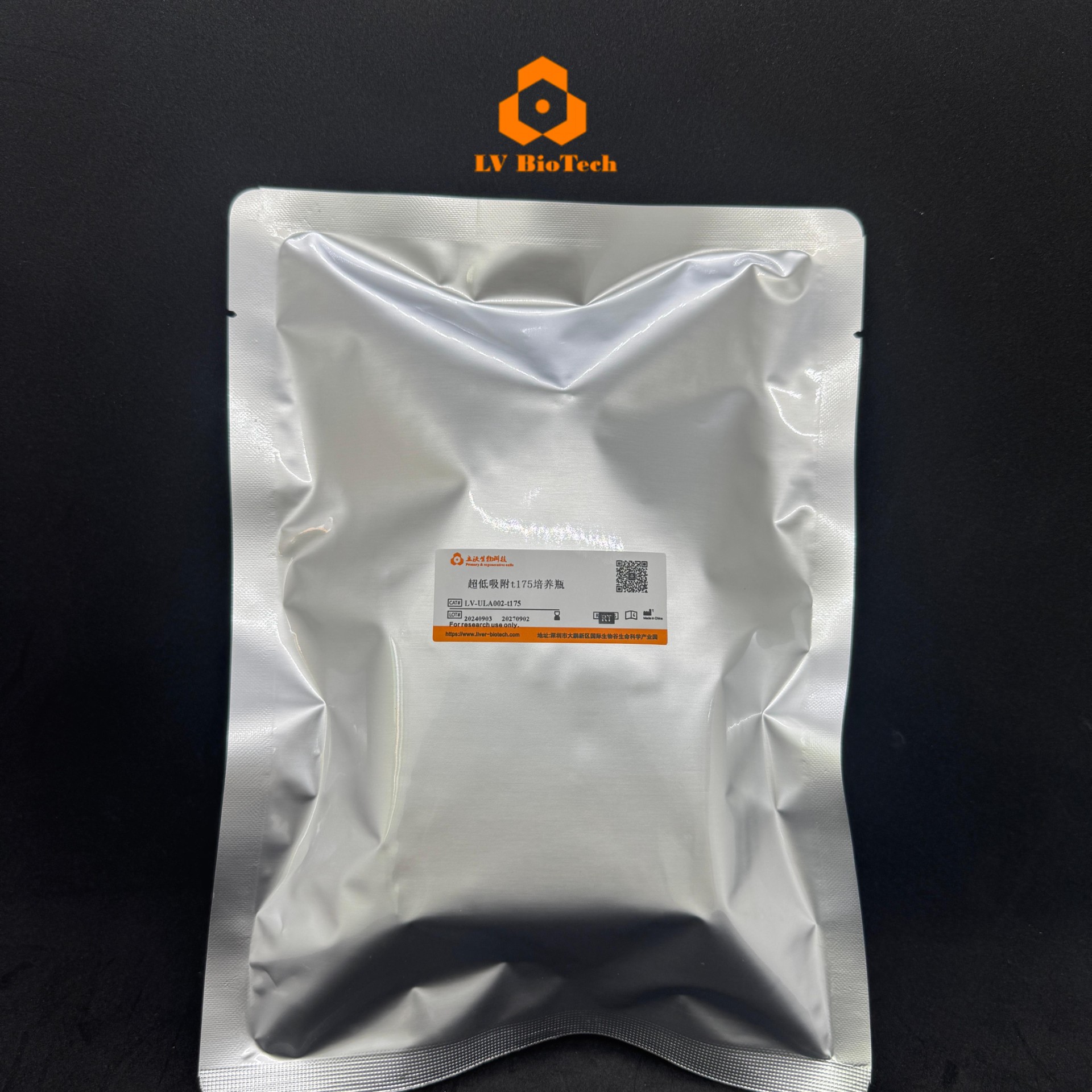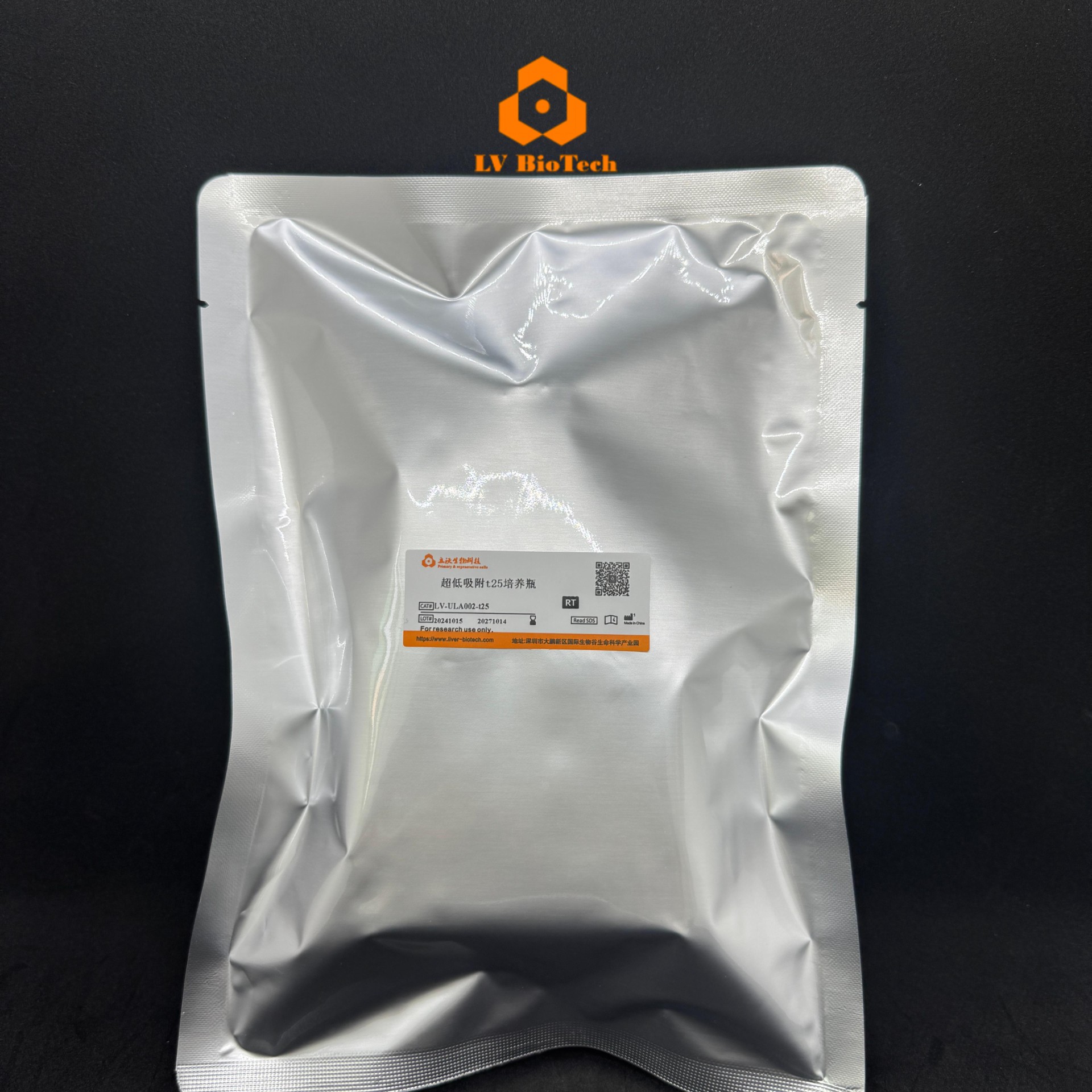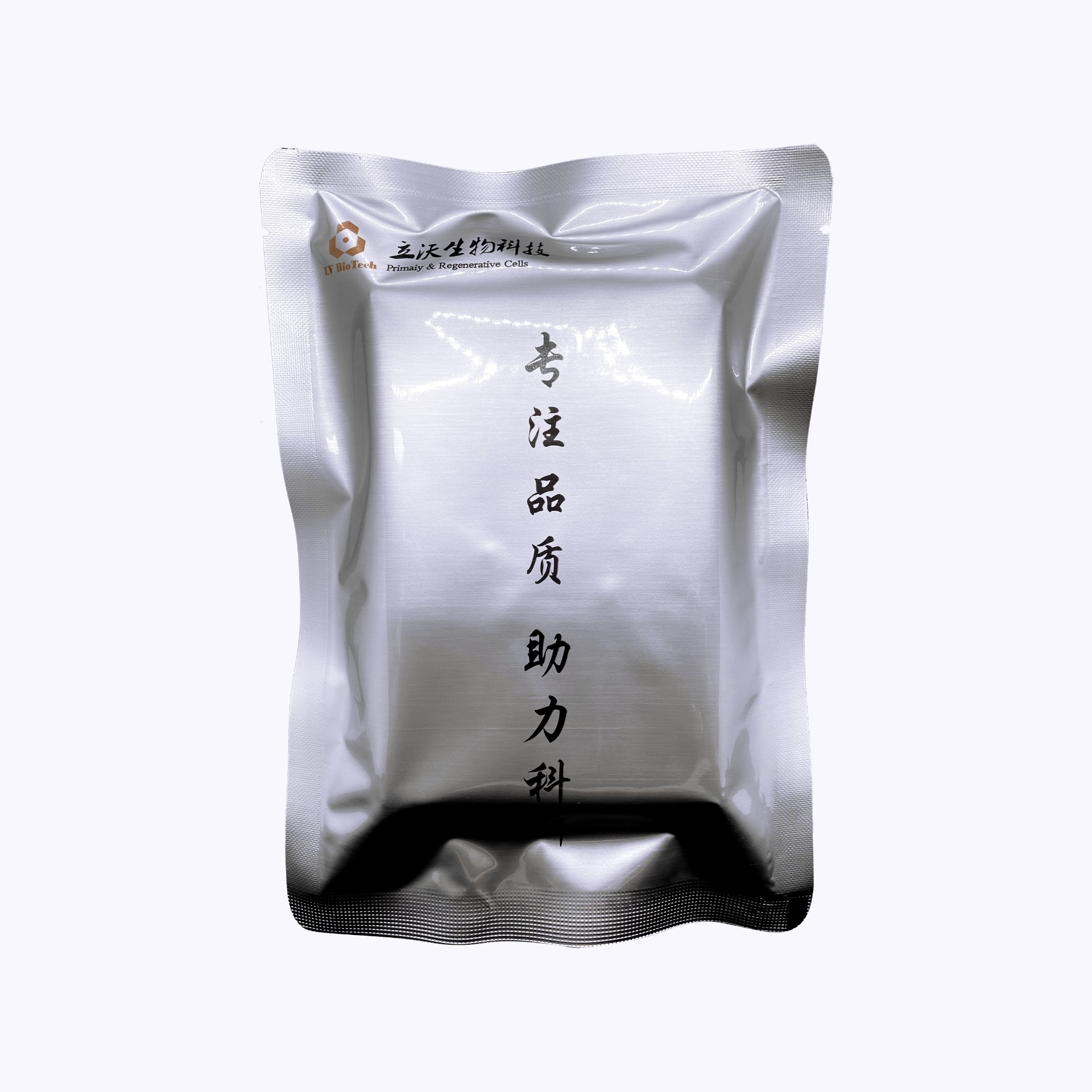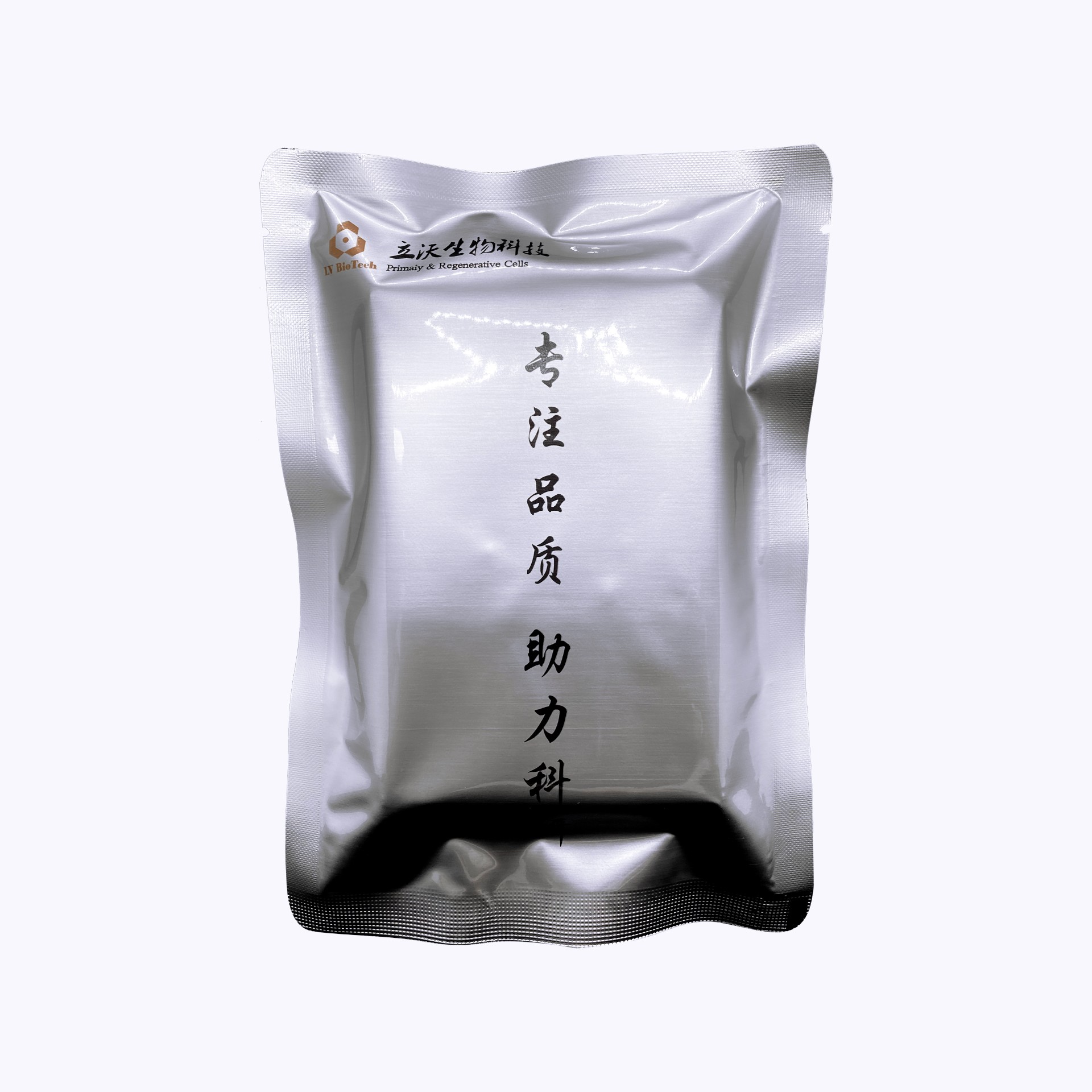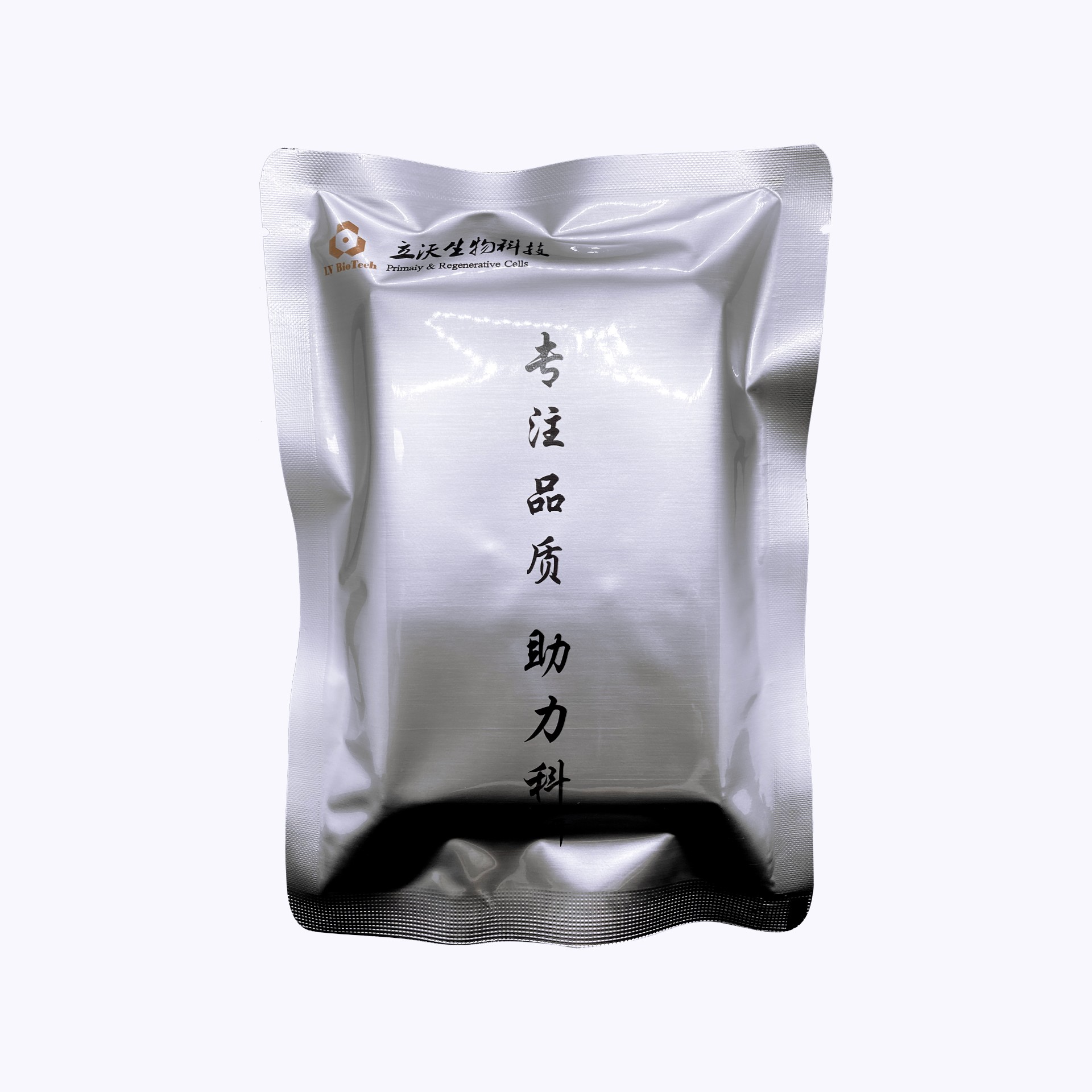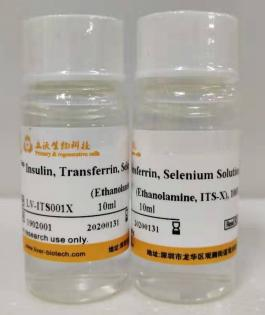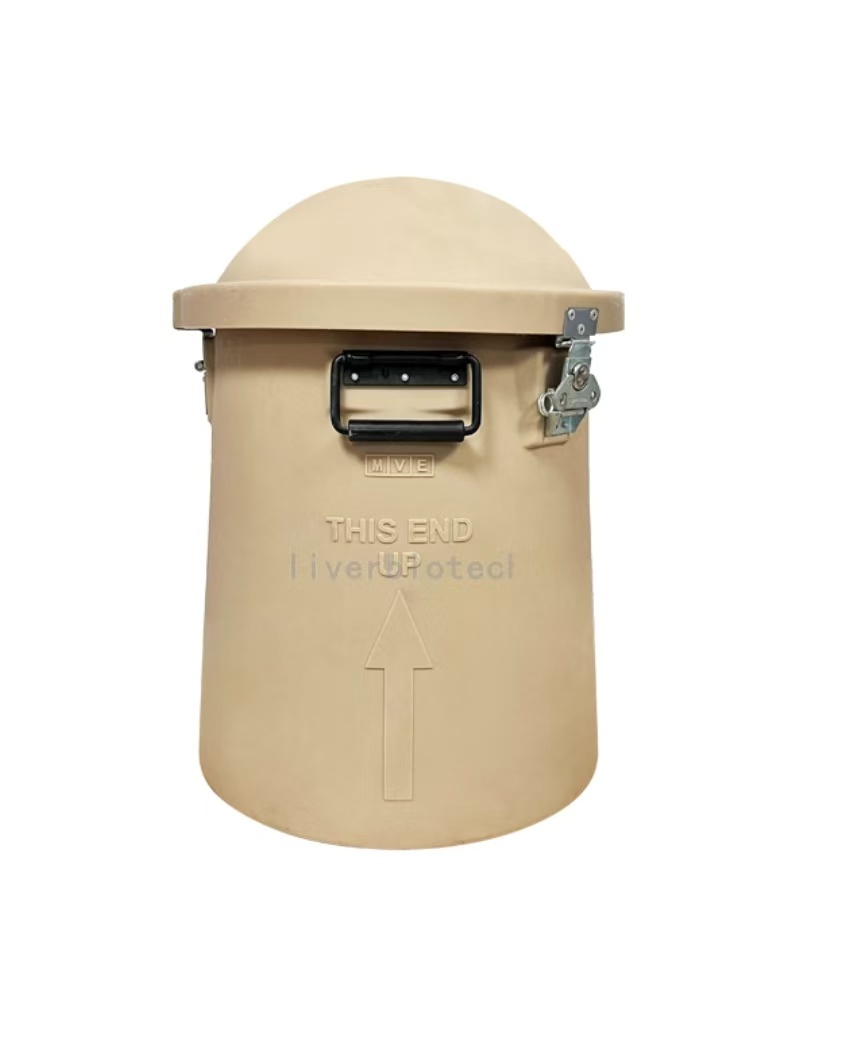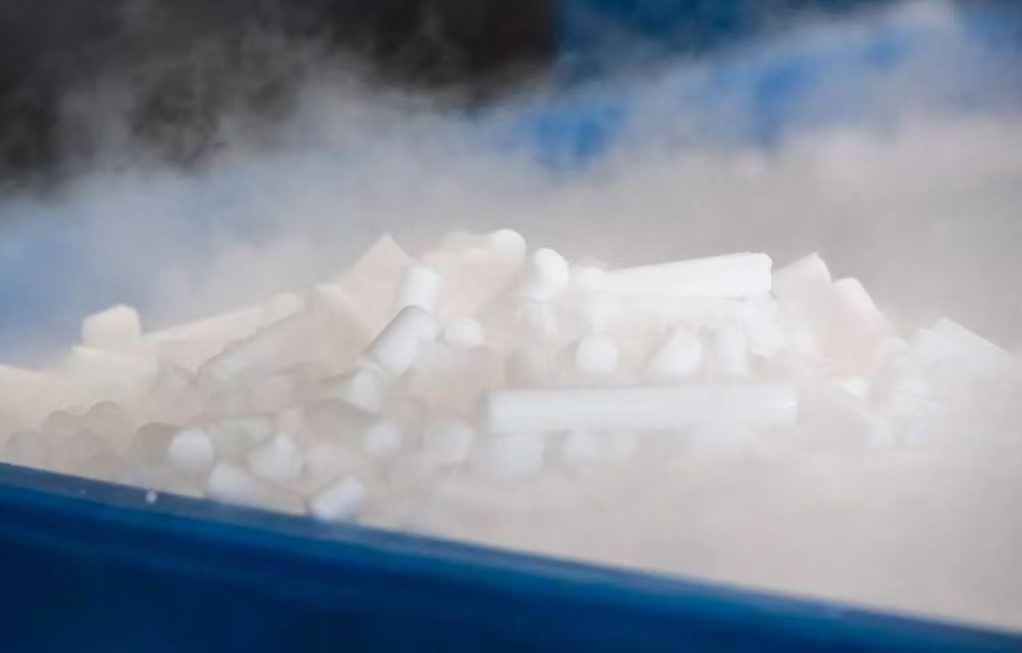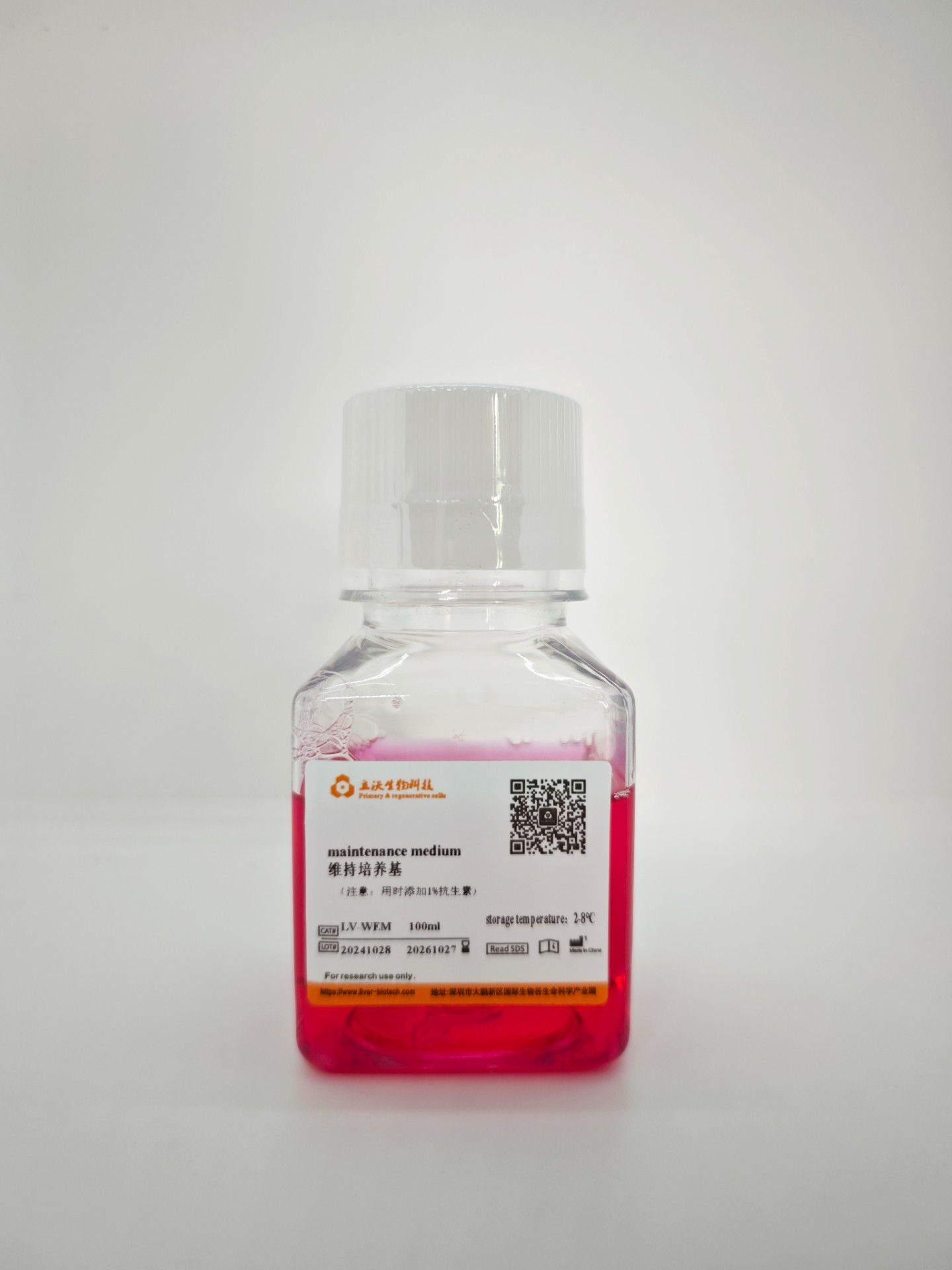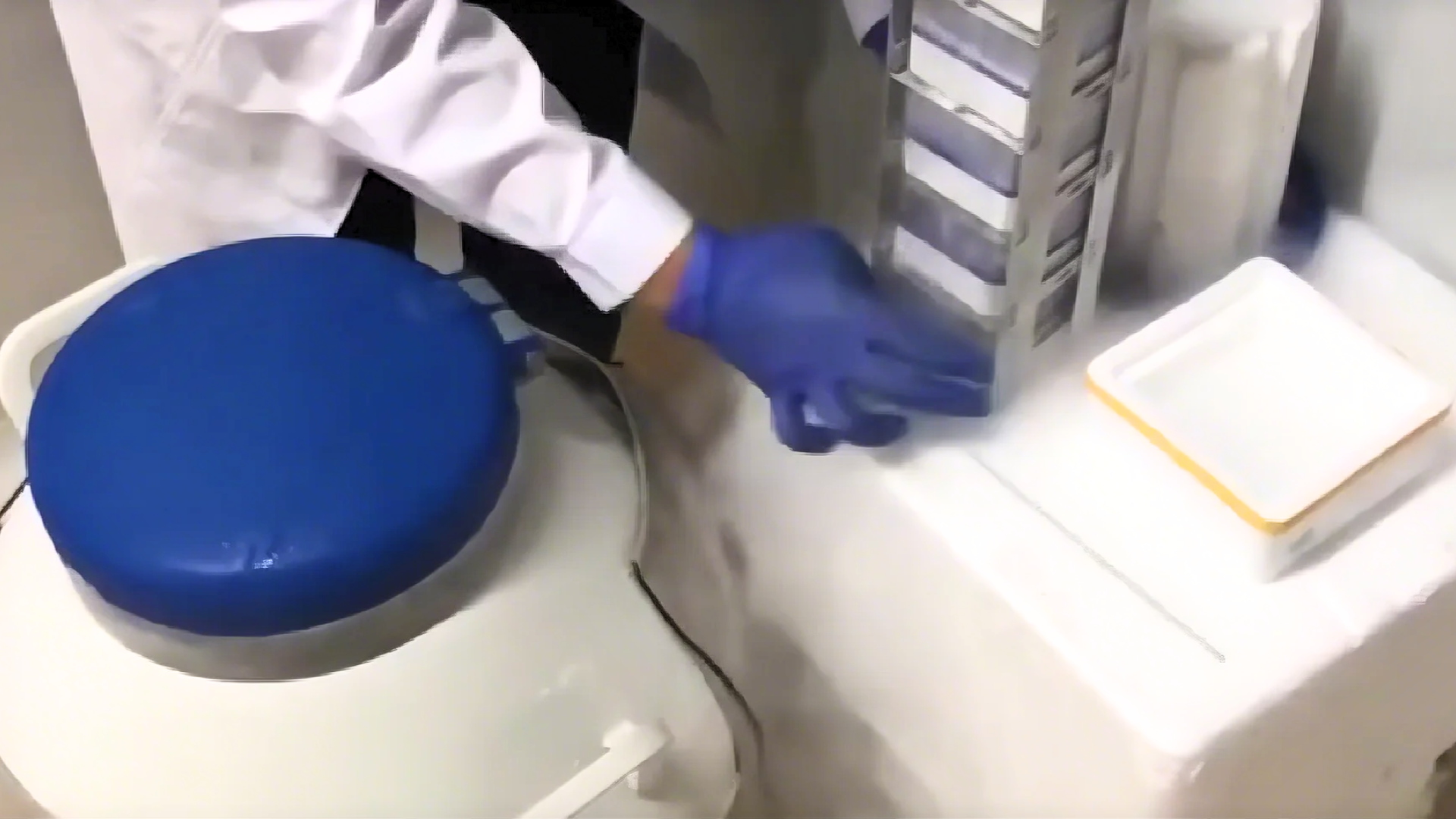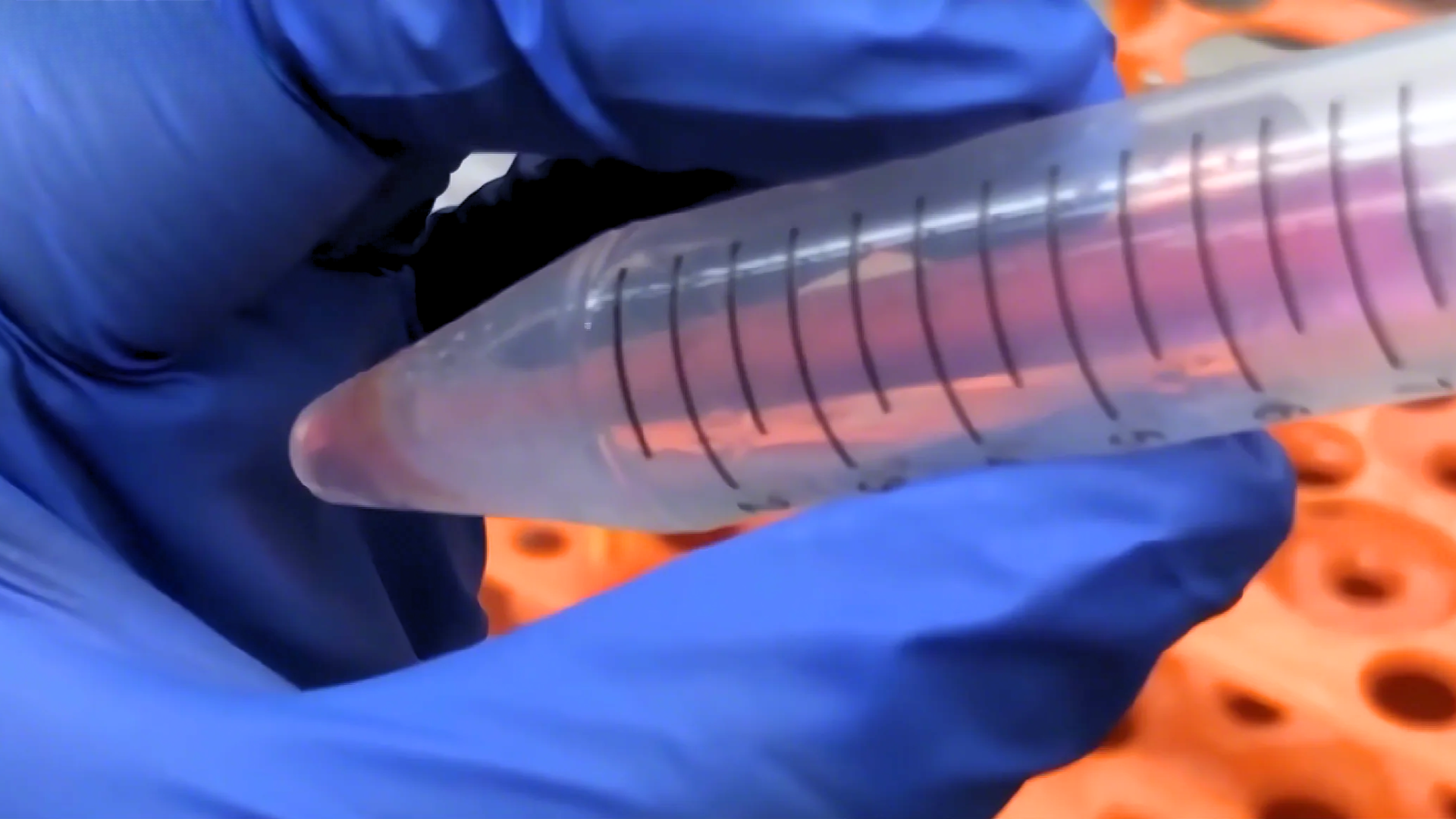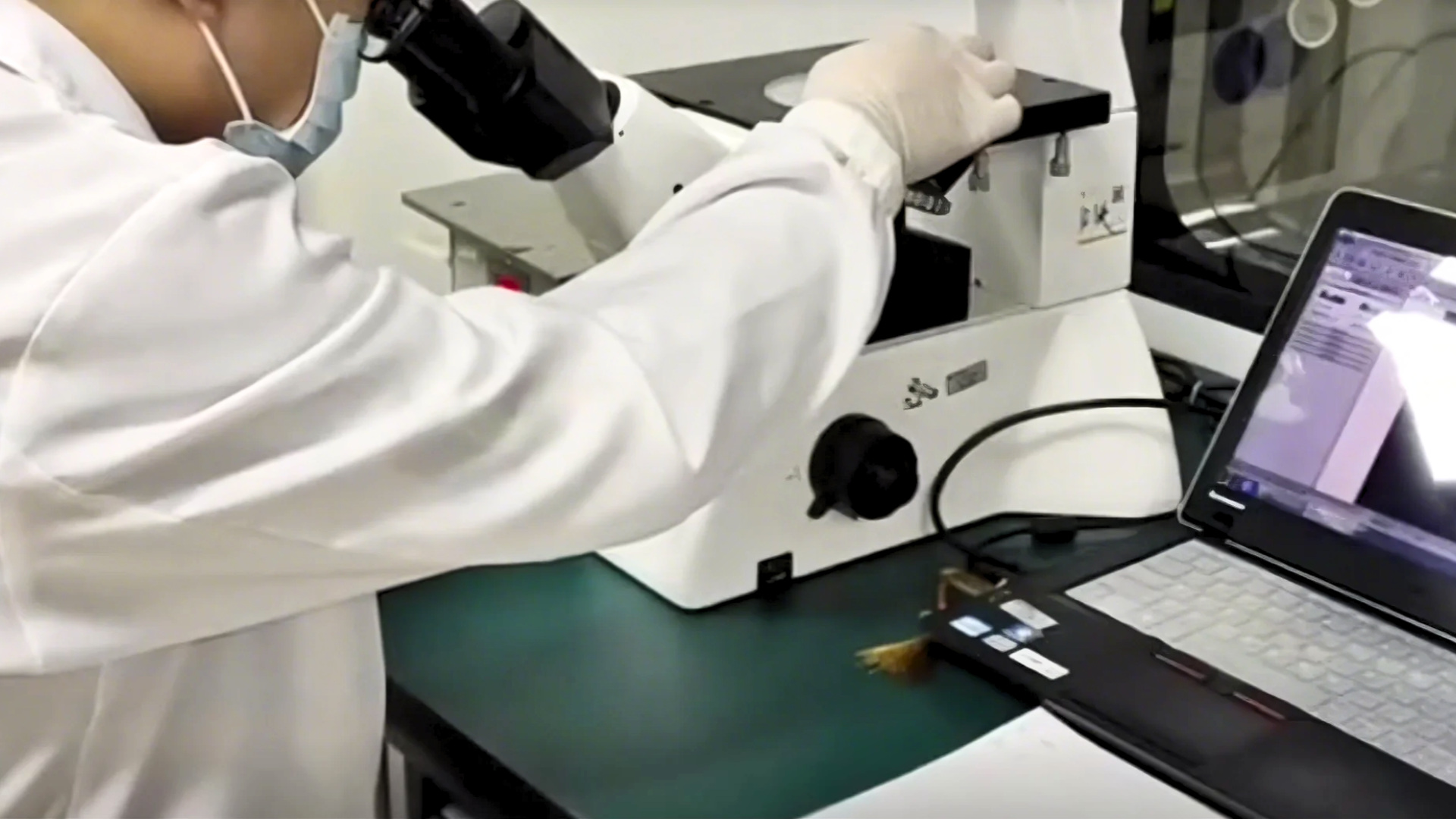Transport Mode
High-speed rail transportation
1. Shockproof foam box transportation.
2. Fix the insulated box on the car floor's anti-slip groove to avoid shifting during sudden braking or acceleration.
3. Express delivery after arriving at the high-speed railway station.
Reference Citation
pass over.
Scope of Application
The scientific research uses of islet cells mainly include the following:
Diabetes mechanism and therapeutic research: for analyzing the pathological mechanisms of type 1/type 2 diabetes, such as defective pancreatic β-cell function or insulin resistance, and developing cell replacement therapies (e.g., islet cell transplantation with stem cell differentiation).
Regenerative medicine and cell therapy: transform somatic cells into pluripotent stem cells through chemical reprogramming, and then differentiate them into functional islet cells to achieve a functional cure for diabetes, e.g., RGB-5088 injection of Ripchentron is able to get rid of insulin dependence through autologous cell transplantation.
Drug screening and toxicity assessment: as an in vitro model to test the effect of drugs on insulin secretion, glucose metabolism, or to assess drug nephrotoxicity (e.g. diabetic nephropathy research).
Metabolic regulation and signaling pathway research: to investigate the role of pancreatic islet α/β cells in glucose, fat and protein metabolism, as well as the regulation of cellular function maturation by pathways such as TGF-β, Wnt and ceramide metabolism.
Disease model construction: using primary islet cells or pluripotent stem cell-derived islet cells to construct in vitro models to simulate diabetes progression and complication mechanisms.
These studies not only advance the treatment of diabetes (e.g., clinical transplantation and functional cure), but also expand into the fields of metabolic diseases and drug development.
Due to biannual updates of our product instruction manual, the following procedures are for reference only.
The most recent version included with the product shall prevail.
II Reagents and Materials
- Rat pancreatic islet cells(Cat# LV-rPICs002)
- Resuscitation medium of islet cells
(Cat#LV-Rec001)
- Sustaining medium of islet cells(Cat# LV- rPICM001)
-D-hank’s solution
-0.25% trypsin-EDTA
- Biosafety cabinet
- Sterile centrifuge tube of 15 ml
- Pipette
- Thermostat water bath
- 37 °C/5% CO2 Incubator
- Non-TC-treated cell culture dish of 10 cm
- Wide-mouth pipette tip (The tip of a normal one is cut off and sterilized)
-Cell culture flask (plate)
-FDA/PI (fluorescein bis acetate/propidine iodide)
- GSIS kits
III Cell Resuscitation and Plating
1. Preheat resuscitation medium of islet cells and sustaining medium in thermostat water bath of 38 °C for 20 min.
2. In a biosafety cabinet, add 10 mL of resuscitation medium of islet cells to a non-TC-treated cell culture dish of 10 cm and set it aside
3. Quickly transfer the frozen rat islet cells from the refrigerated position to the thermostat water bath of 38 °C. Immerse them as much water as possible in 38 °C and rotate clockwise to thaw for 90 to 120s until only a small piece of crushed ice floats in the freezing tube. Make ensure that the lid remains above the water.
4. Disinfect the freezing tube with 75% alcohol and transfer it to a biosafety cabinet.
5. Aspirate the cells with a wide-mouth pipette tip and dropwise add to the Non-TC-treated cell culture dish of 10 cm with preheated 10 mL of sustaining medium of islet cells. (Note: Residual cells on the freezing tube and pipette tip, they can be washed with resuscitation medium. Then, combine it into a non-TC-treated cell culture dish of 10 cm
6. Gently shake the cell culture dish back and forth for 2-3 times and then leave it at room temperature for 30 min.
7. Take an appropriate amount of cells with FDA/PI staining to observe the survival of islet cells.
8. The cells obtained from step 7 should be treated appropriately according to the experimental requirements. The following processing is for reference only).
a. Islet cells: Treat with 20 μL tips to pick up well-integrated islet cells under the stereo microscope.
a.1 Insulin secretion experiment under glucose stimulation (GSIS): see the instruction of the GSIS kit for specific procedures.
a.2 Islet cell culture: Choose different sizes of cell culture flask/ plate, according to the experimental requirements. If adherent culture is required, select the TC-treated cell culture flask (plate). If suspension culture is required, select non-TC-treated cell culture flask (plate). The culture density of islet cell is recommended at 10 to 20/mL of sustaining medium of islet cells. Half a dose of solution should be changed in 3 to 4 days, and a full amount of it should be changed once every 7 days. Different components can be added to sustaining medium of islet cells according to specific experimental requirements.
a.3 Islet cell transplantation:According to the needs of different receptors and transplant sites or experimental requirements, pick islet cells of Islet equivalent quantity (IEQ). And transplant them into specific transplant sites of the specified receptors. The recipient's blood glucose changes and physical condition should be monitored and recorded daily.
b. Islet single cell:
b.1 Collect islet cells from step 7 into a 15 mL centrifuge tube and centrifuge of 500 × g at room temperature for 5 min. Discard the supernatant completely. Then resuspend with 5 mL of preheated D-hank's solution and centrifuge of 500 × g at room temperature for 5 min. Completely discard the supernatant again.
b.2 Add 10 to 20 times the volume of cell pellet 0.25% trypsin-EDTA digestion solution to resuspend and incubate at 37 °C for 5 min. Then gently blow away for 30 s with a 200 μL tip in a biosafety cabinet. Incubate further at 37 °C for 3 min and blow for 30 s until the clumps of islet cells are not visible to the naked eye (Note: The total digestion time should be within 20 min to avoid low cell activity).
b.3 Add 5 times the digestion of the sustaining medium to stop digestion. Centrifuge of 500 × g at room temperature for 5 min, completely discard the supernatant, and resuspend the sustaining medium in an appropriate amount.
b.4 Cell survival and total cell volume of cell can be measured by trypan blue exclusion.
b.5 According to the experimental requirements, islet single cells can be treated. Islet single cells should be cultured according to 5 to 10×104/mL islet cells to maintain the density of the medium. And take the adherent culture.





